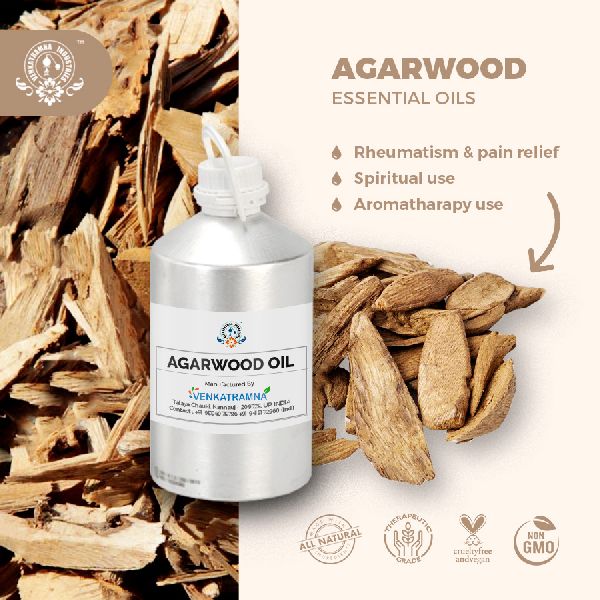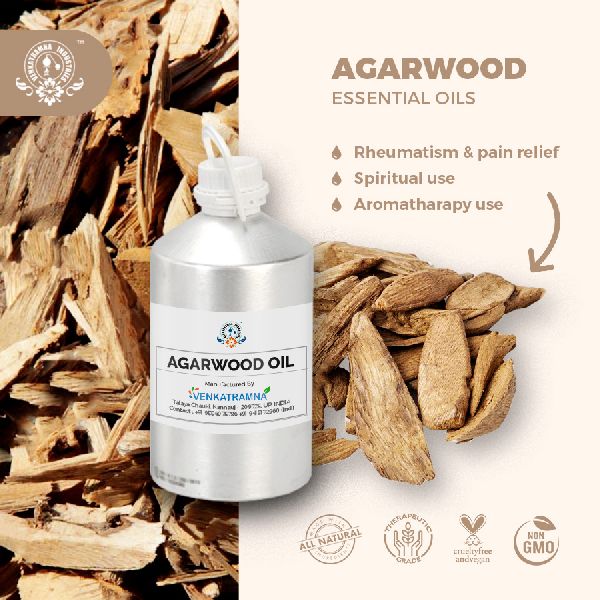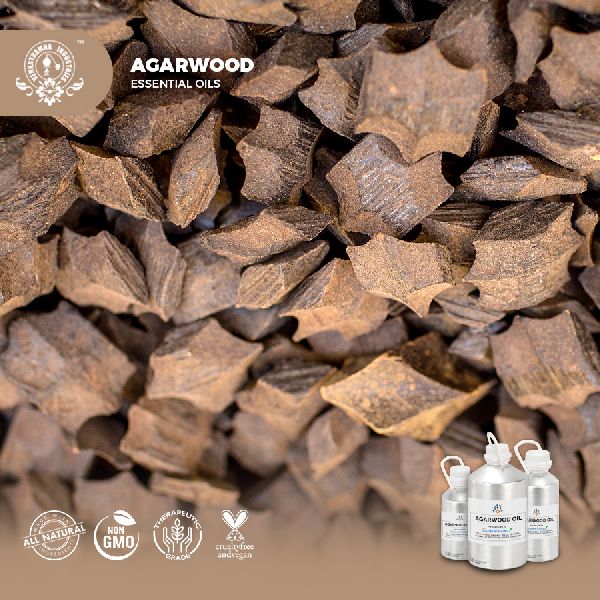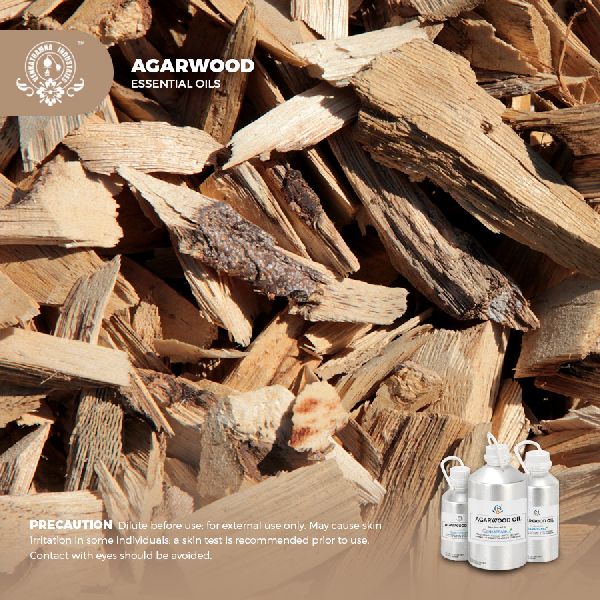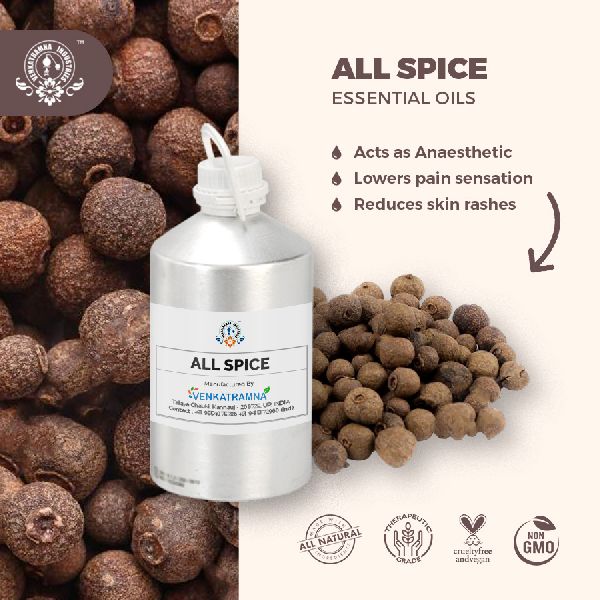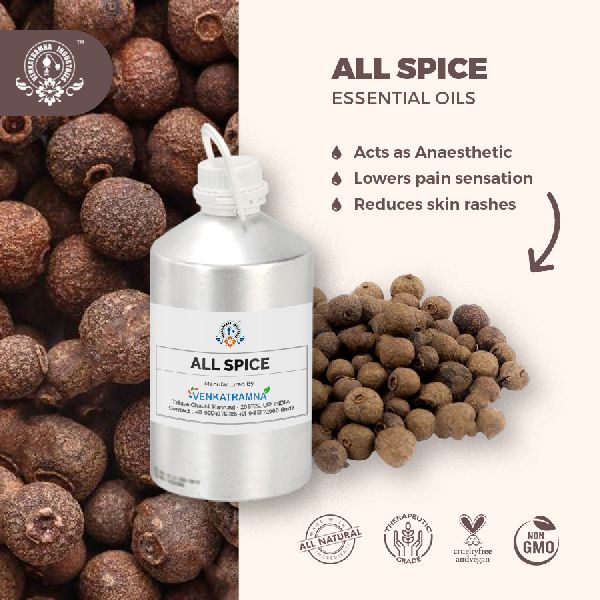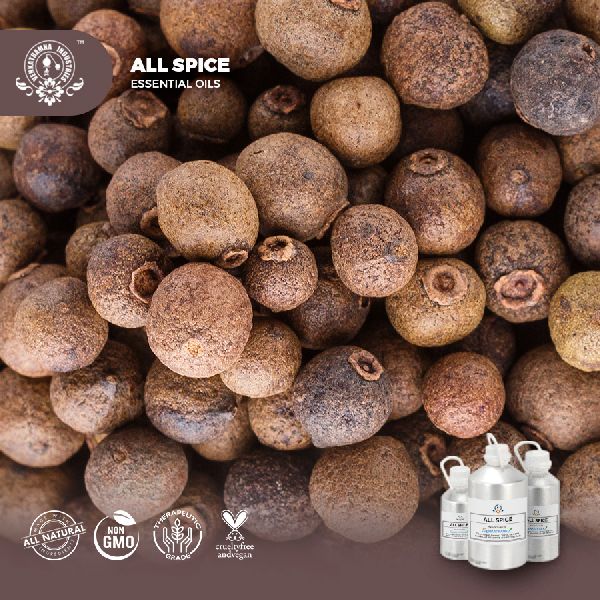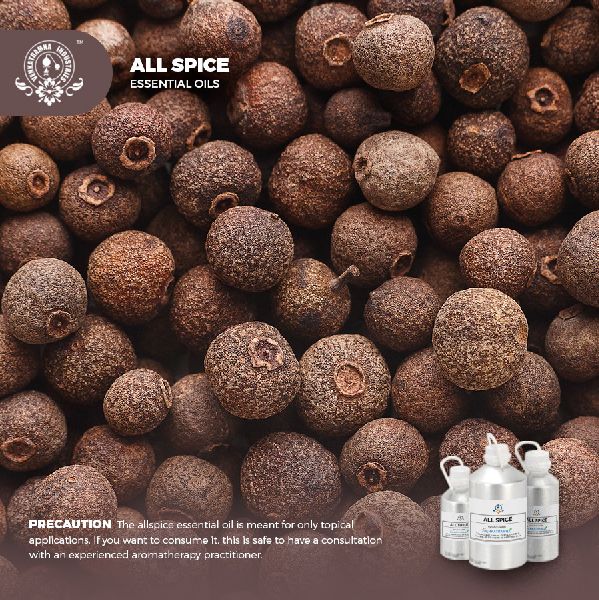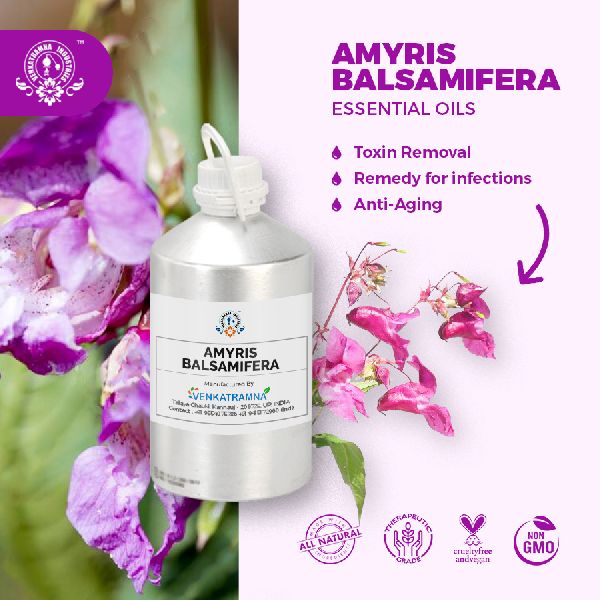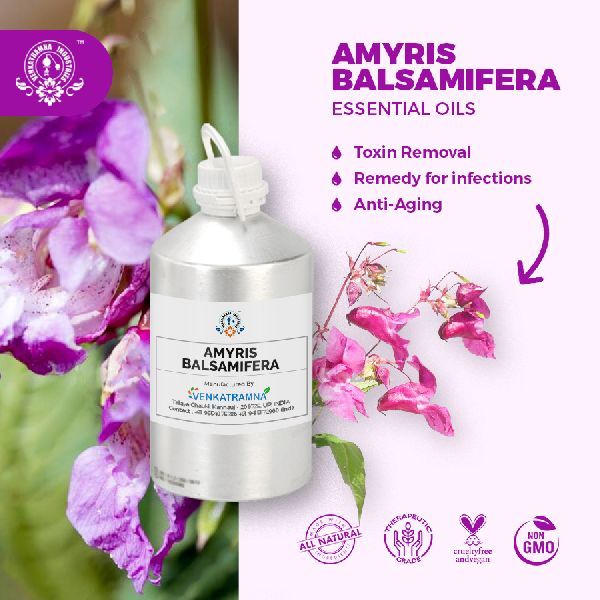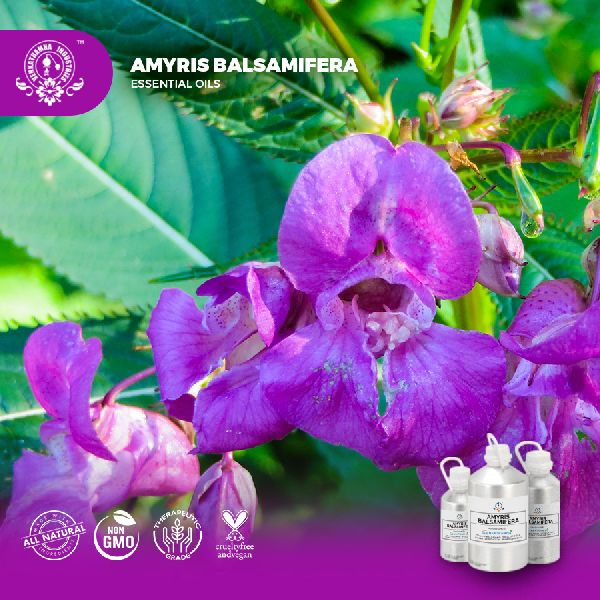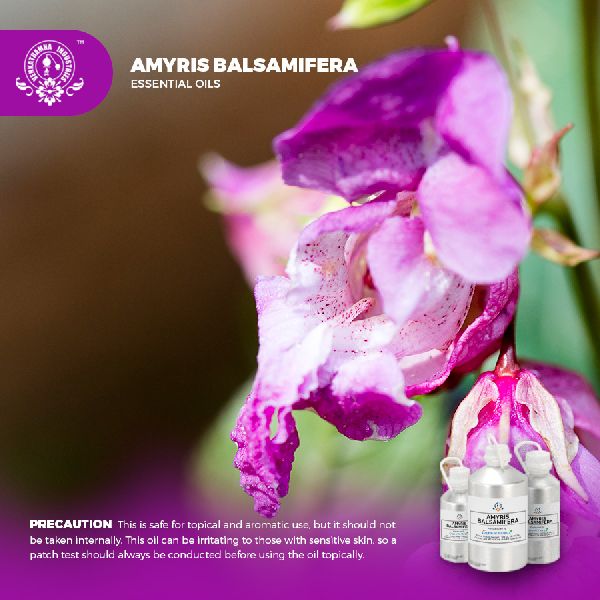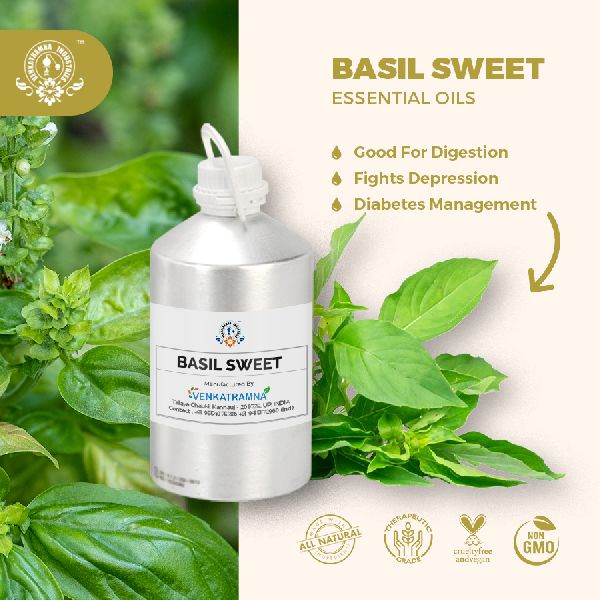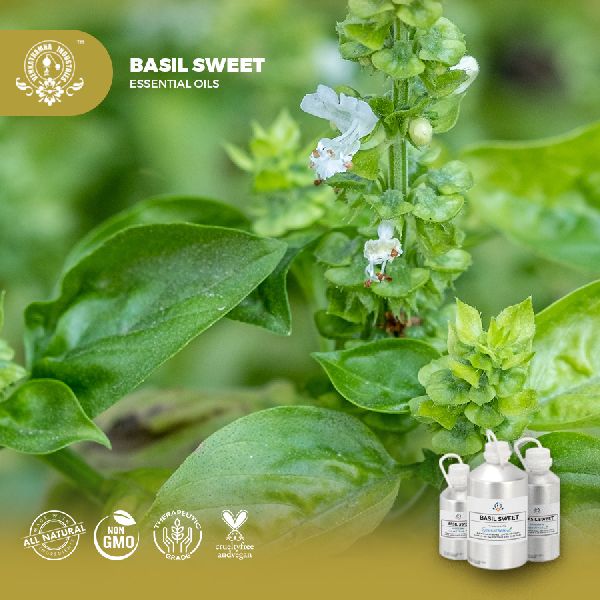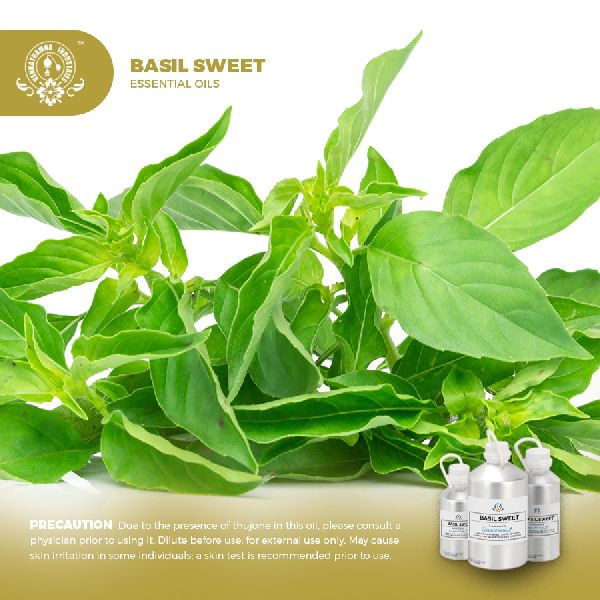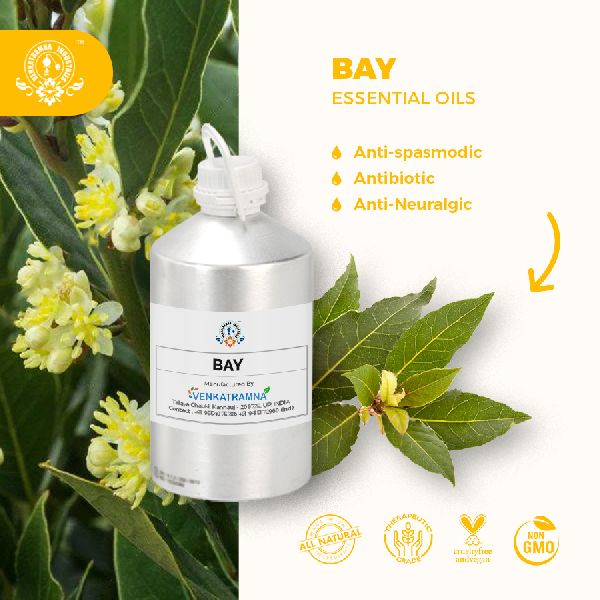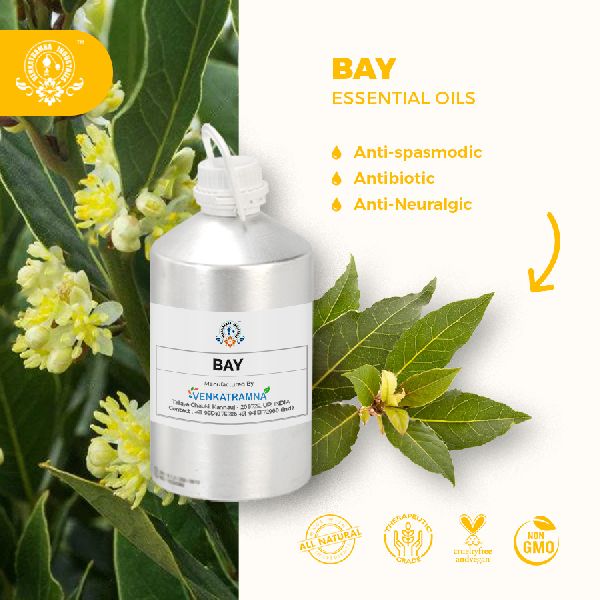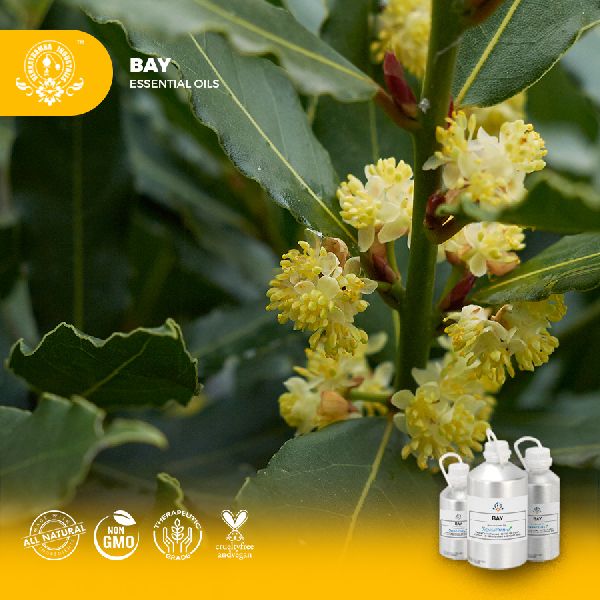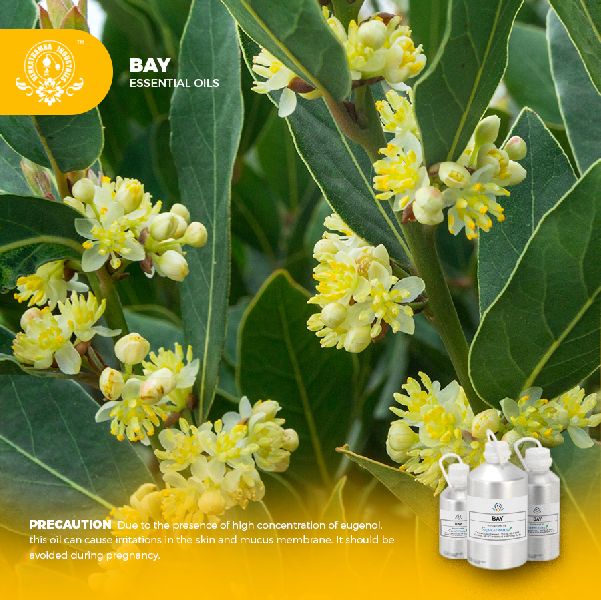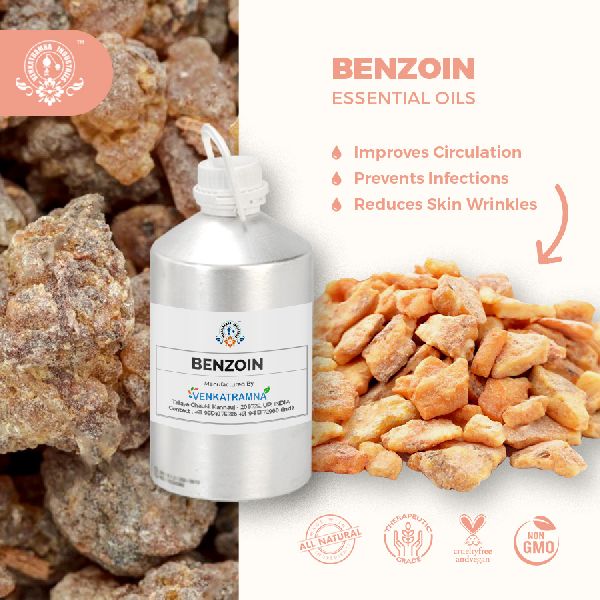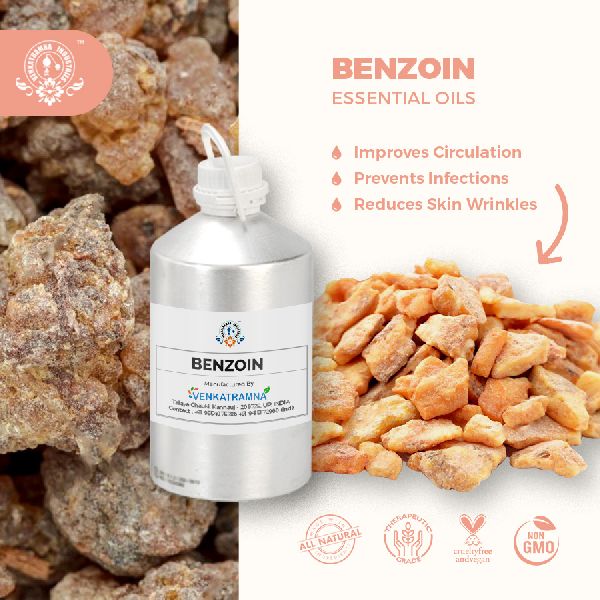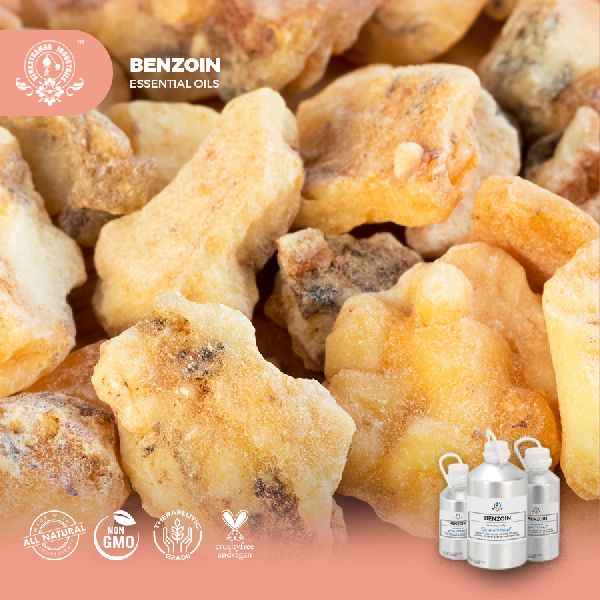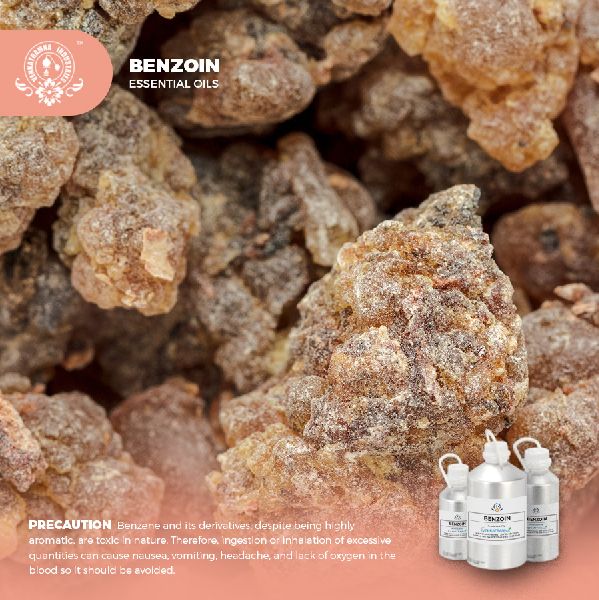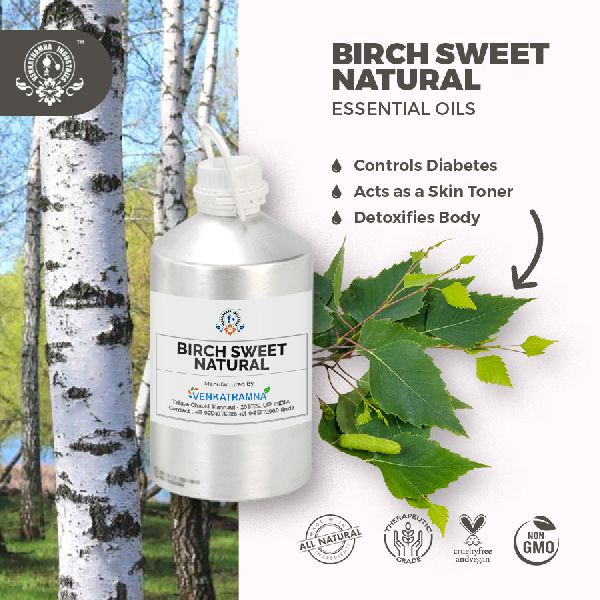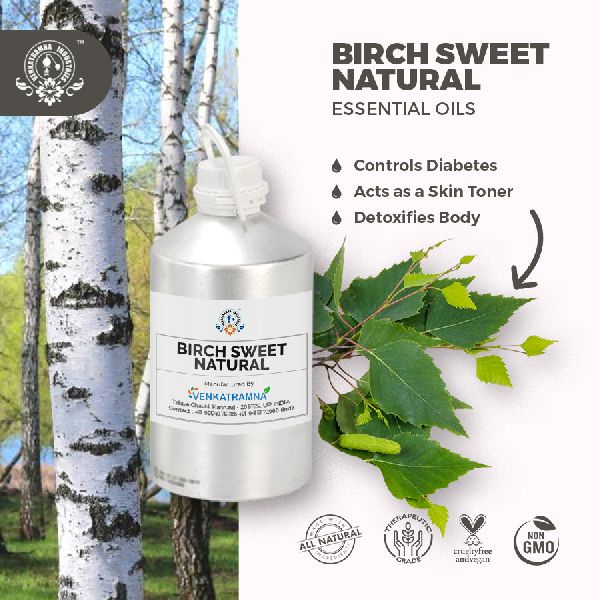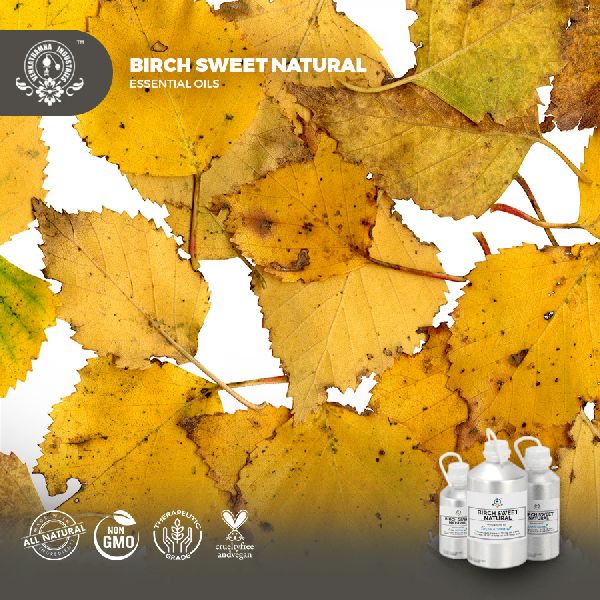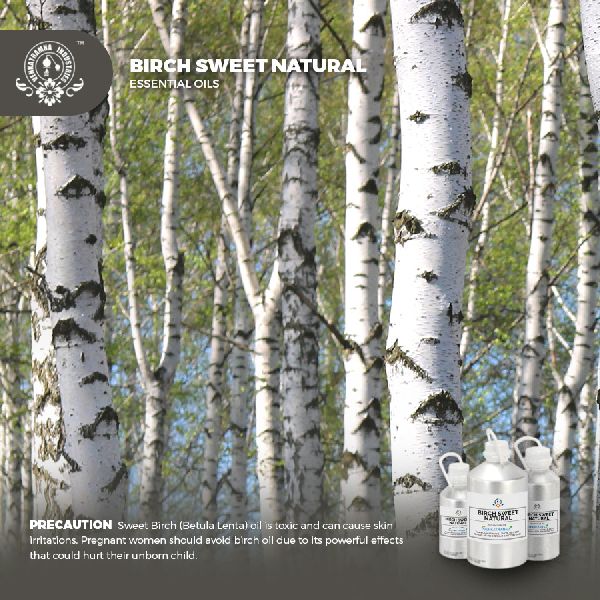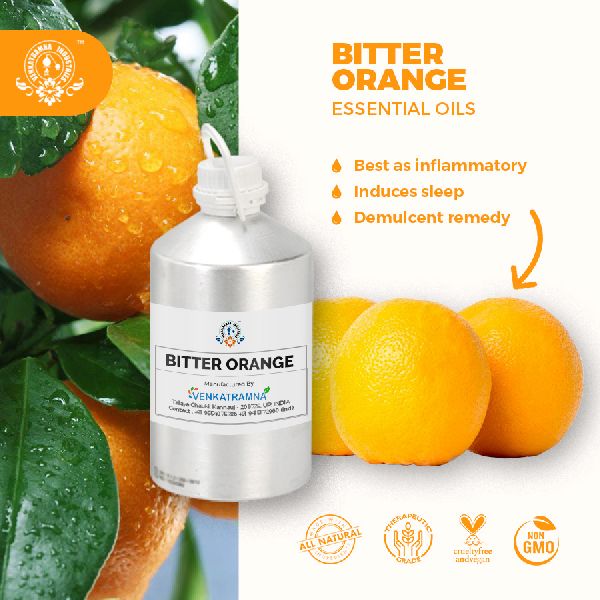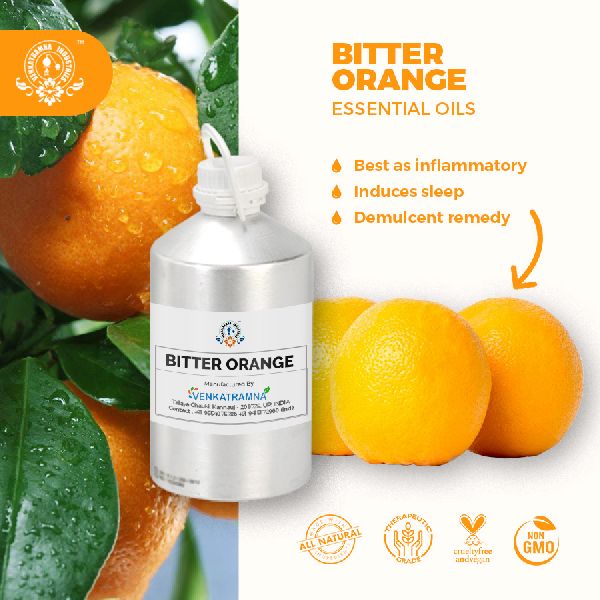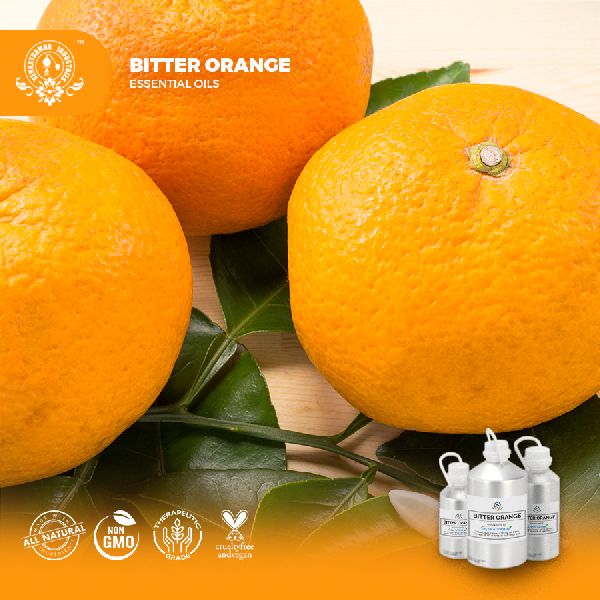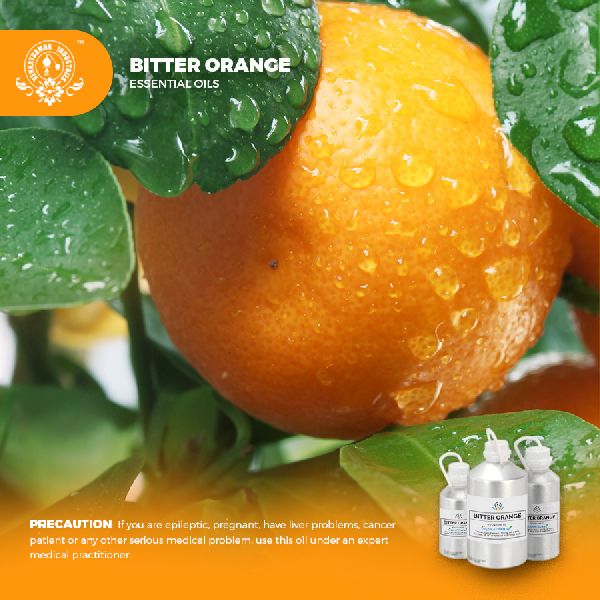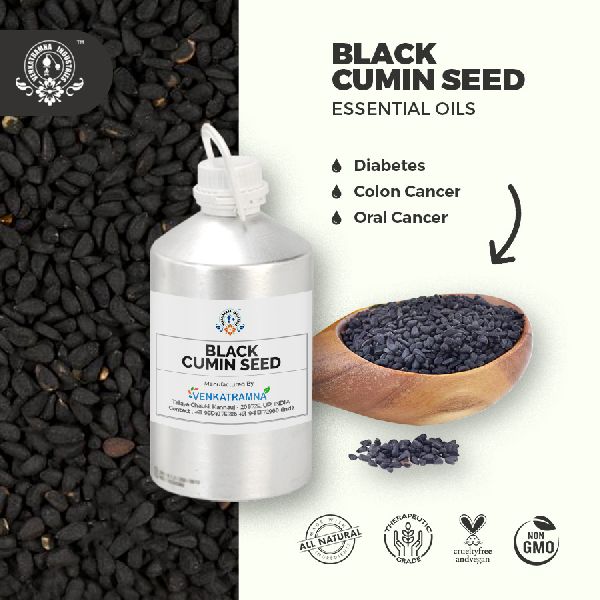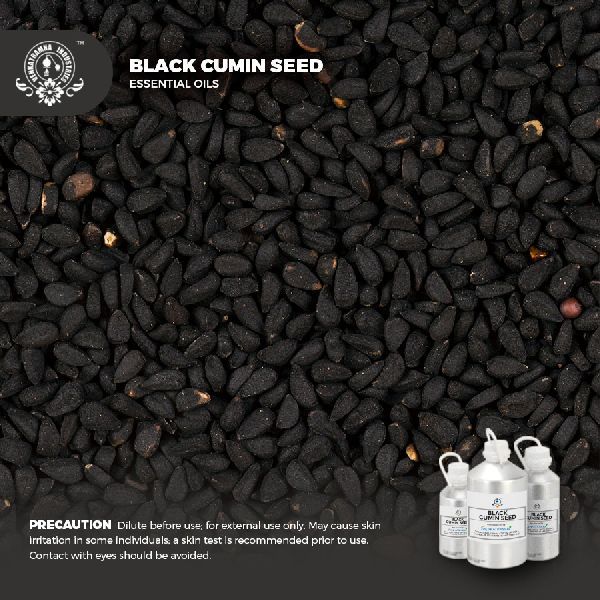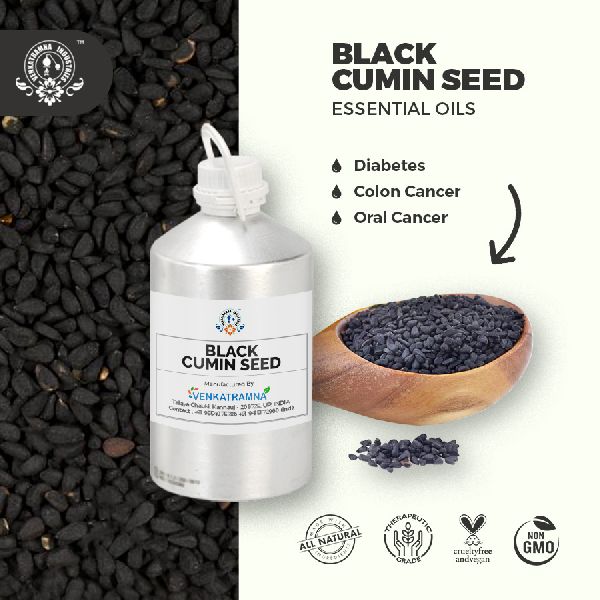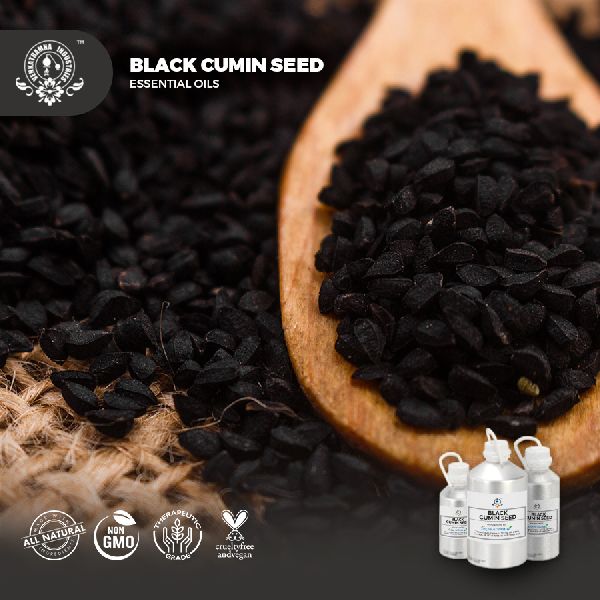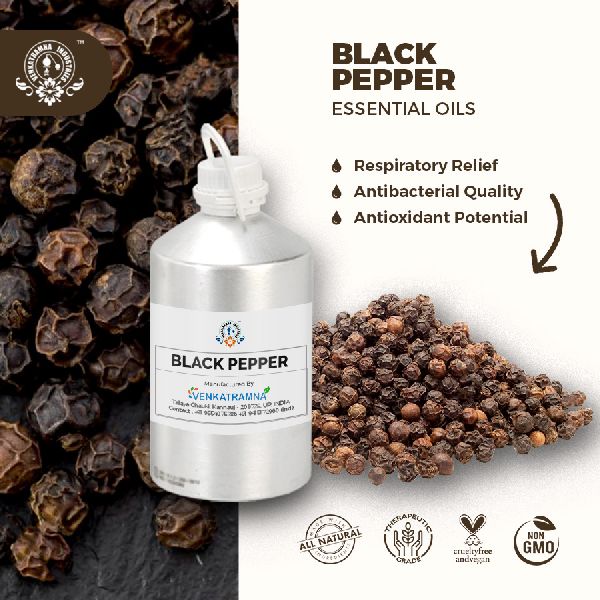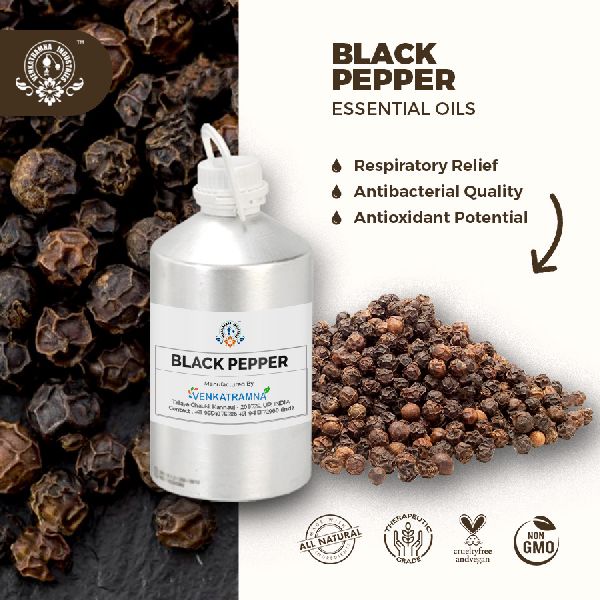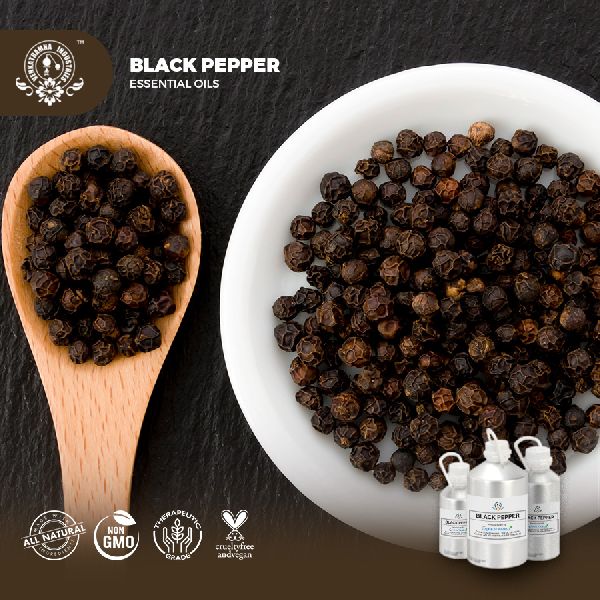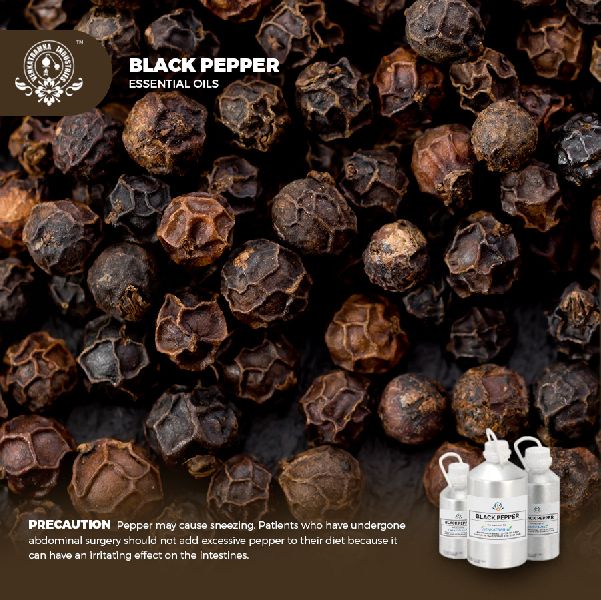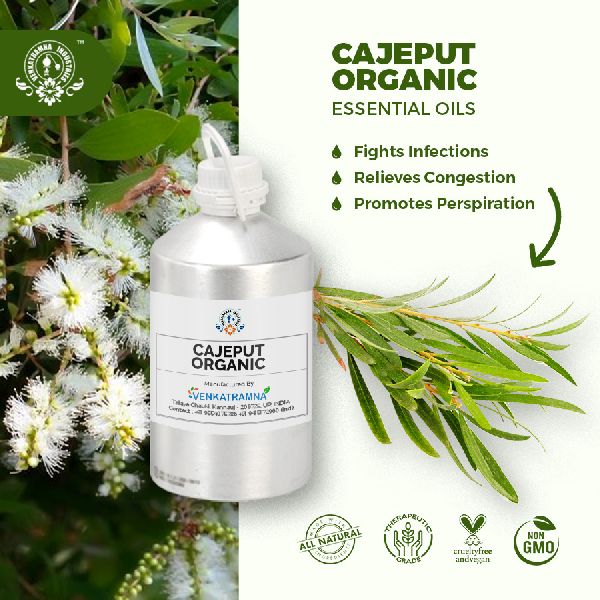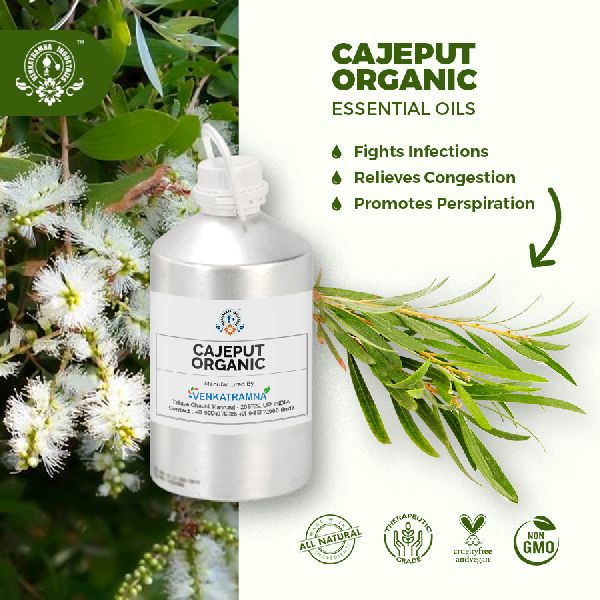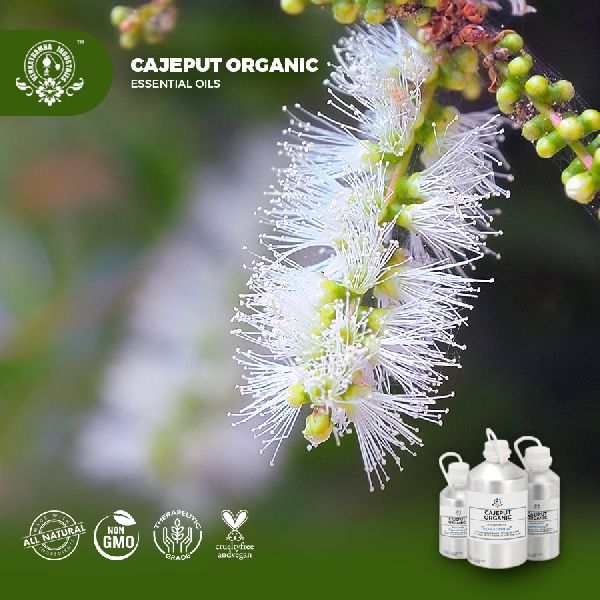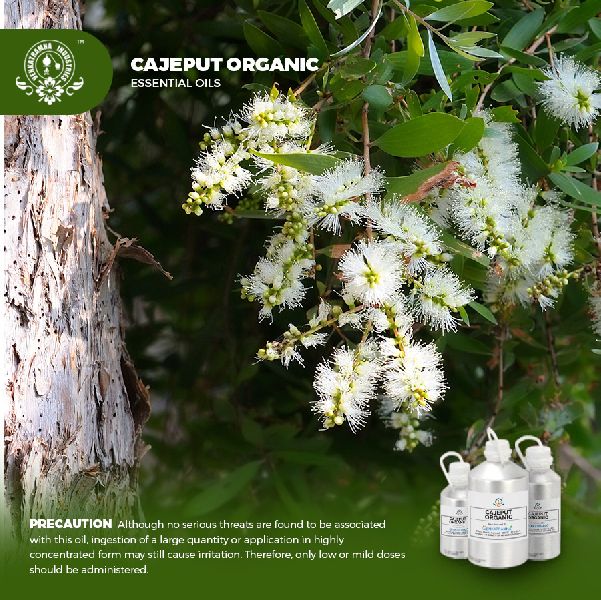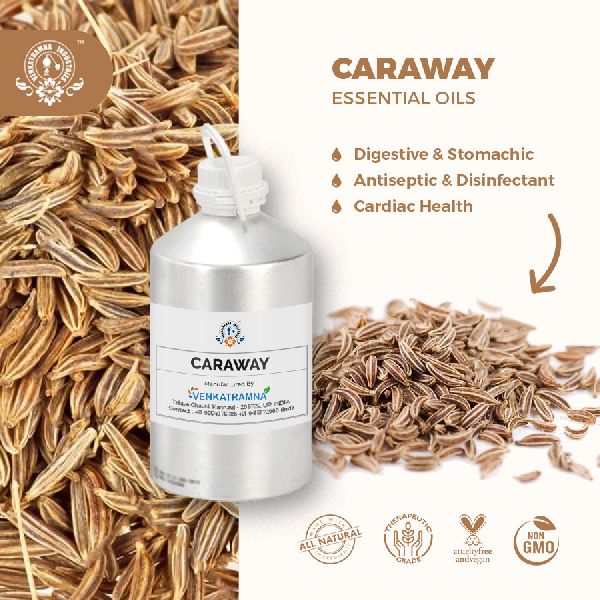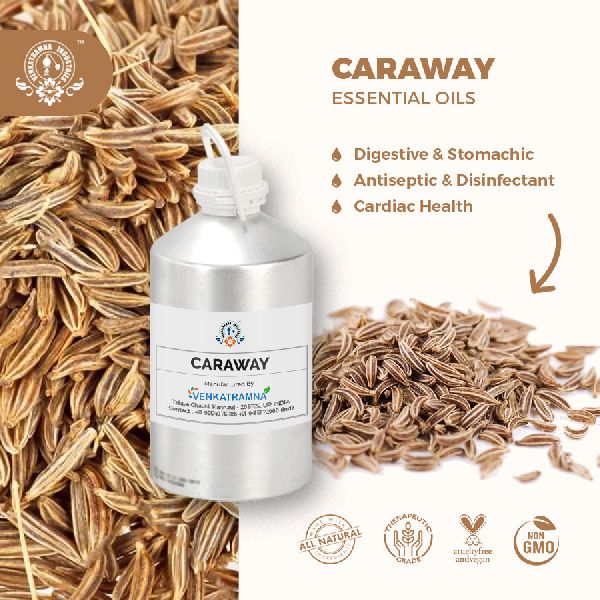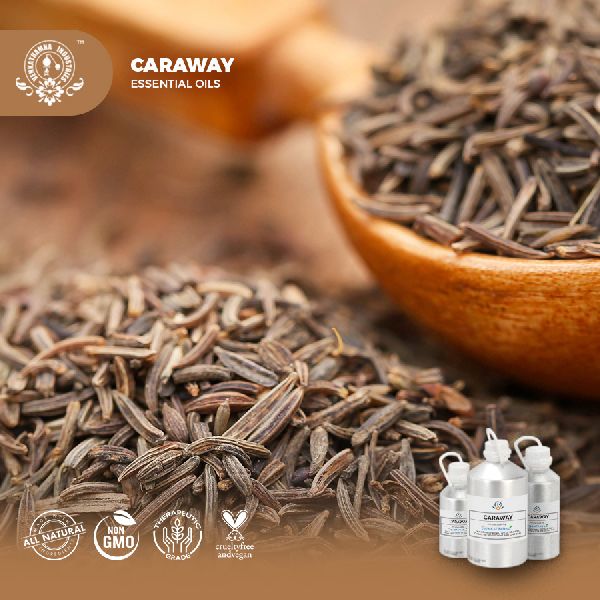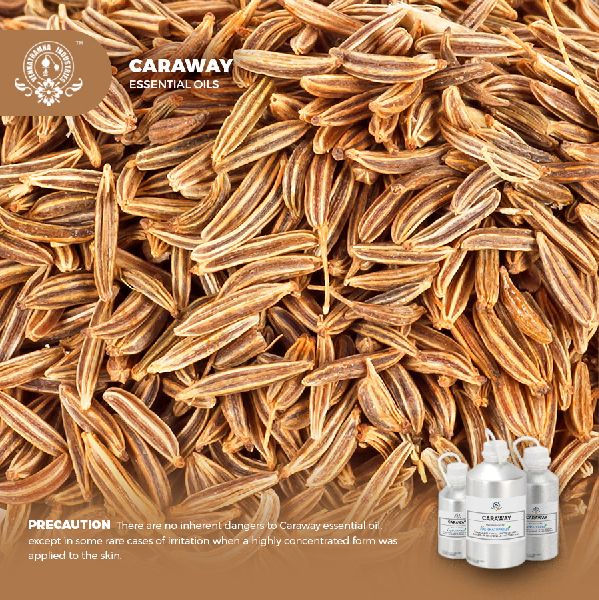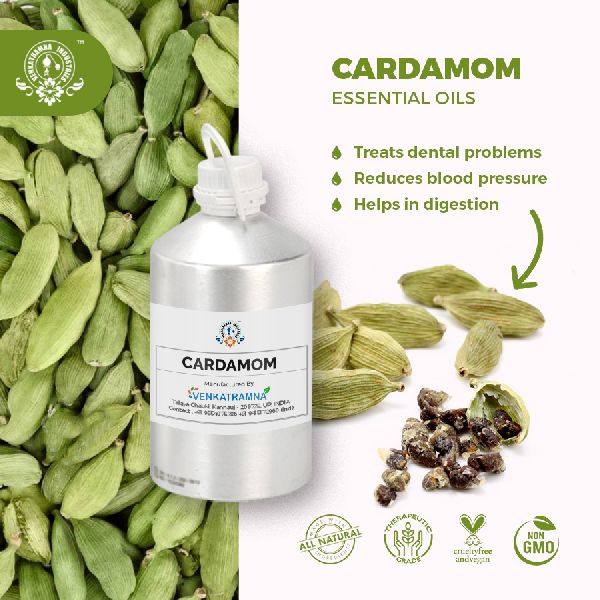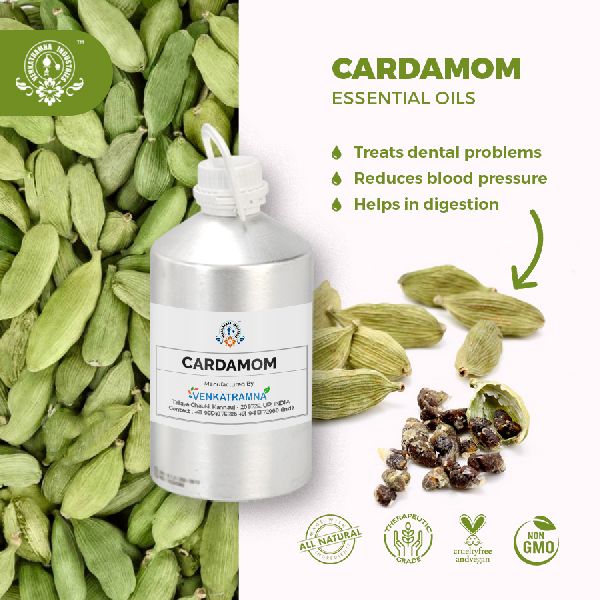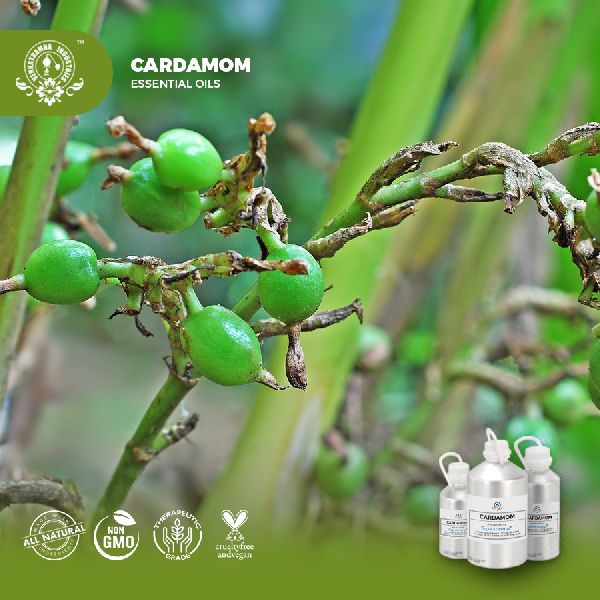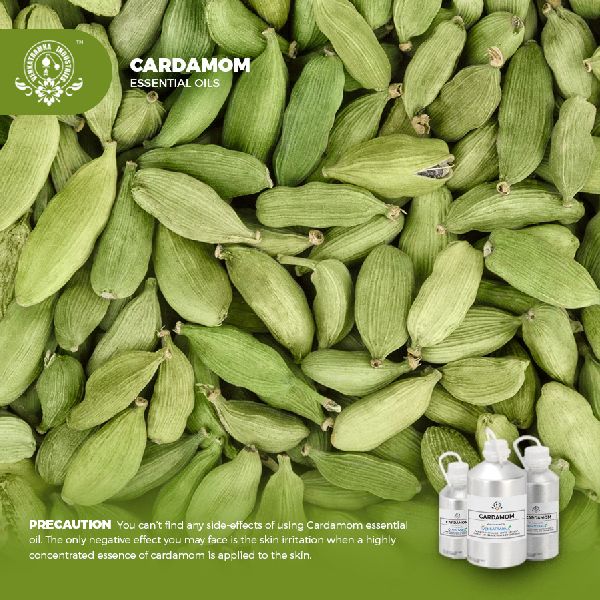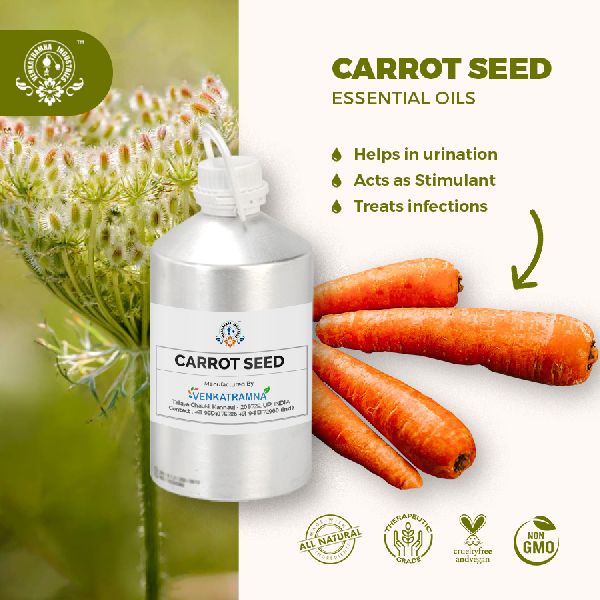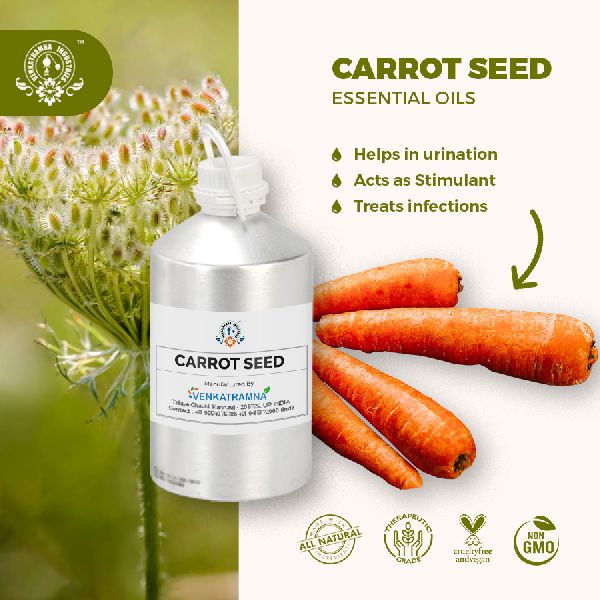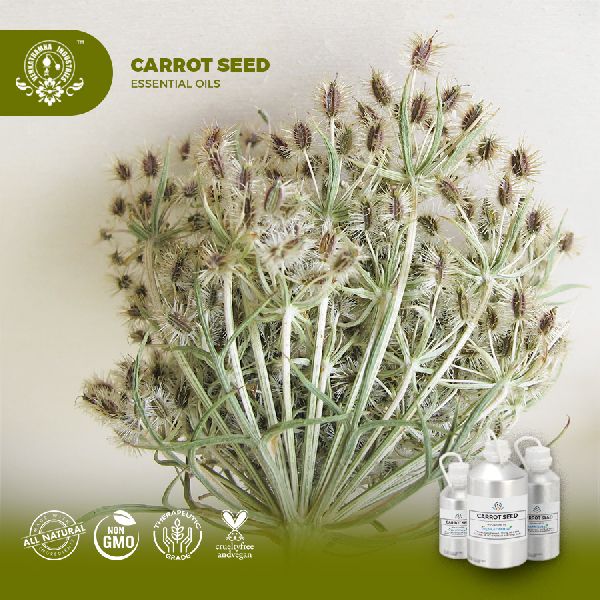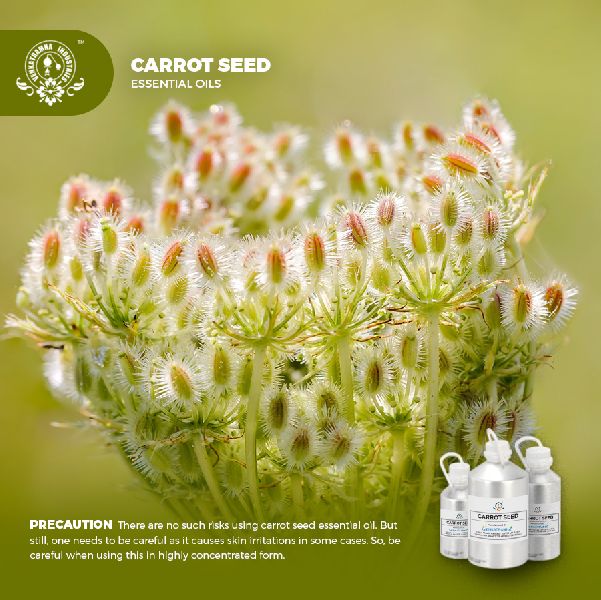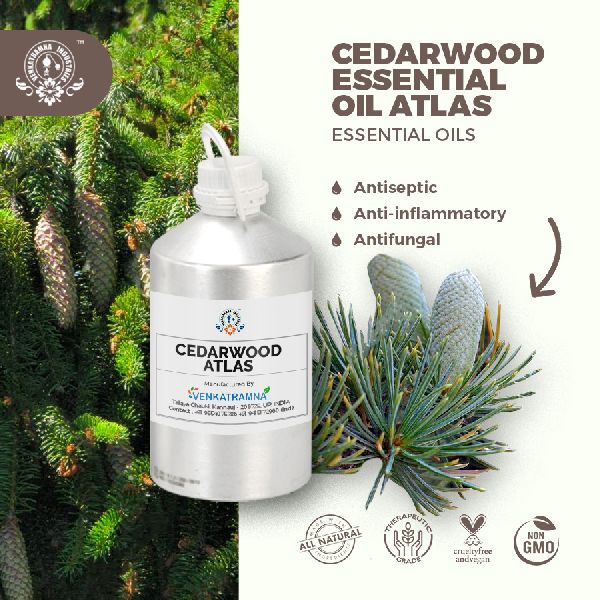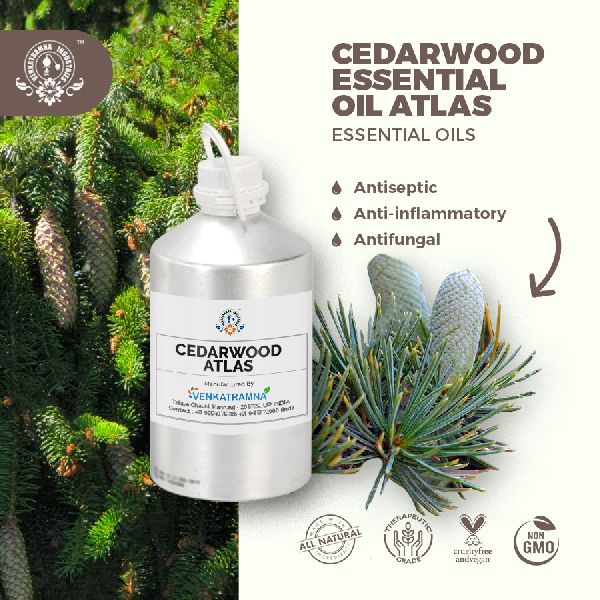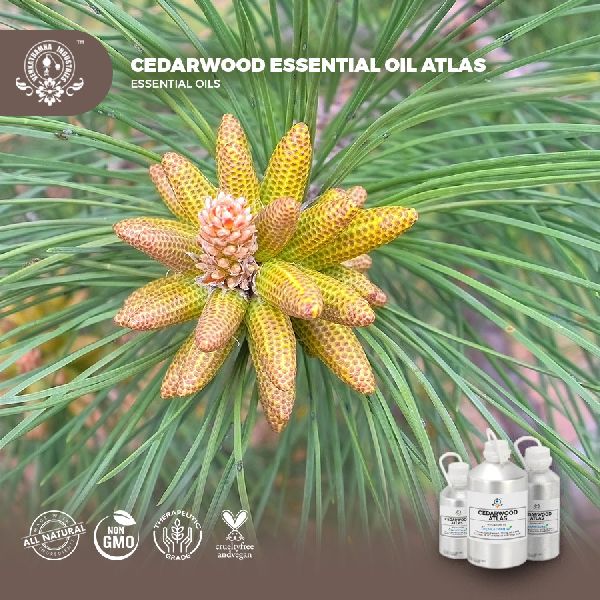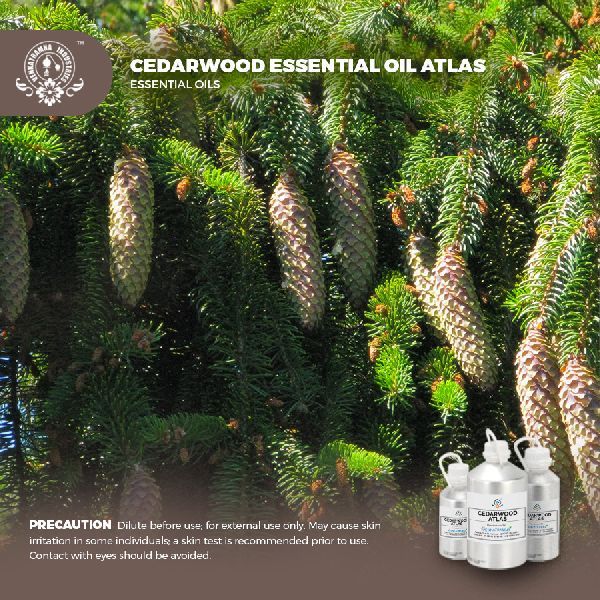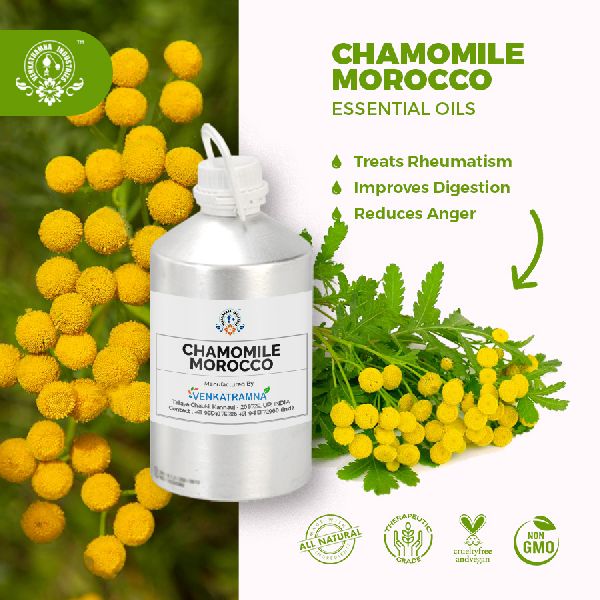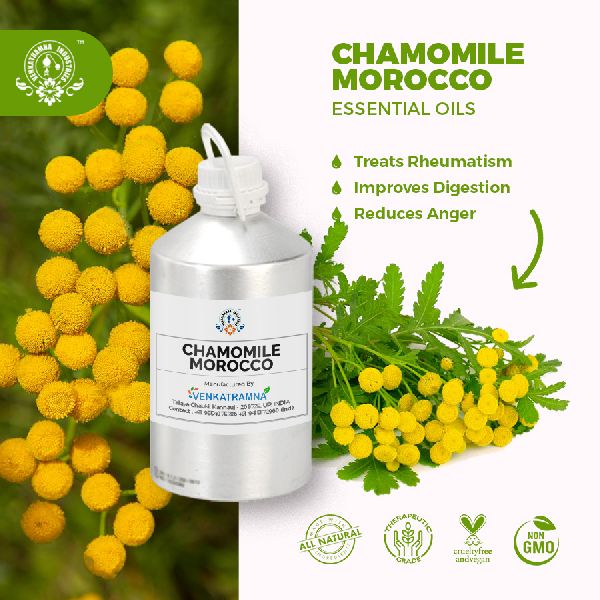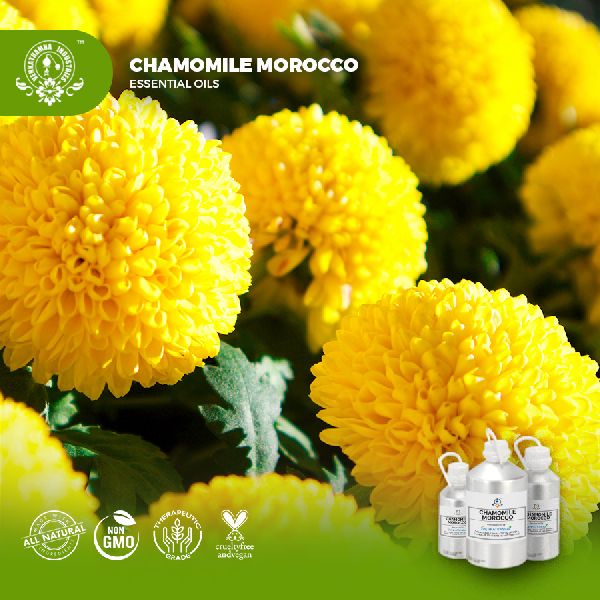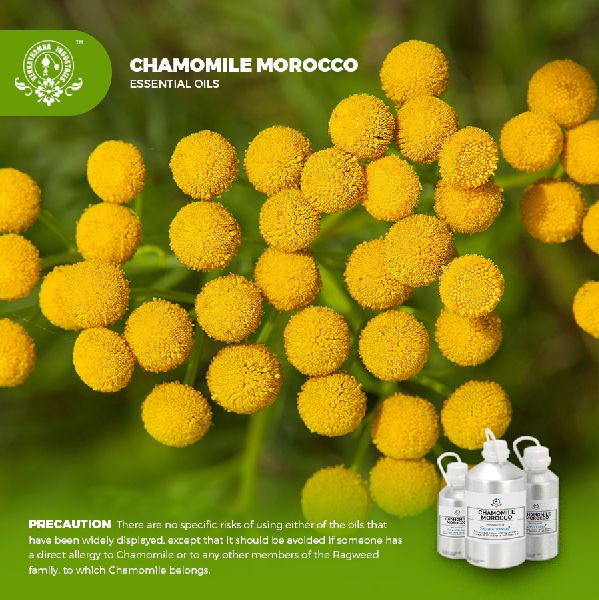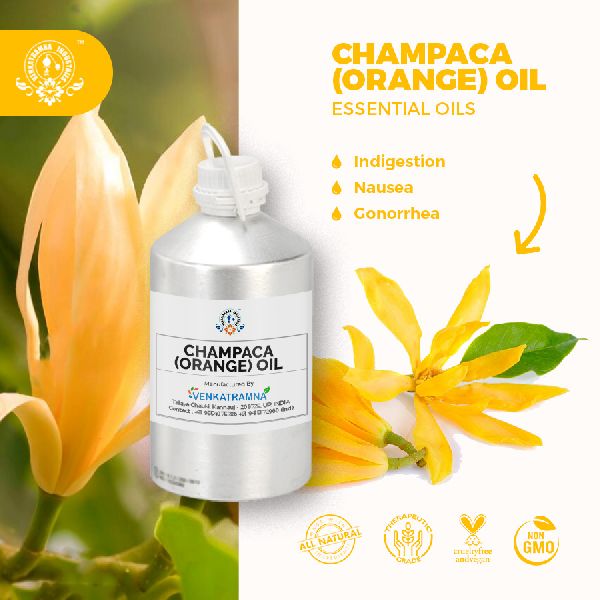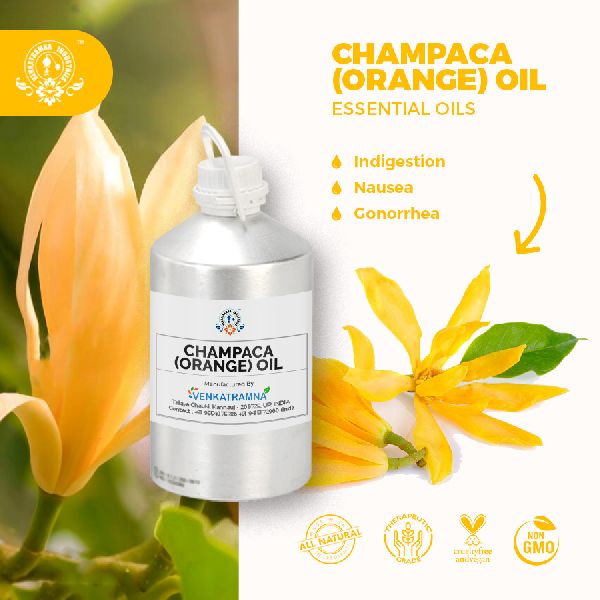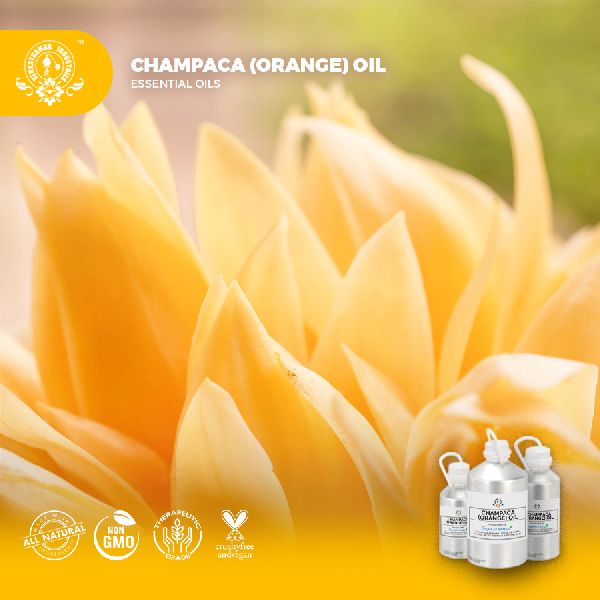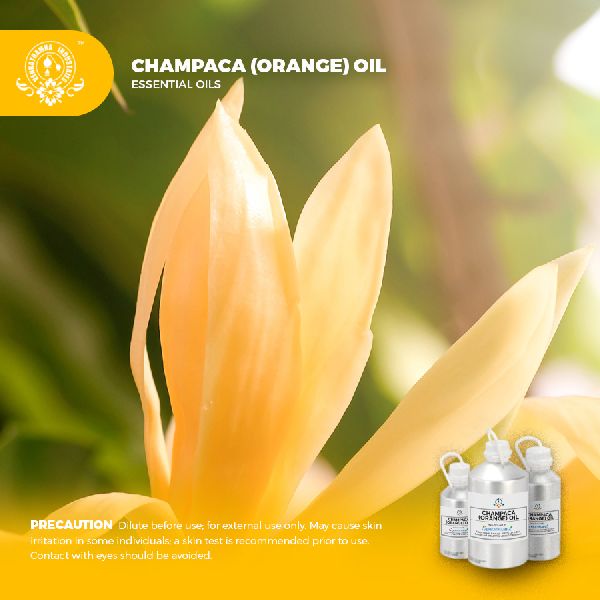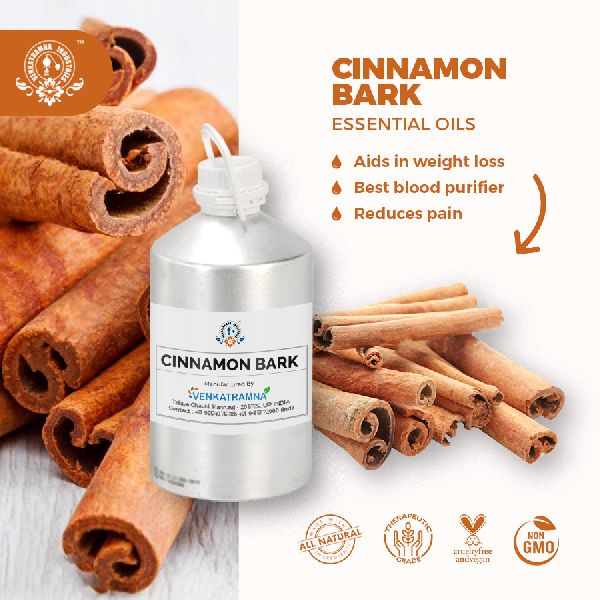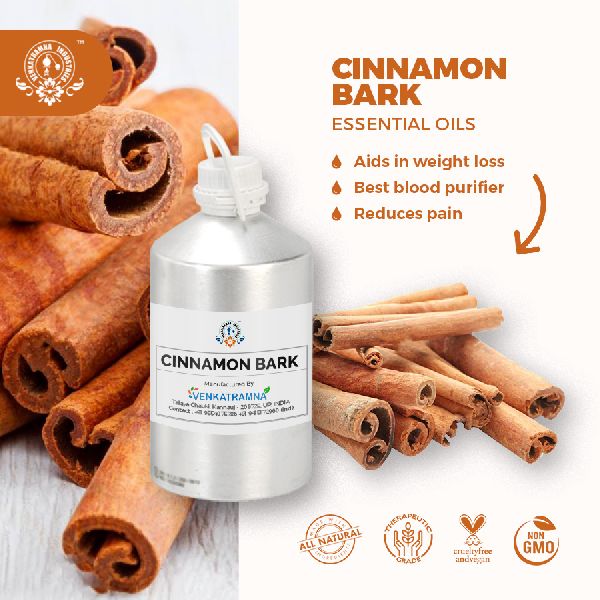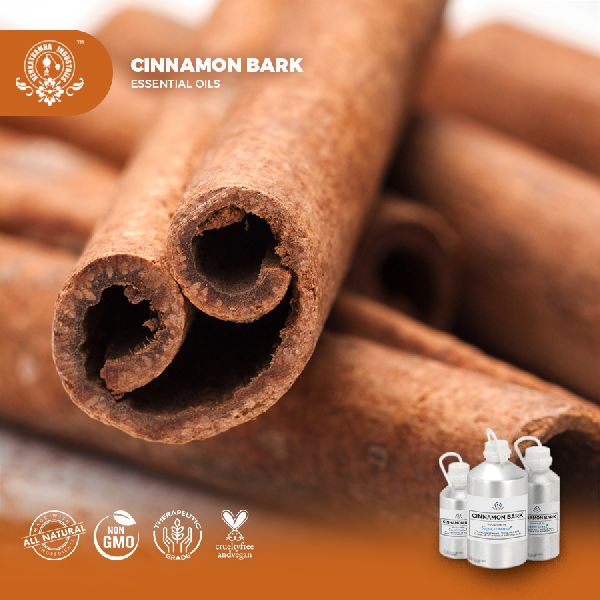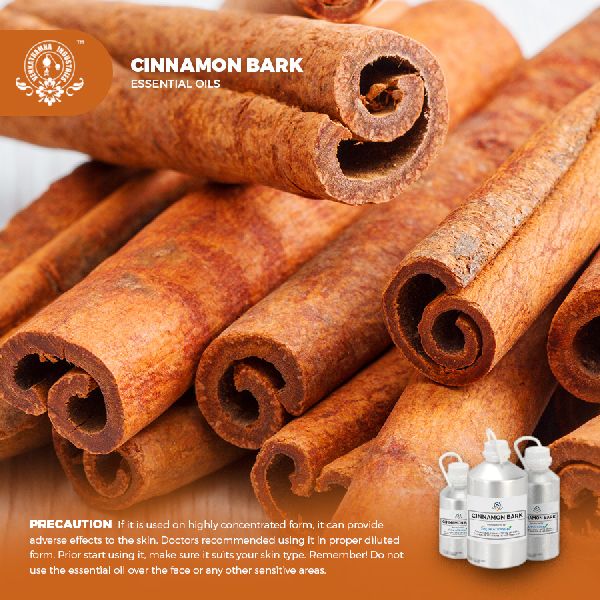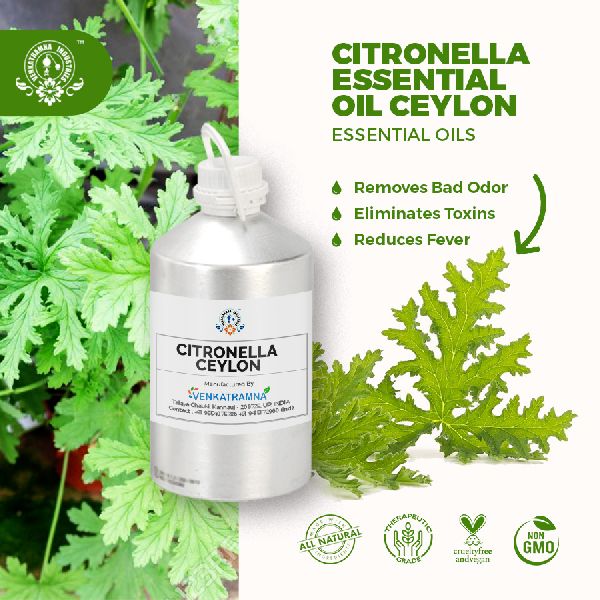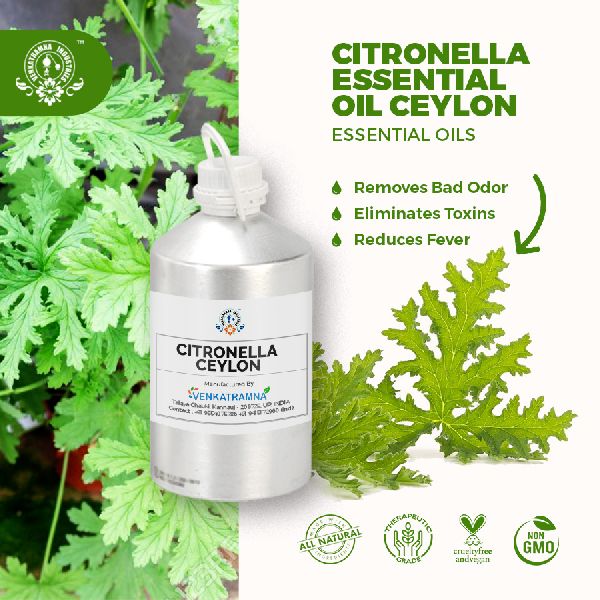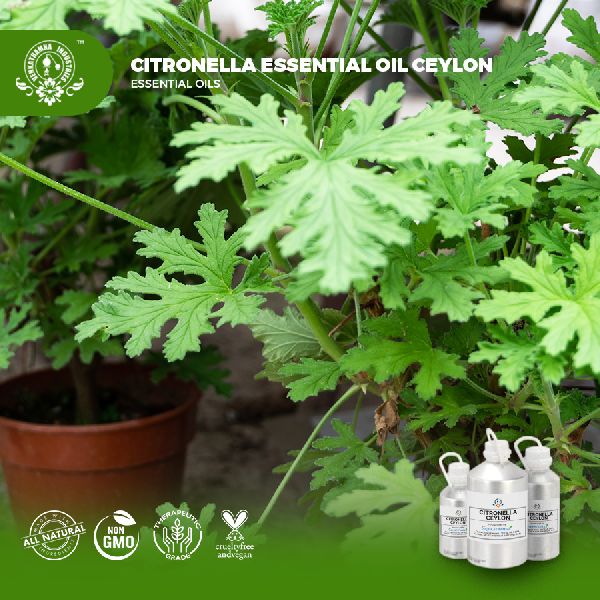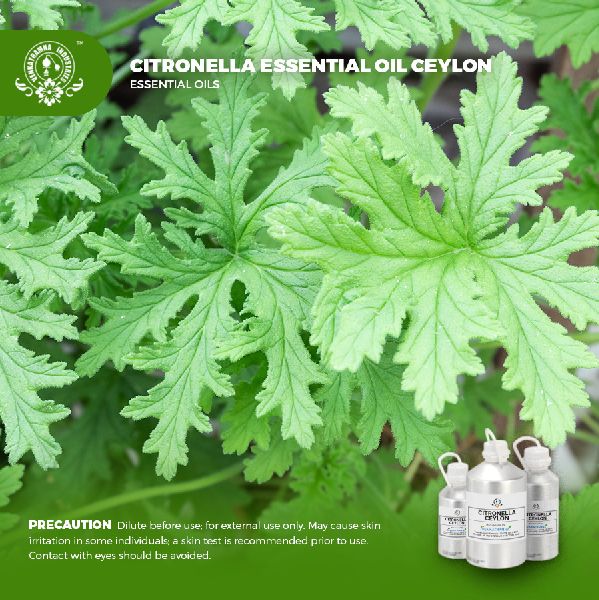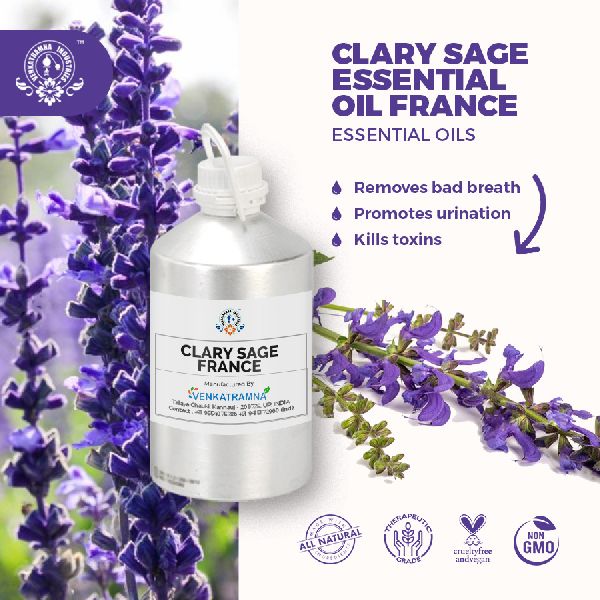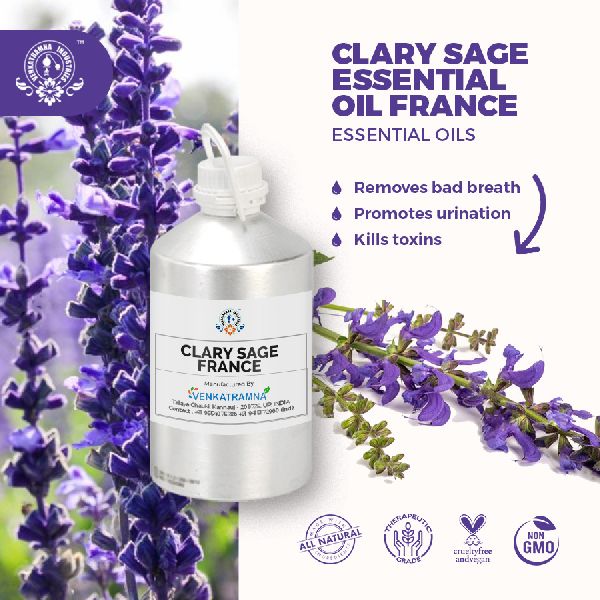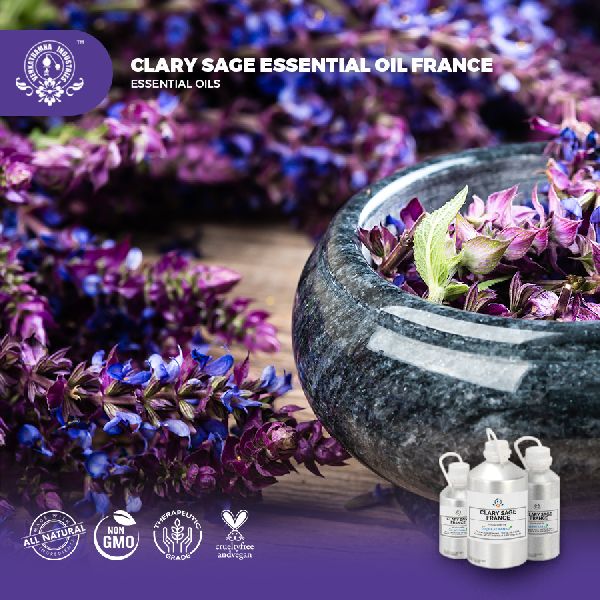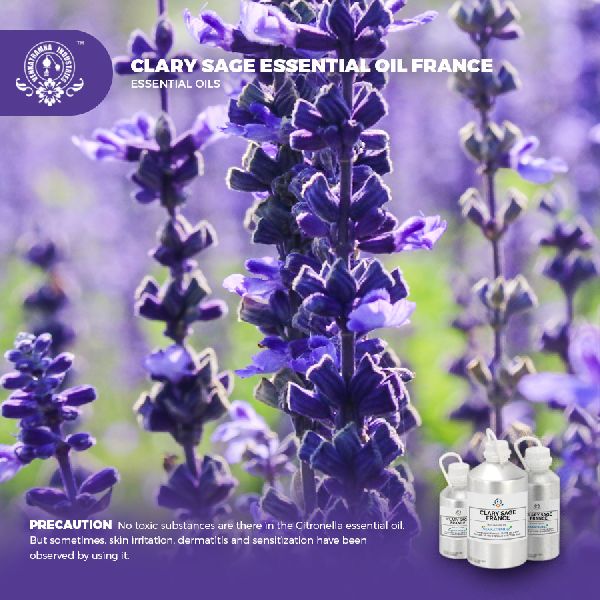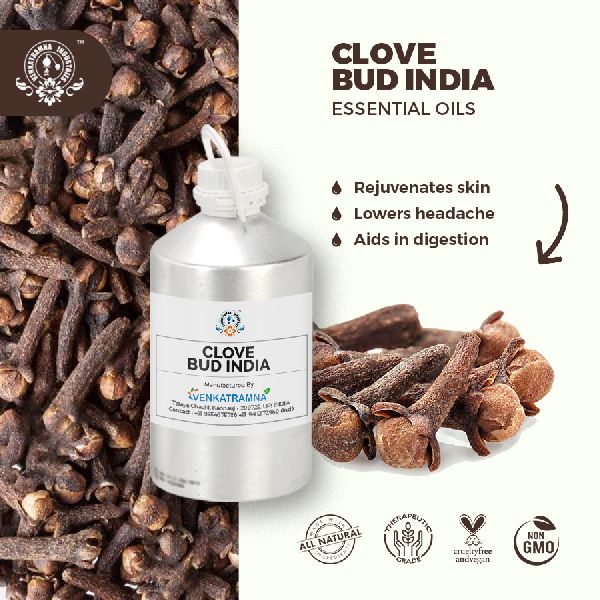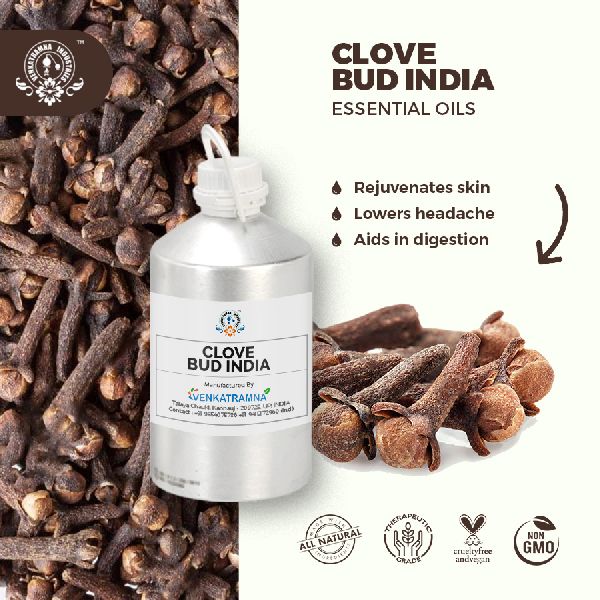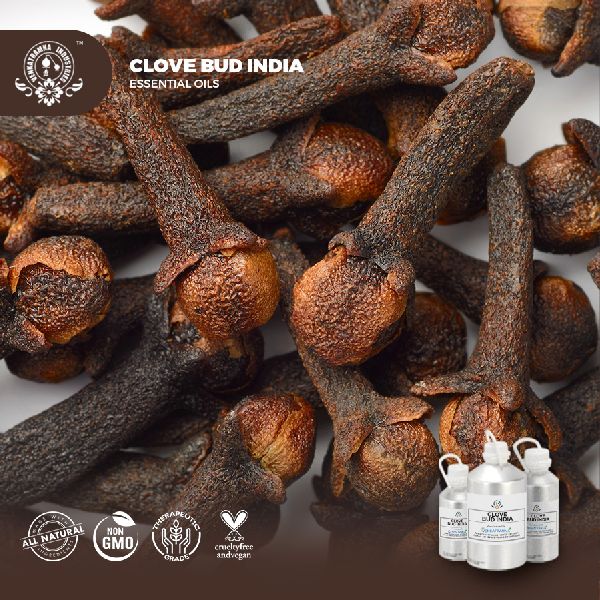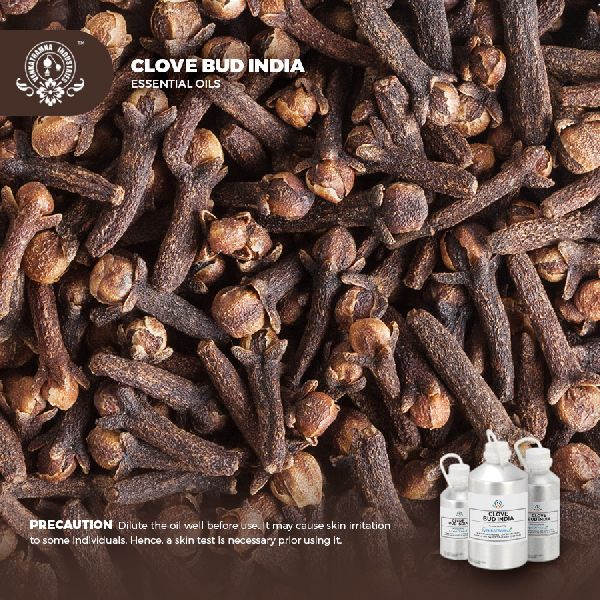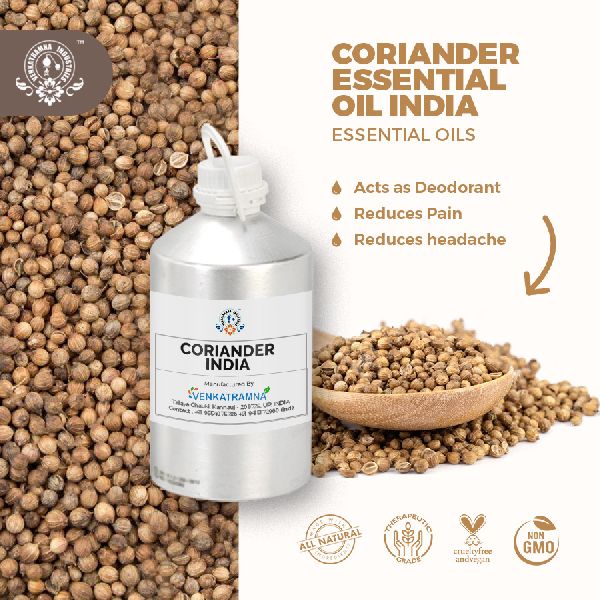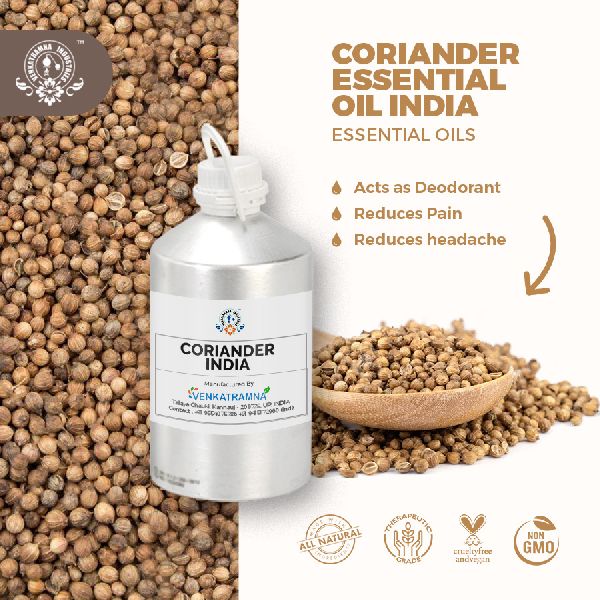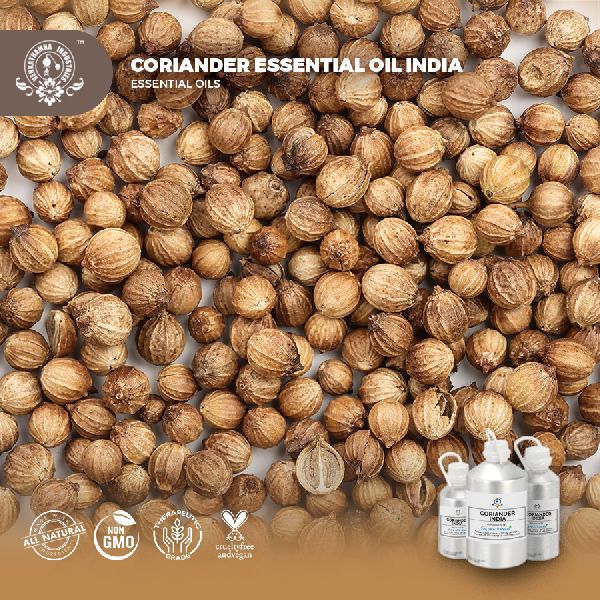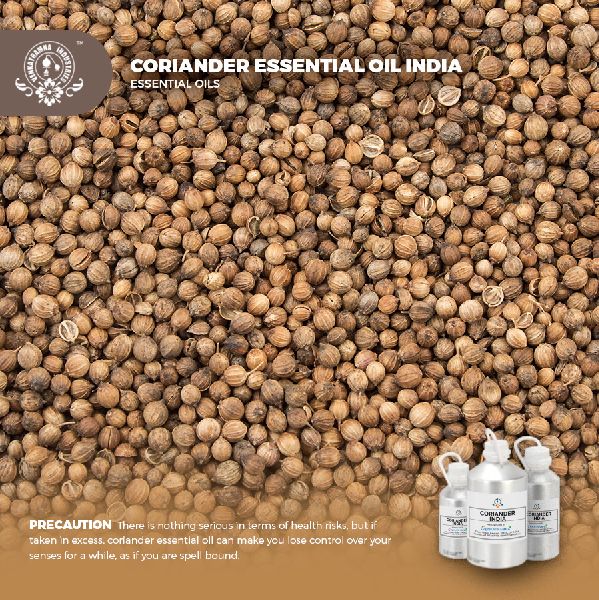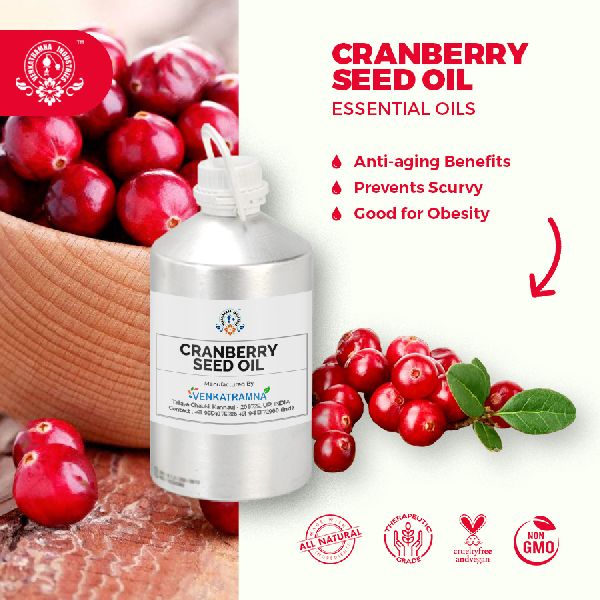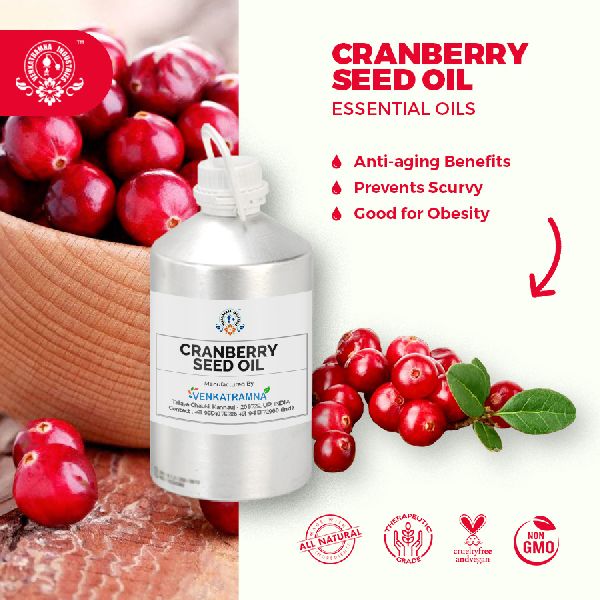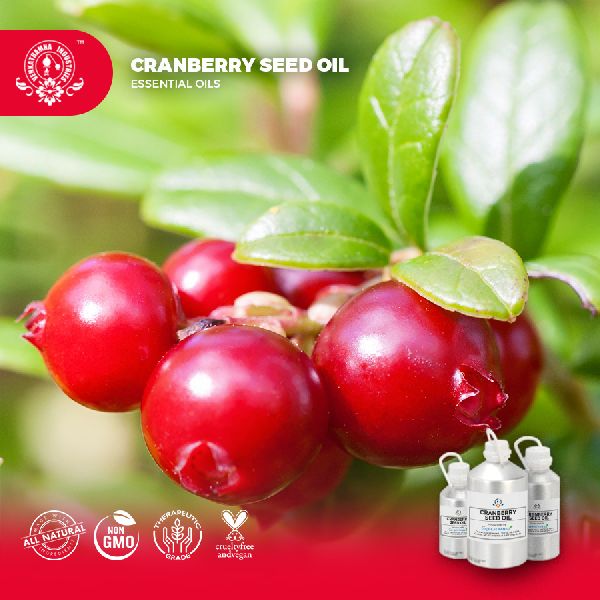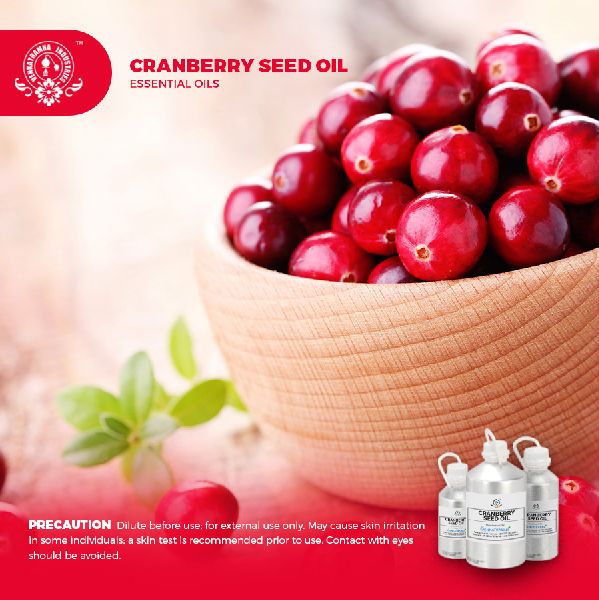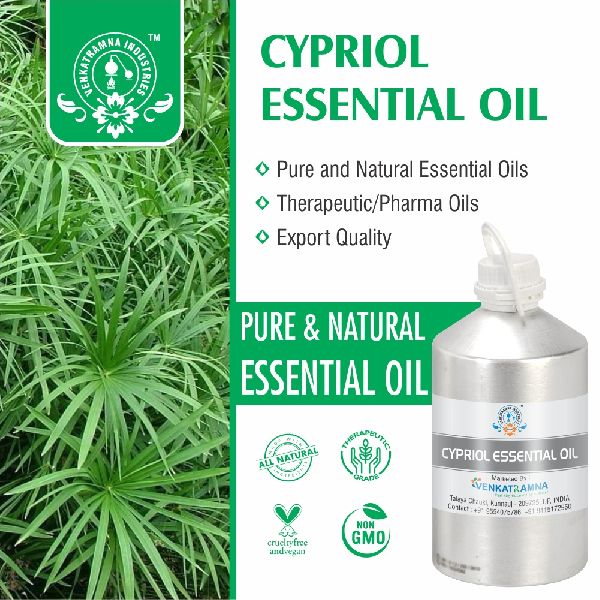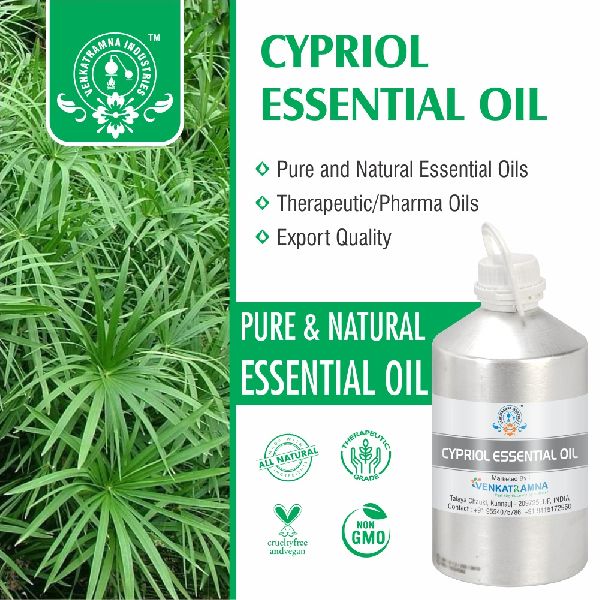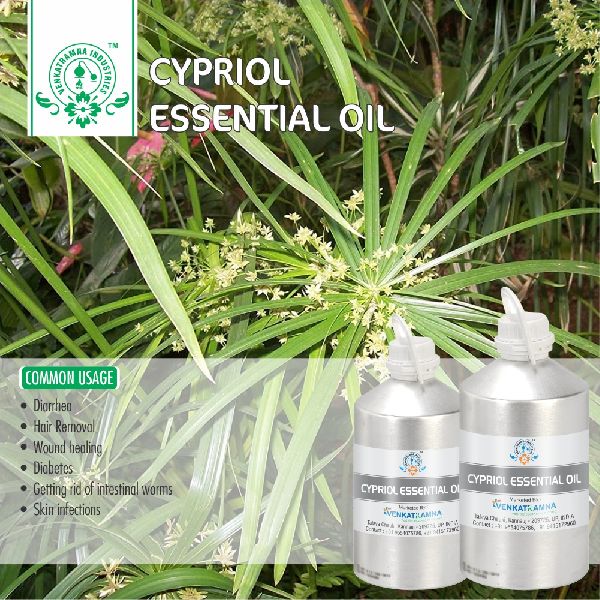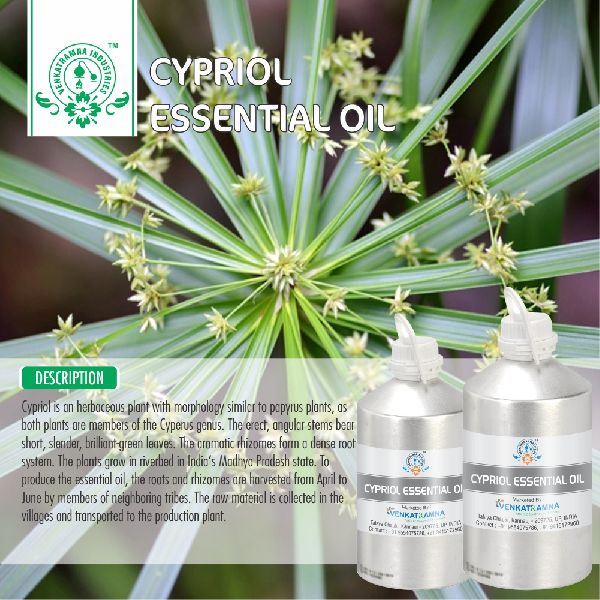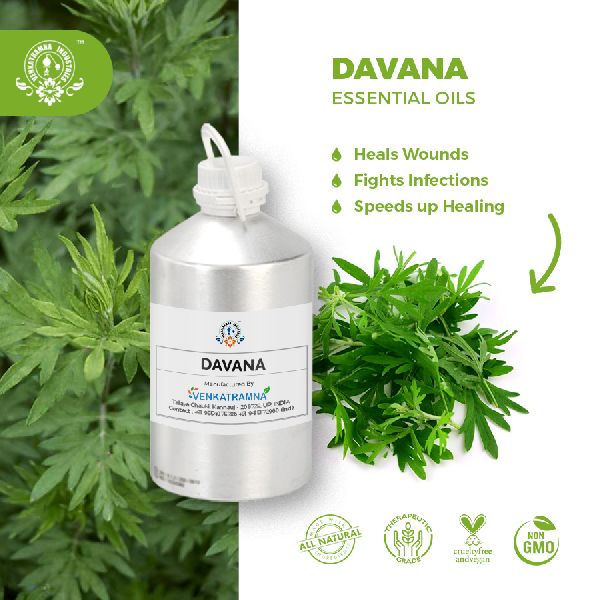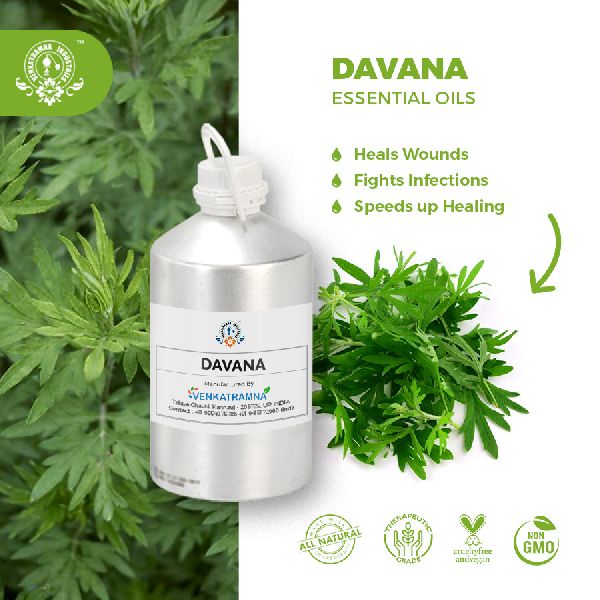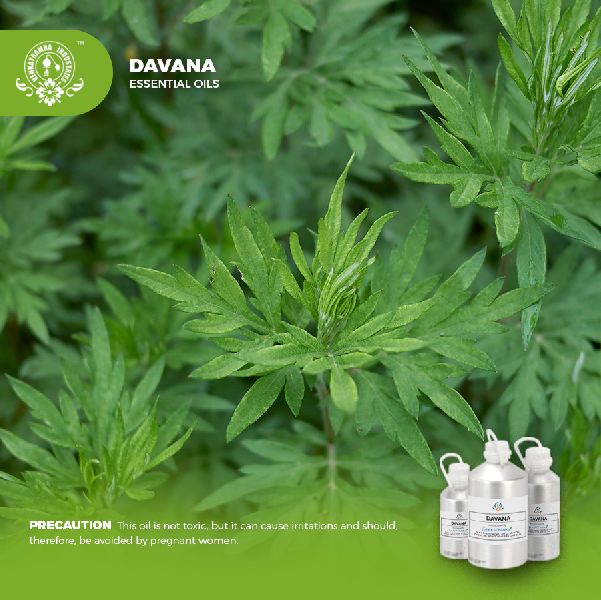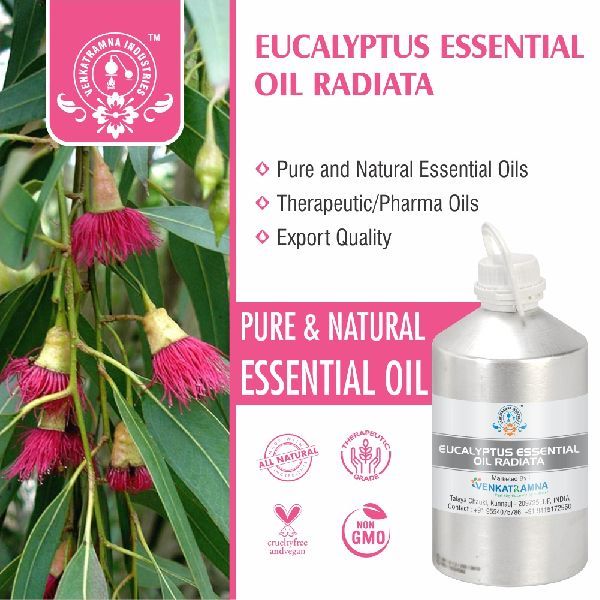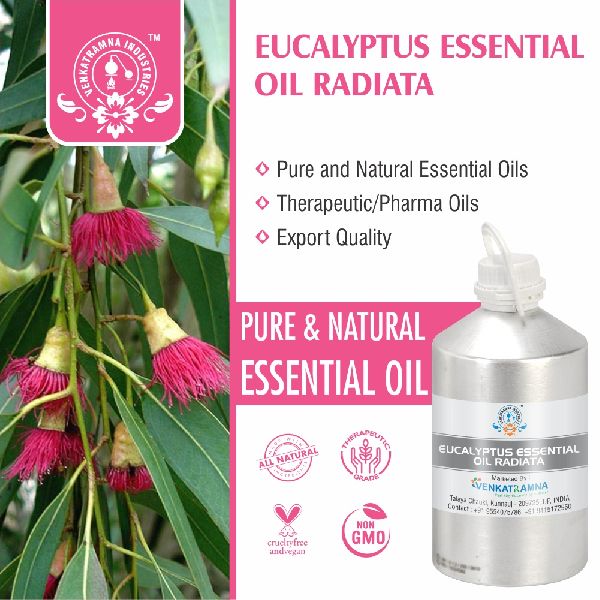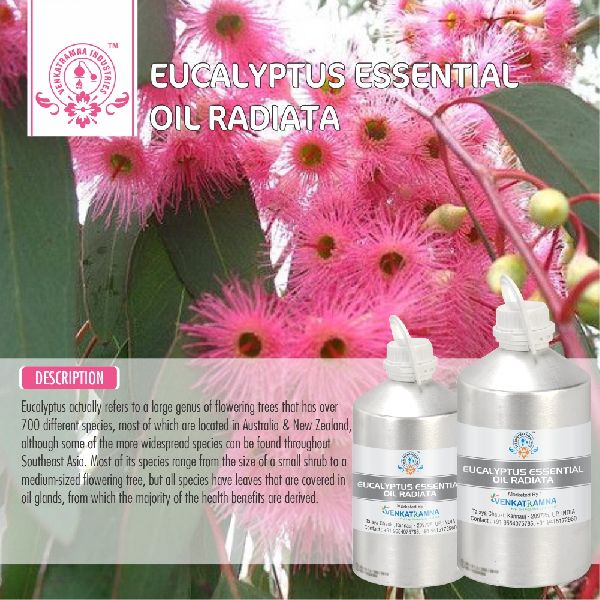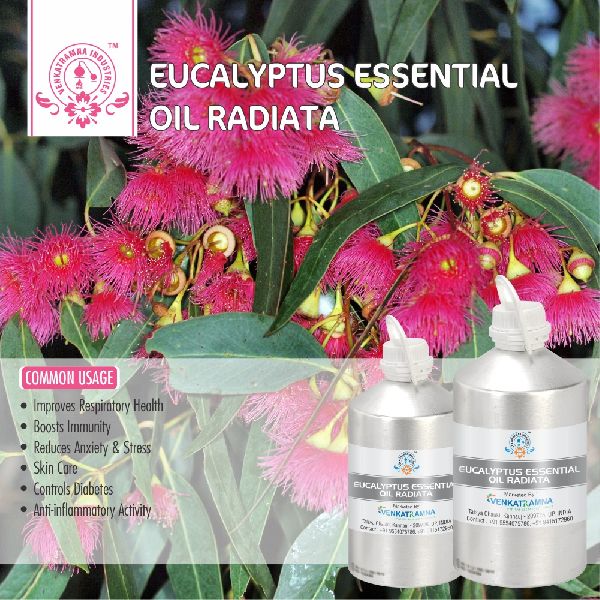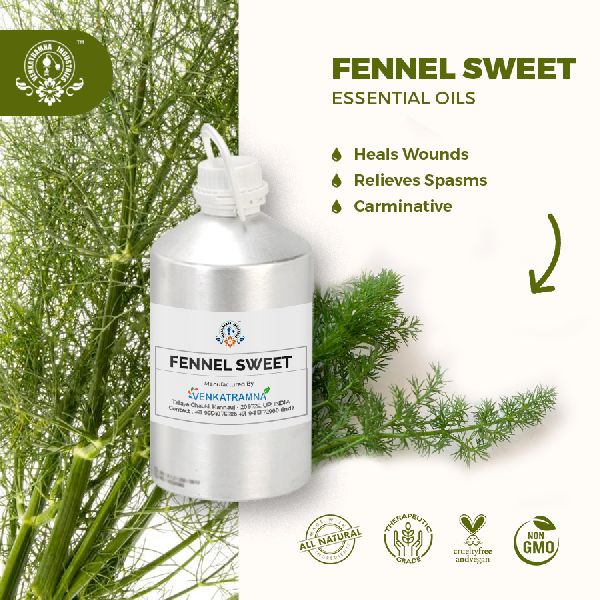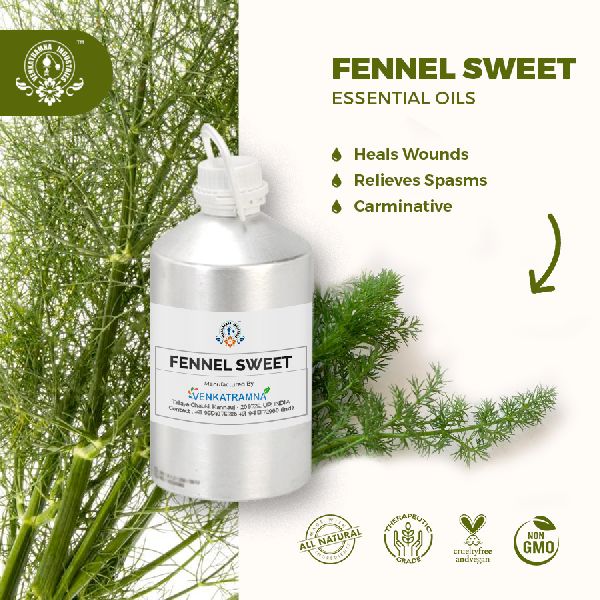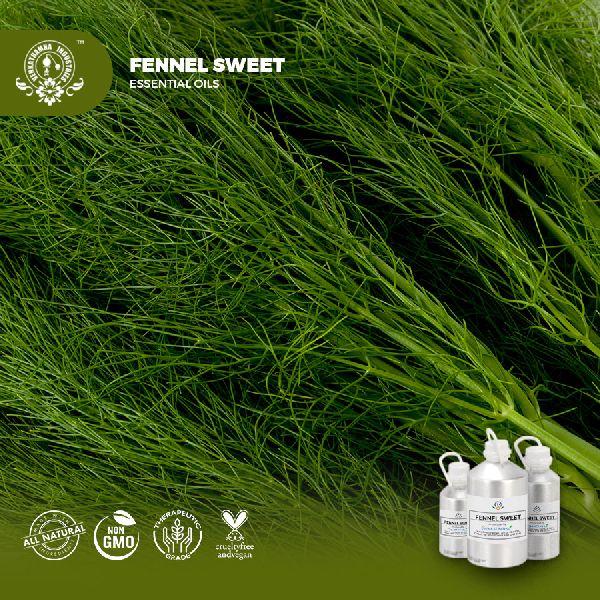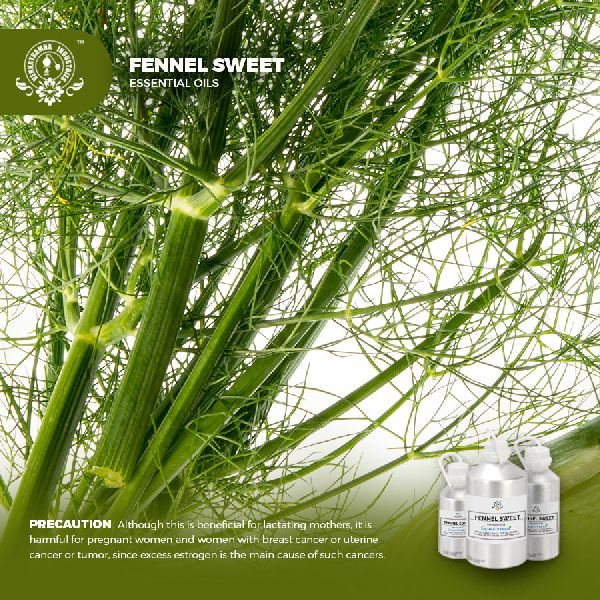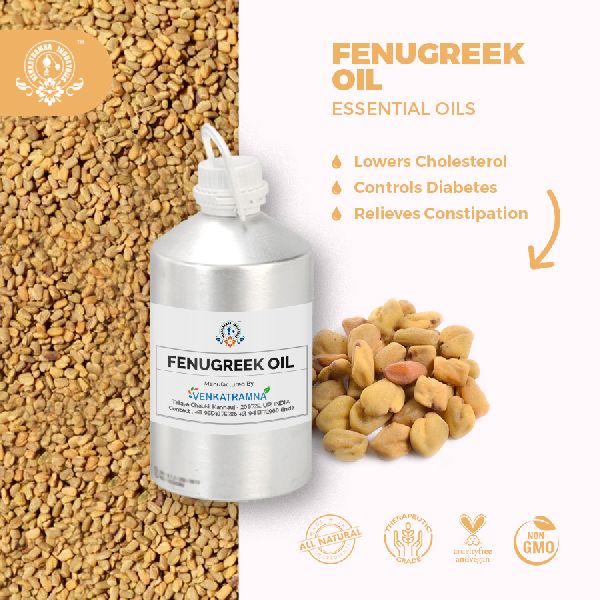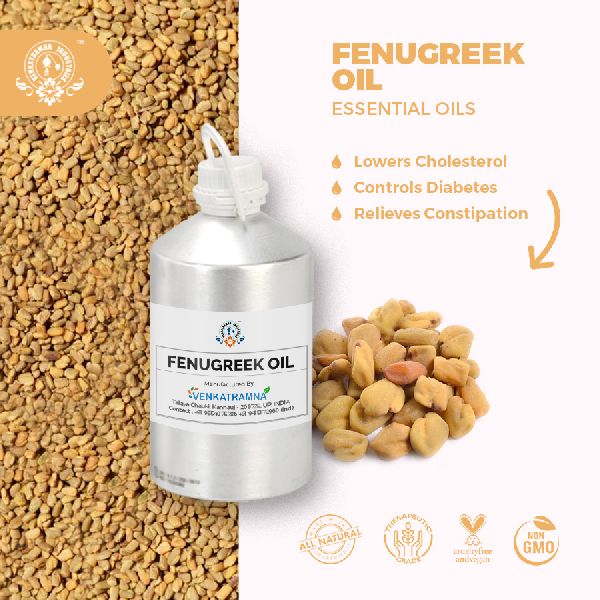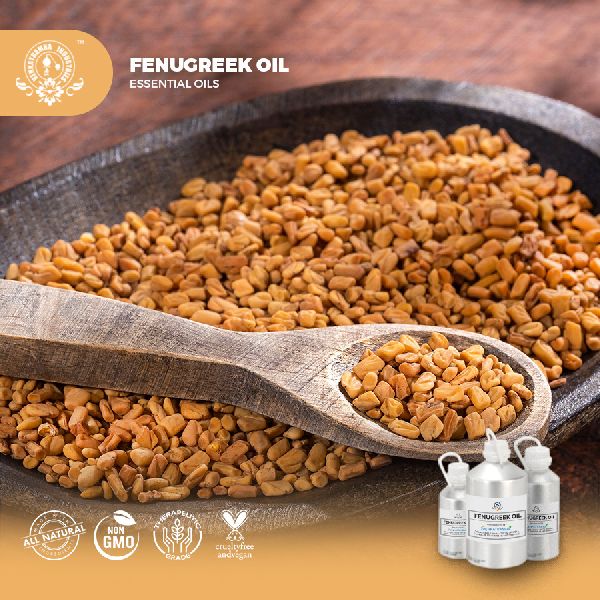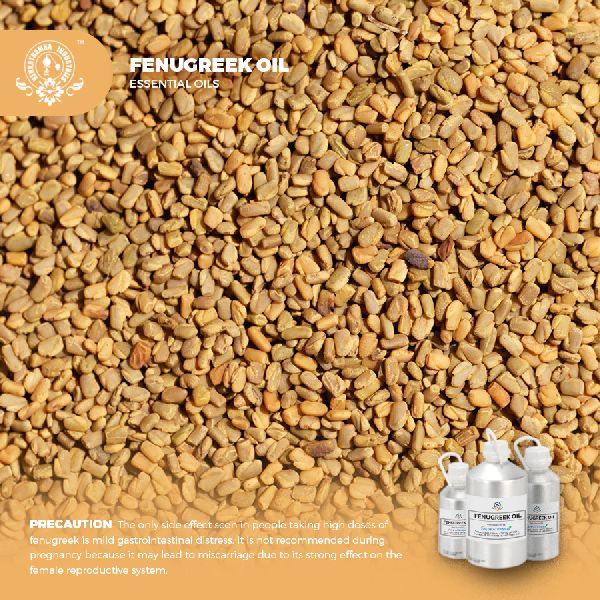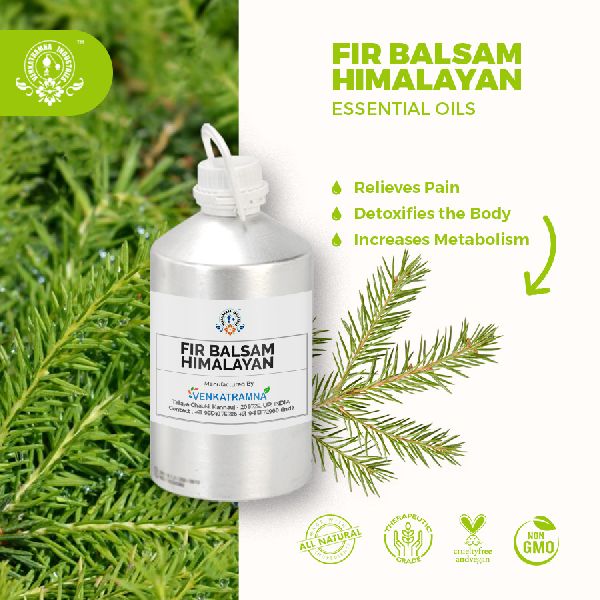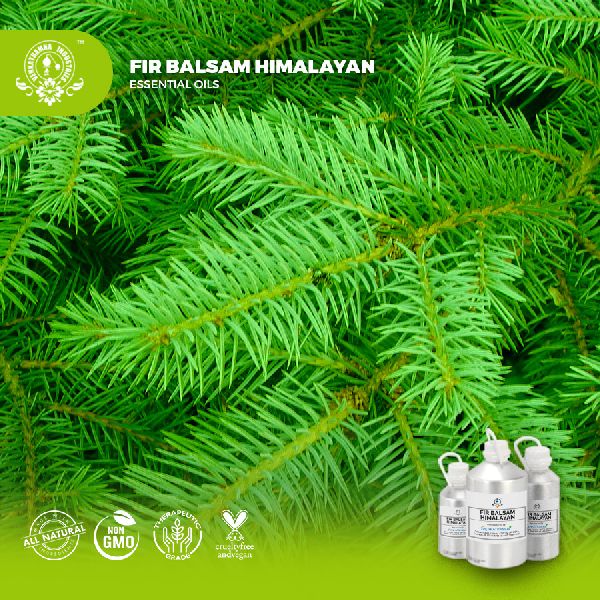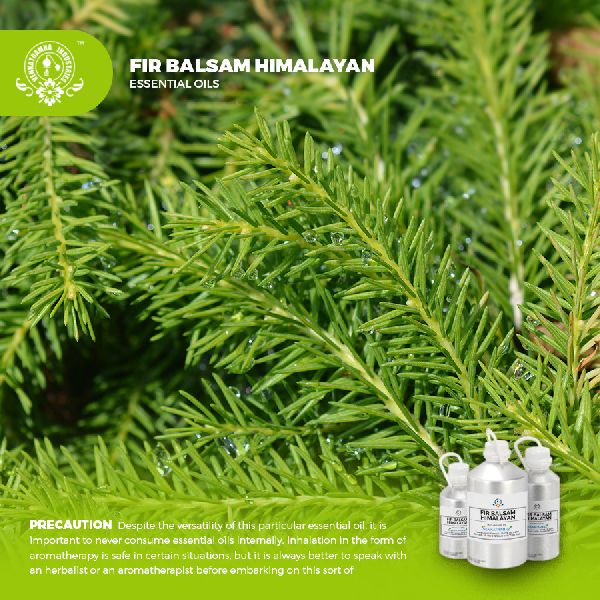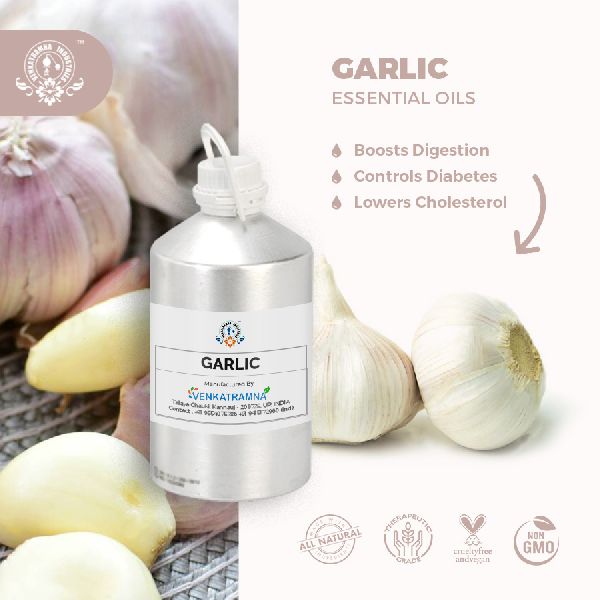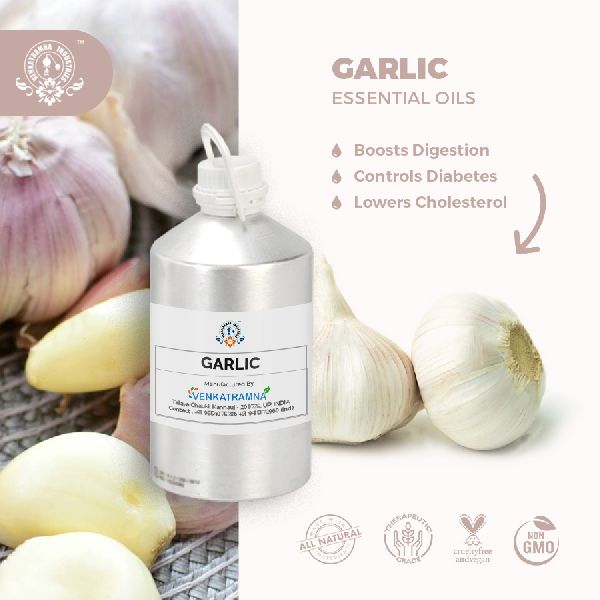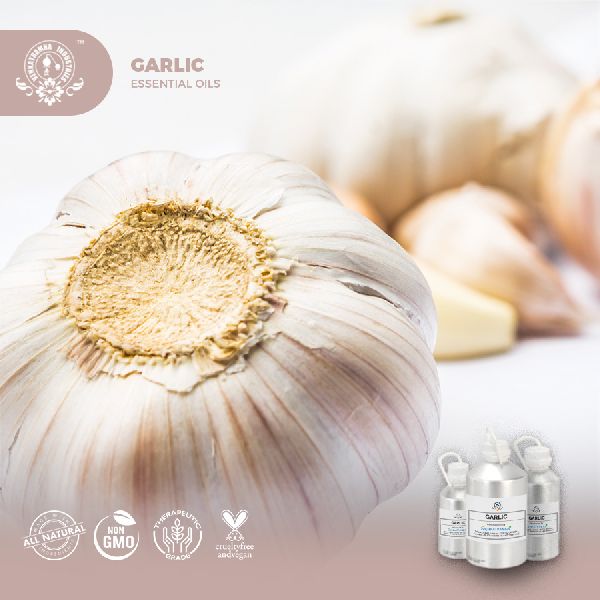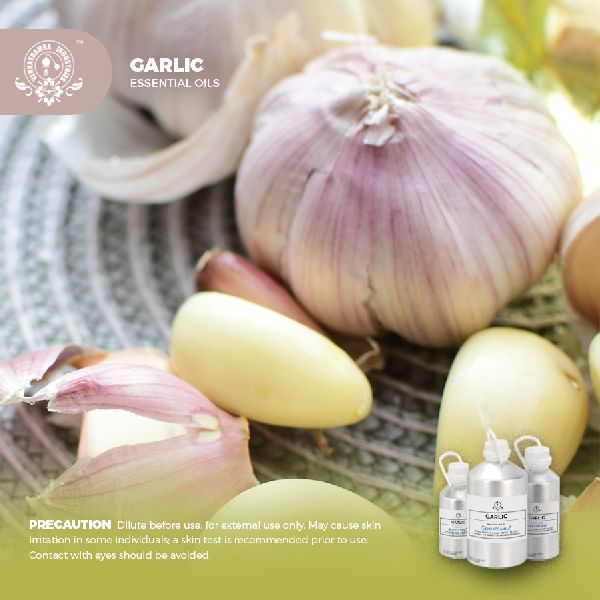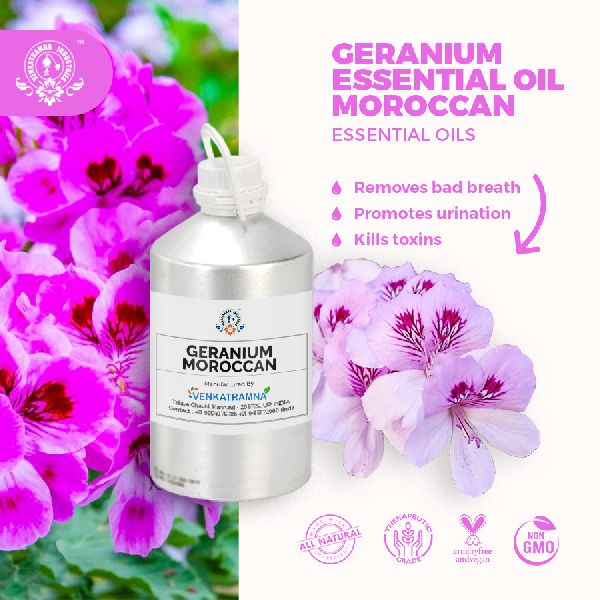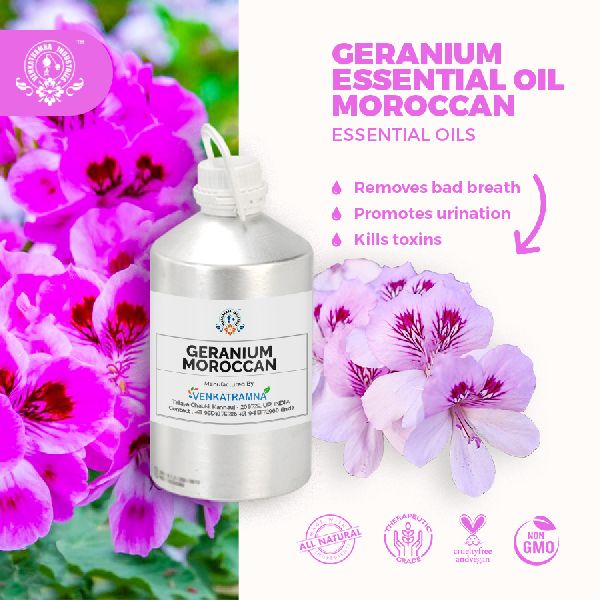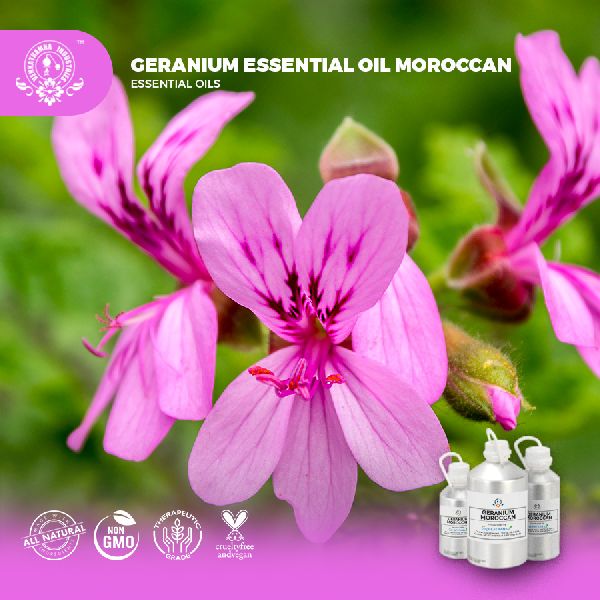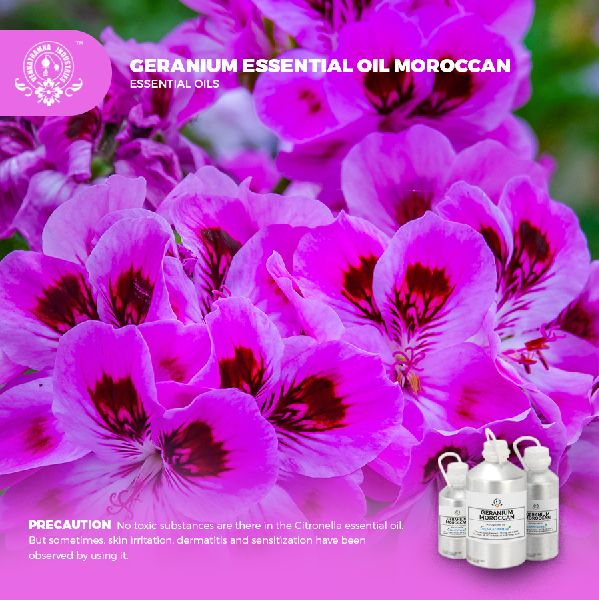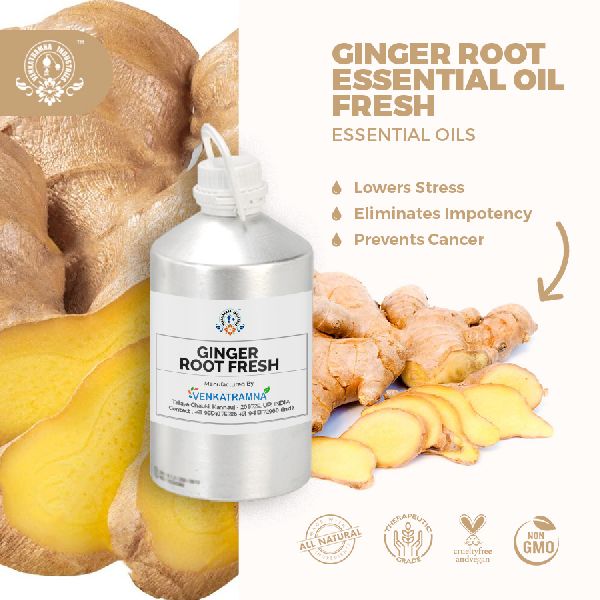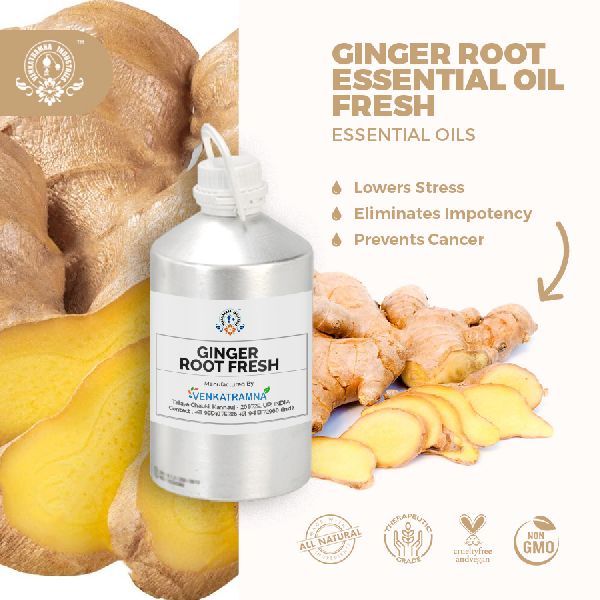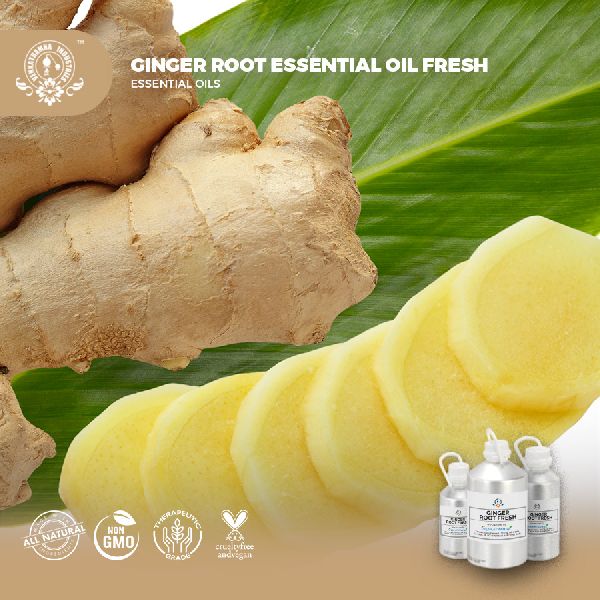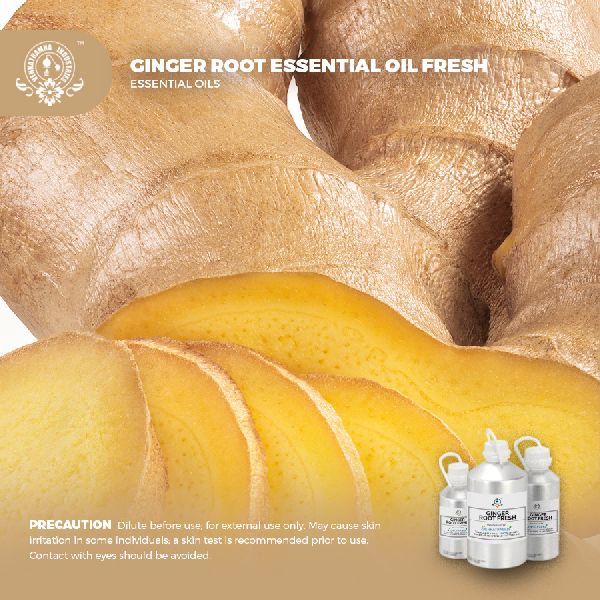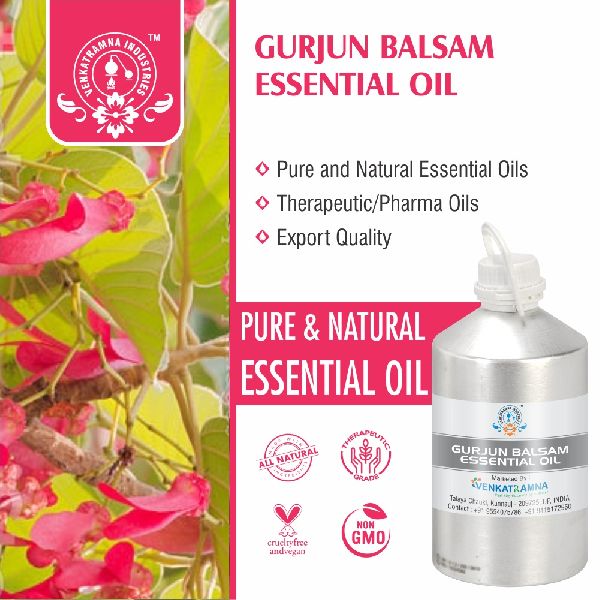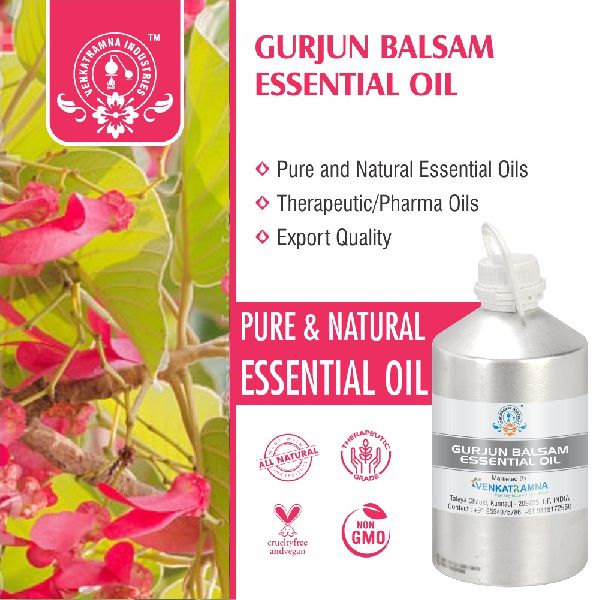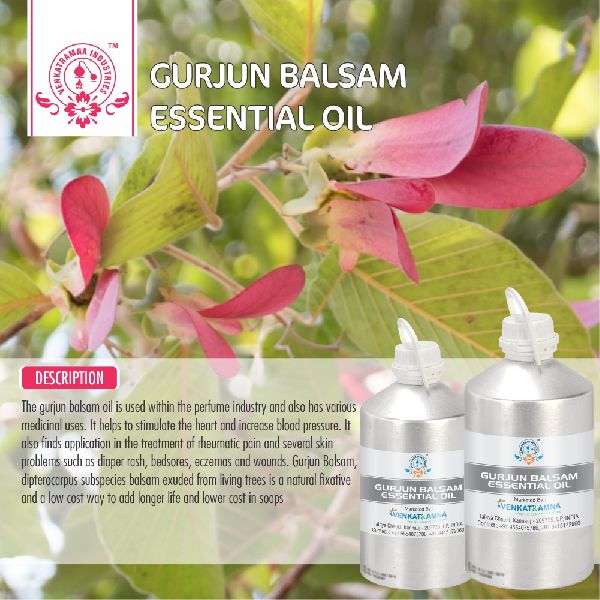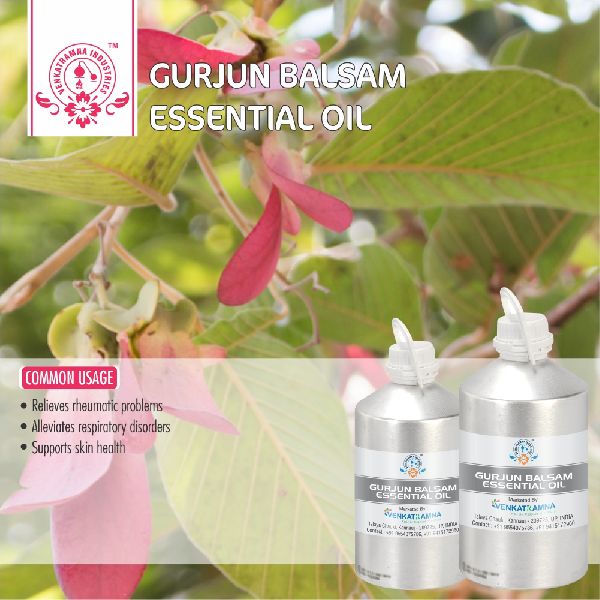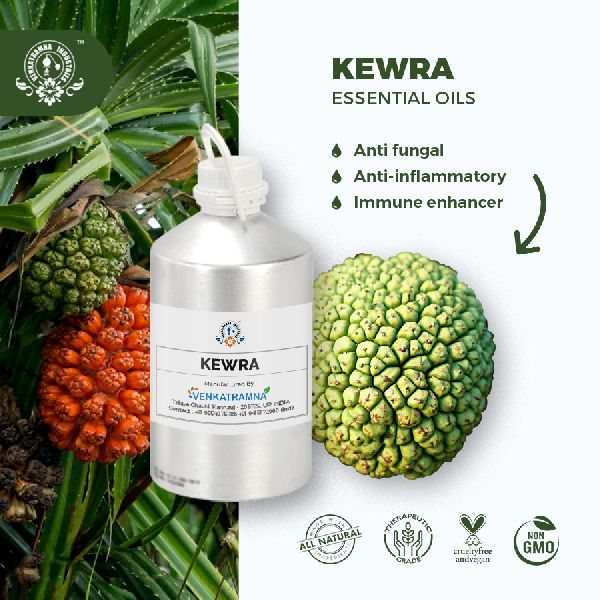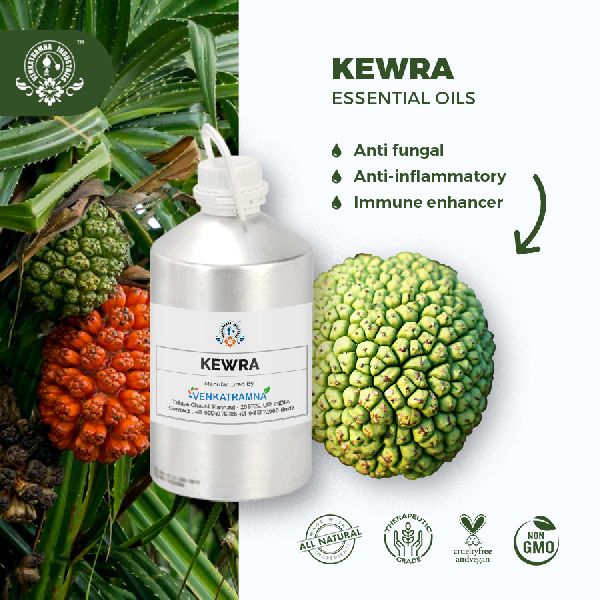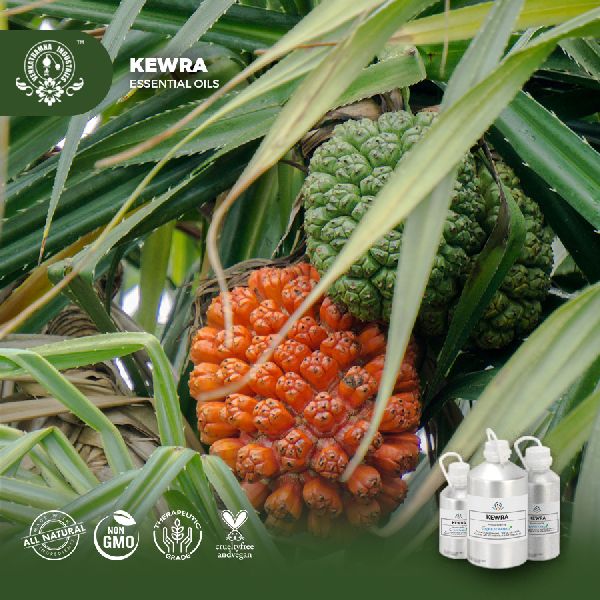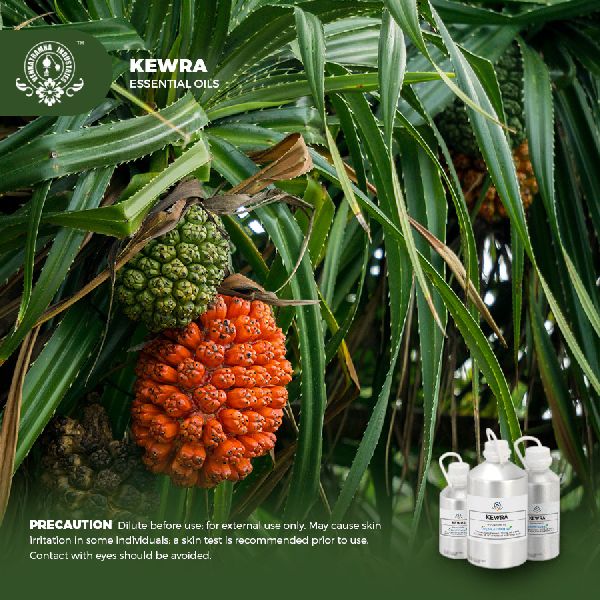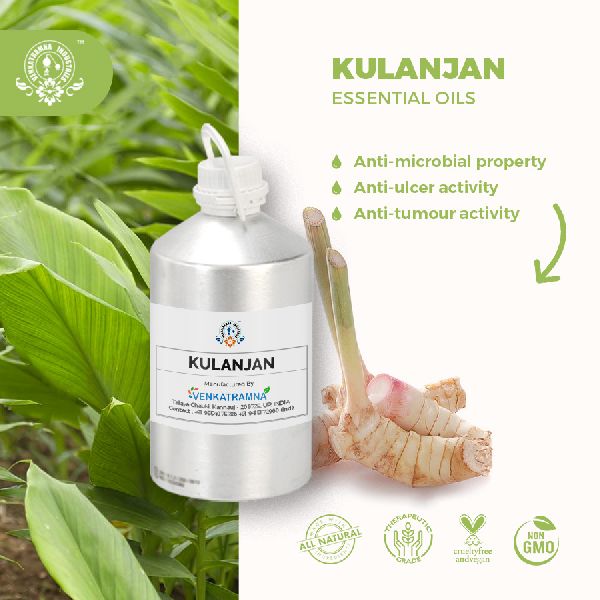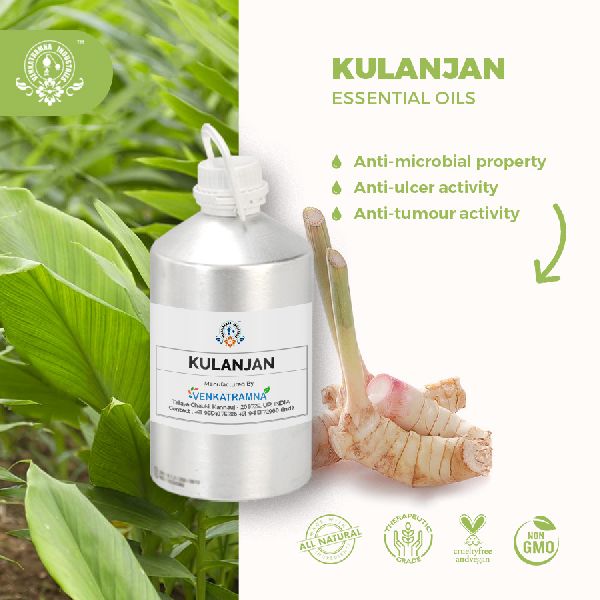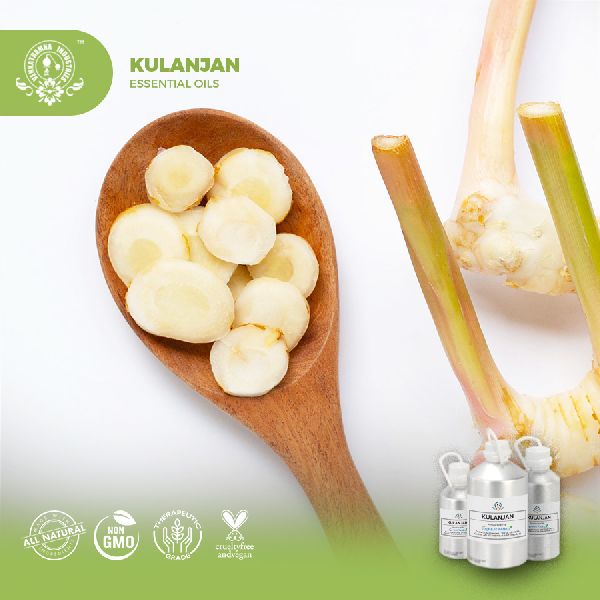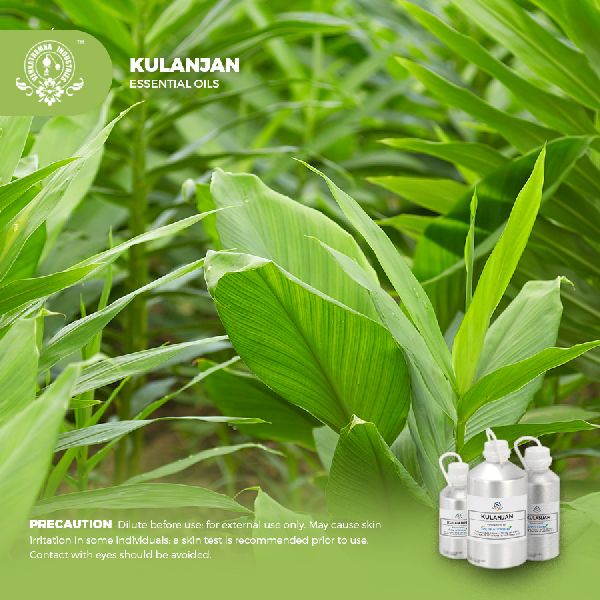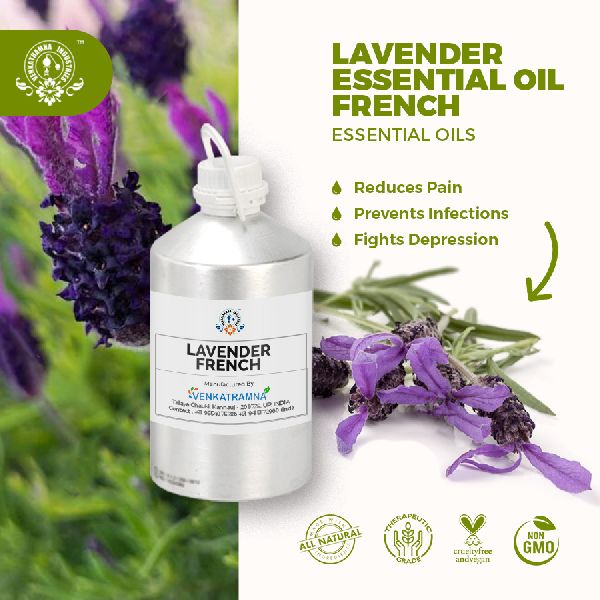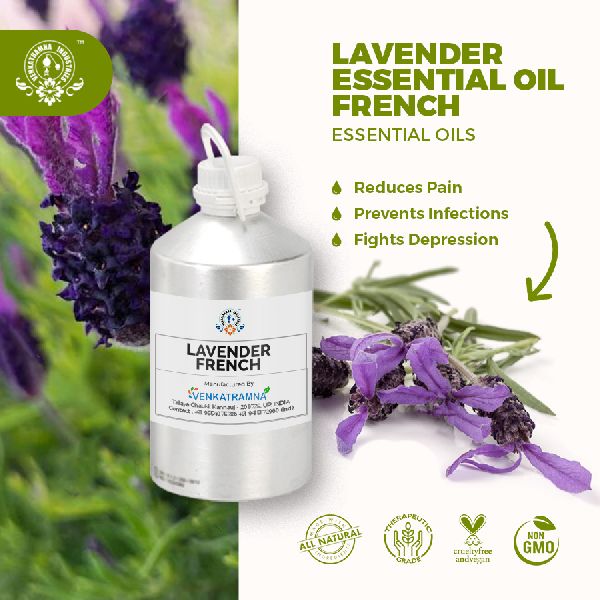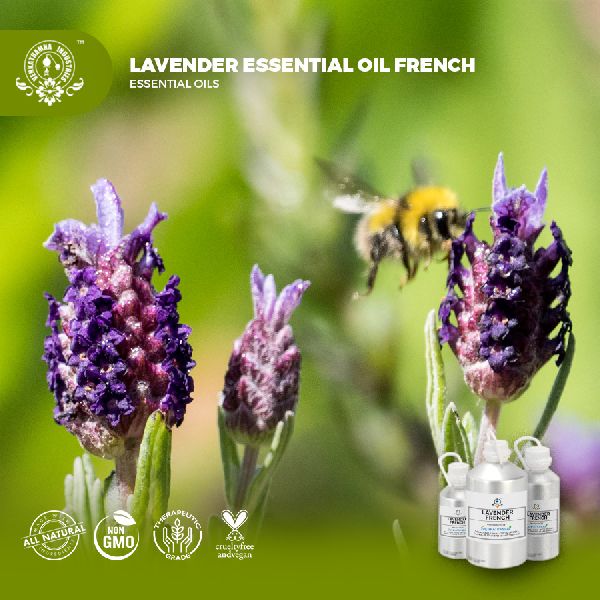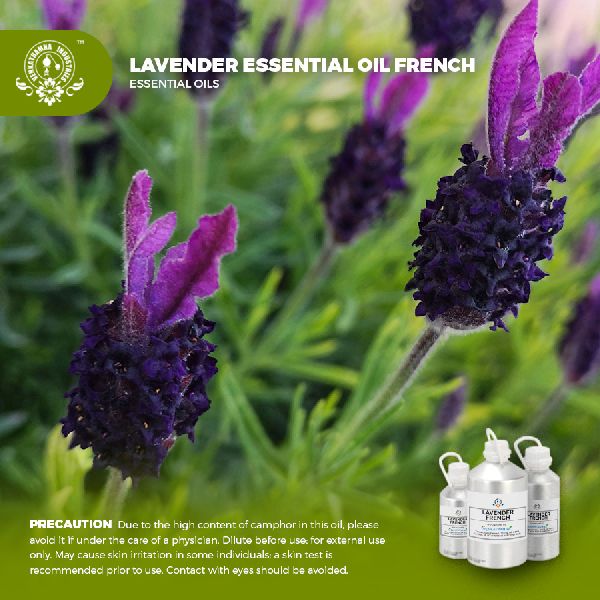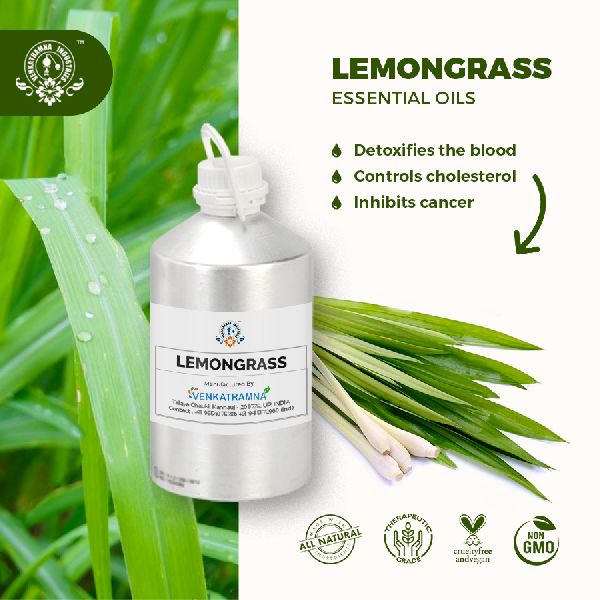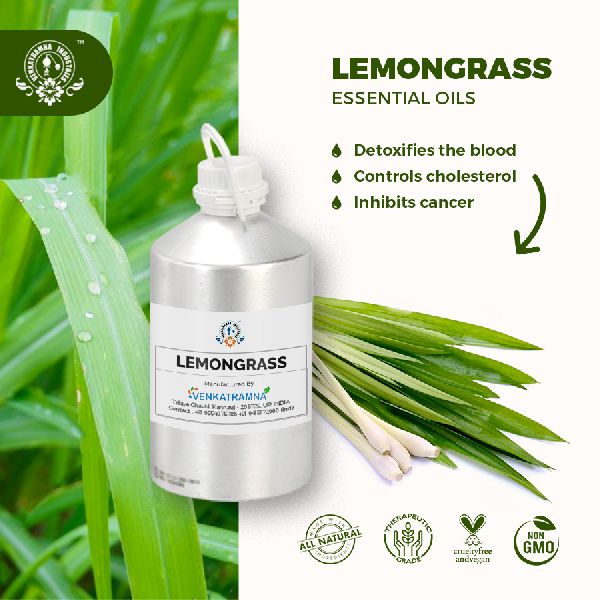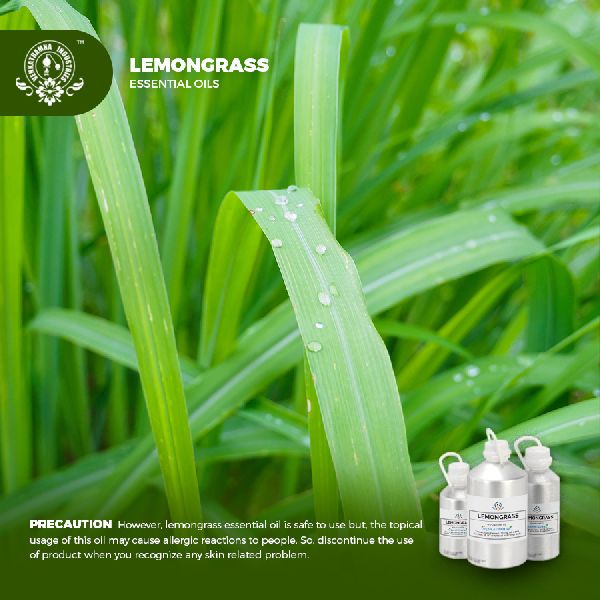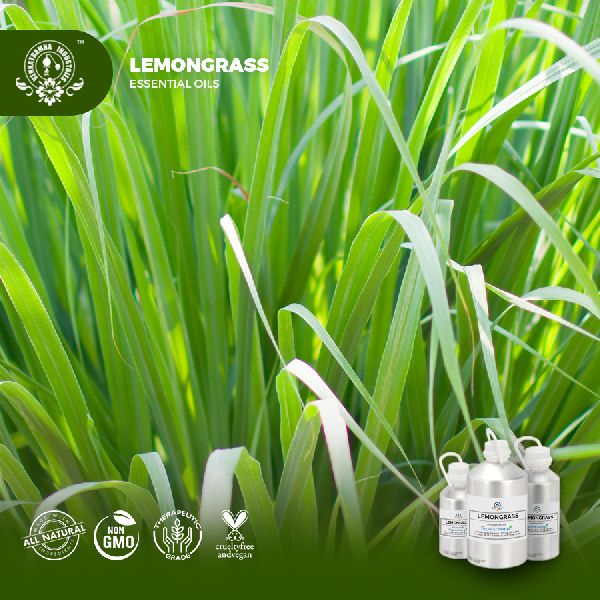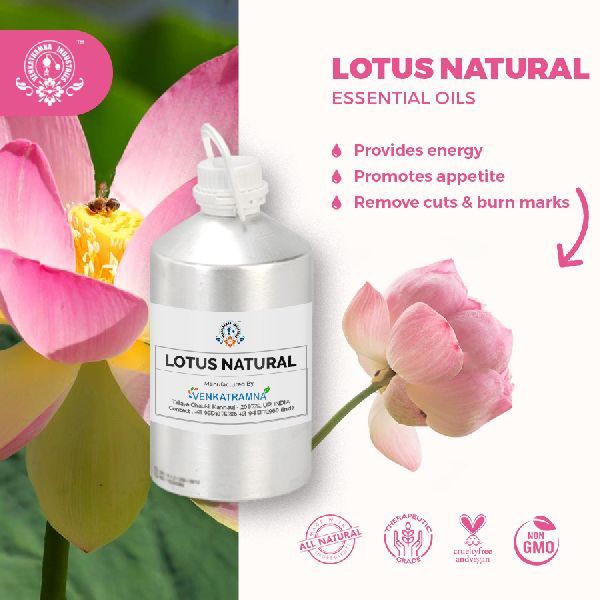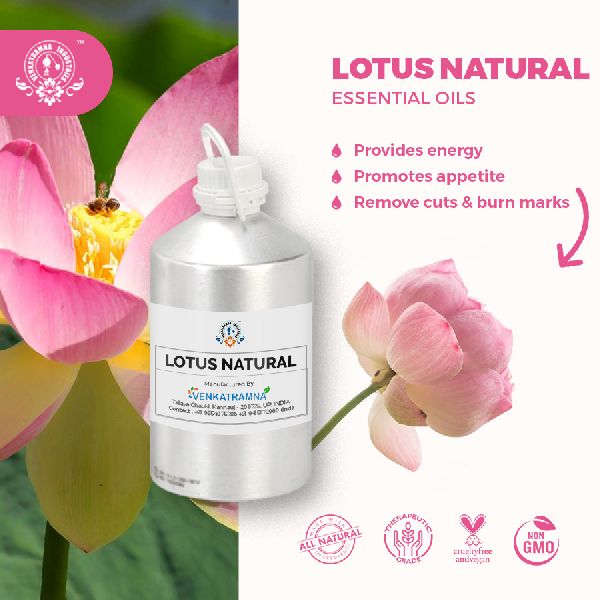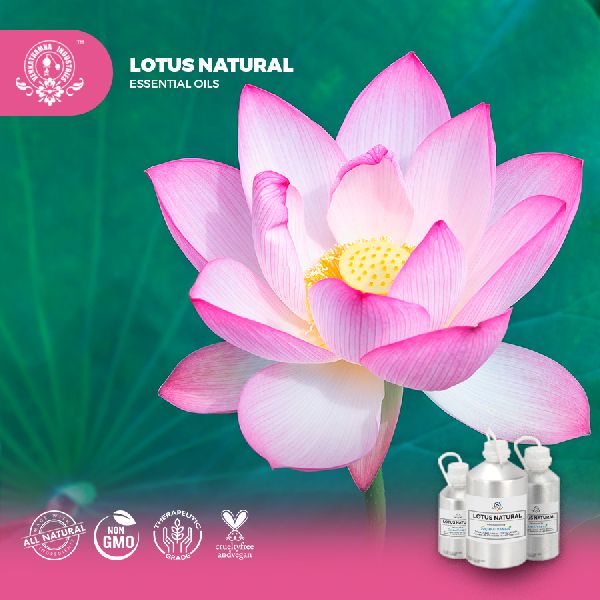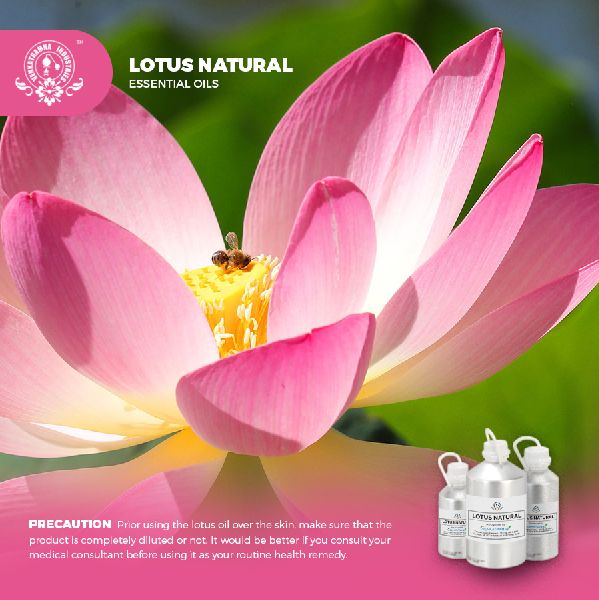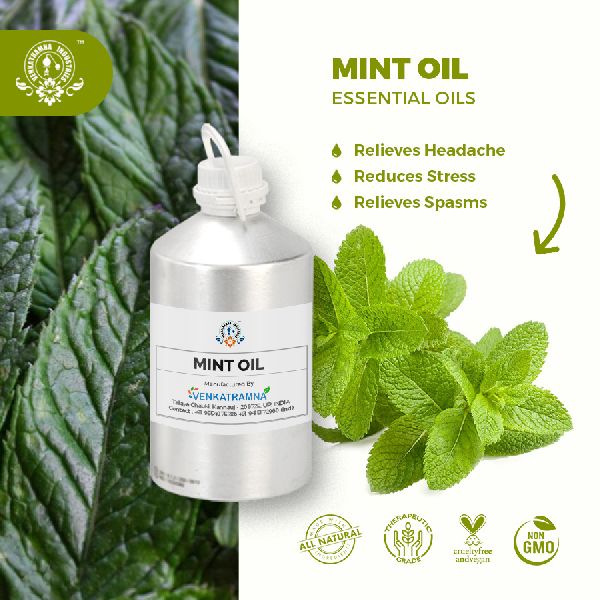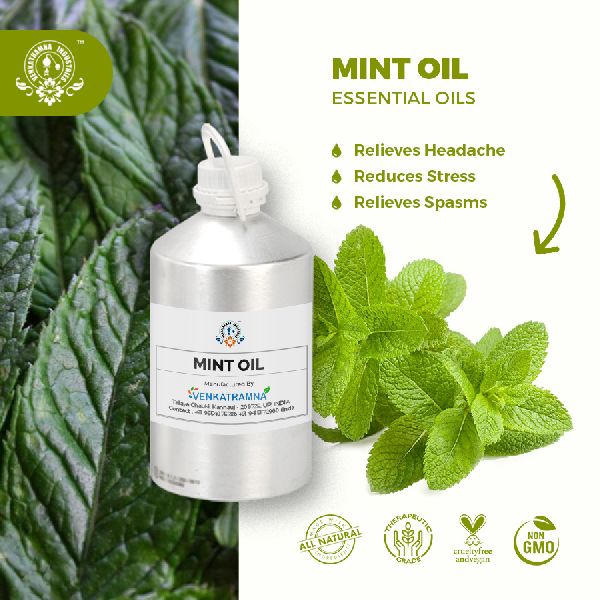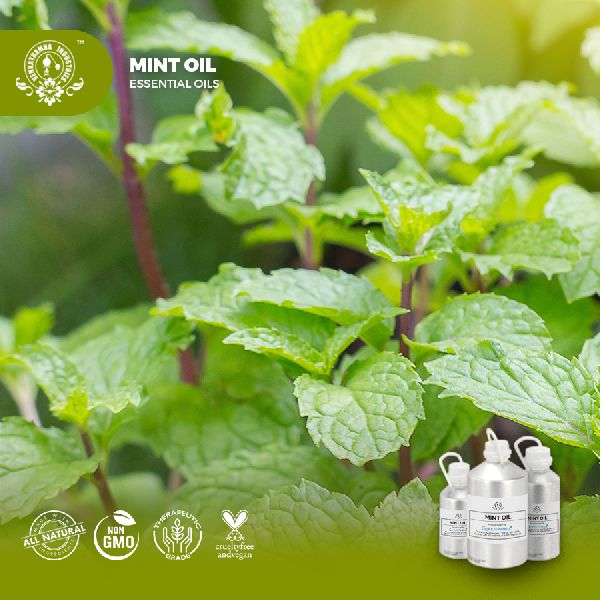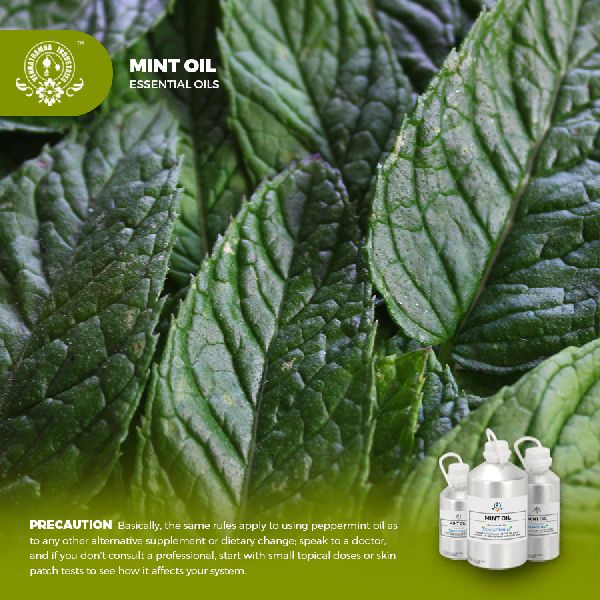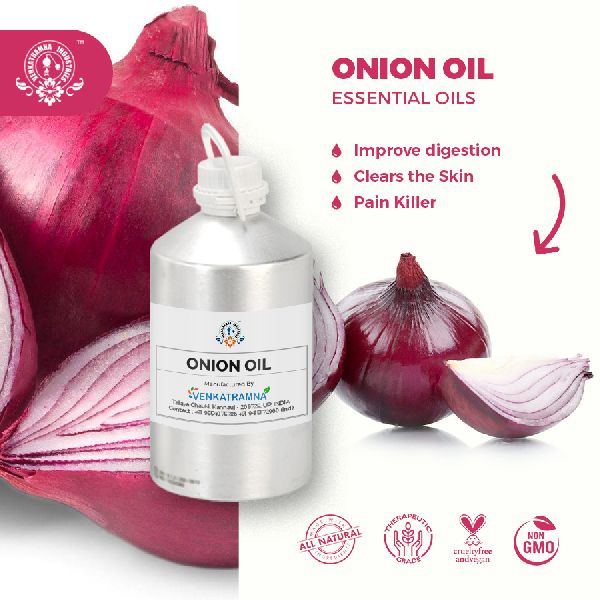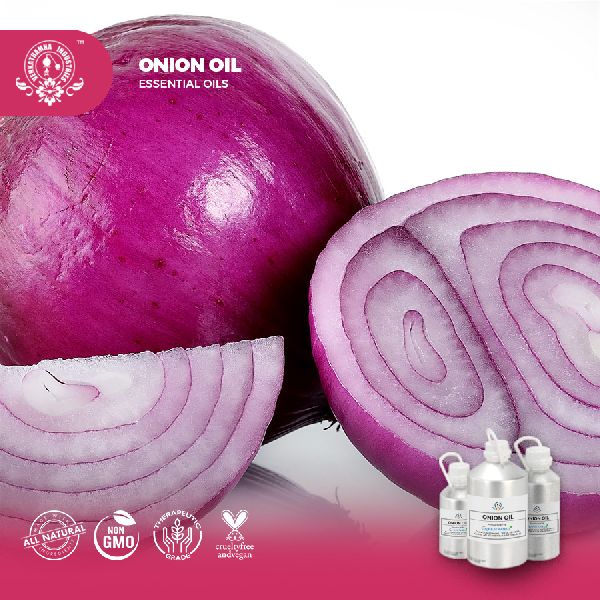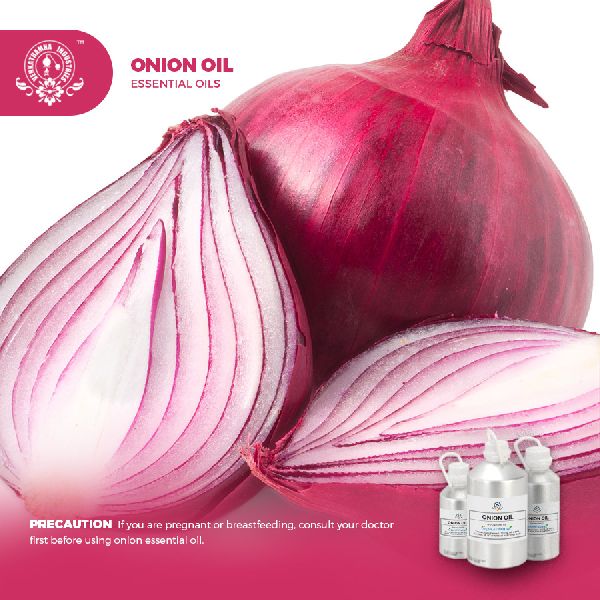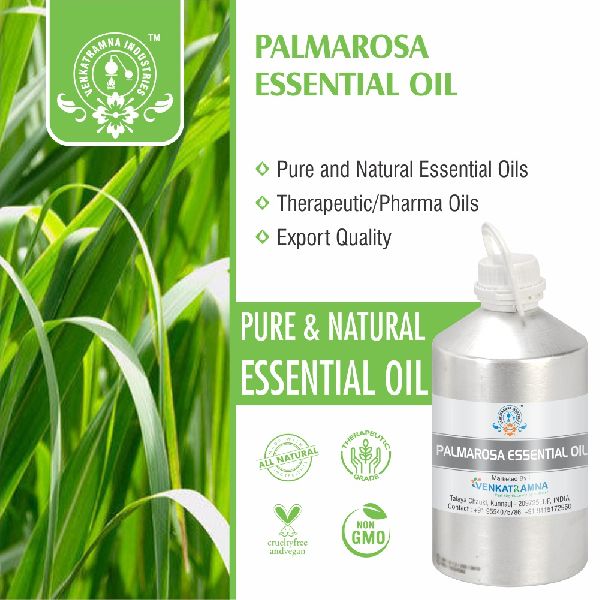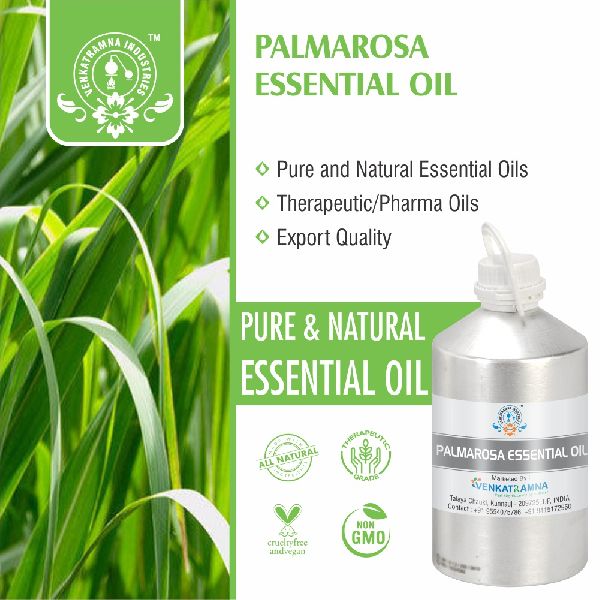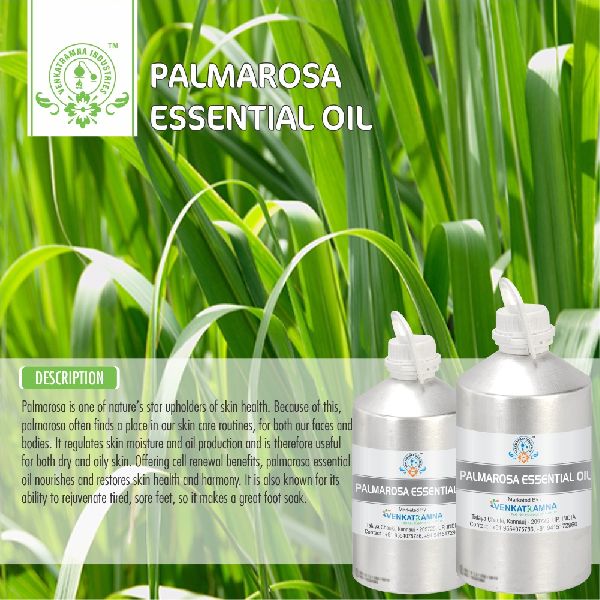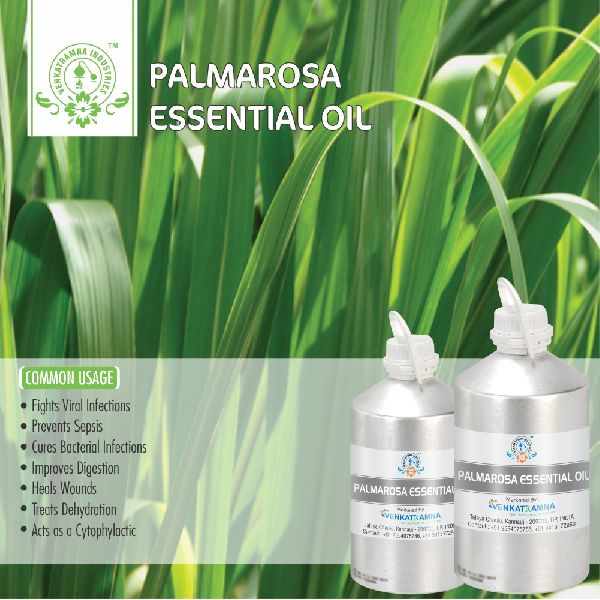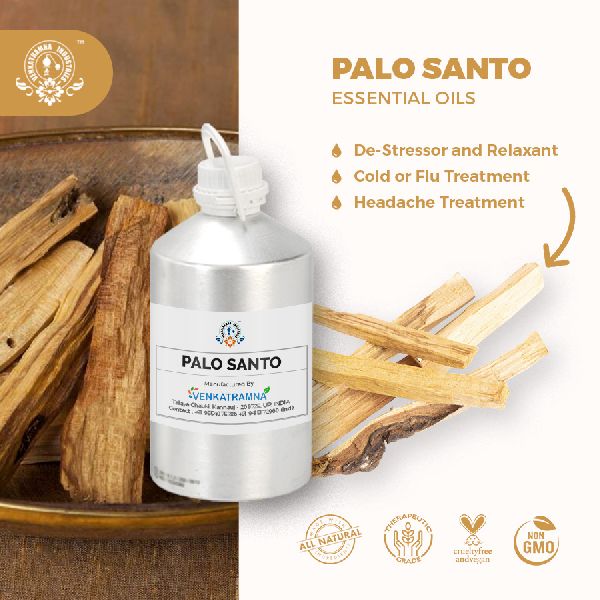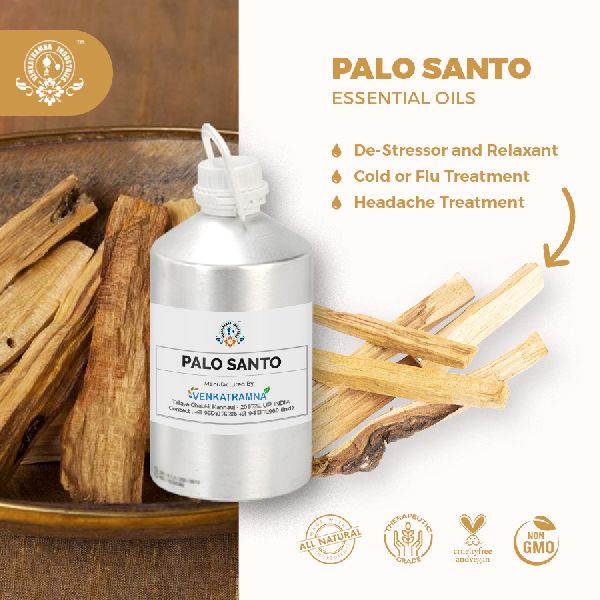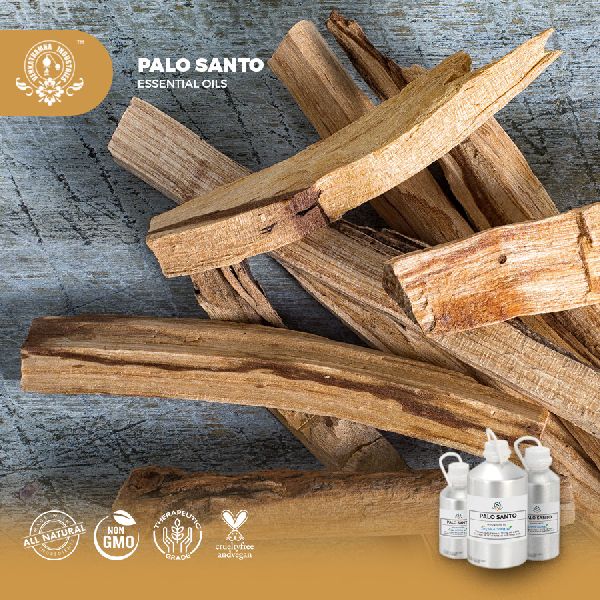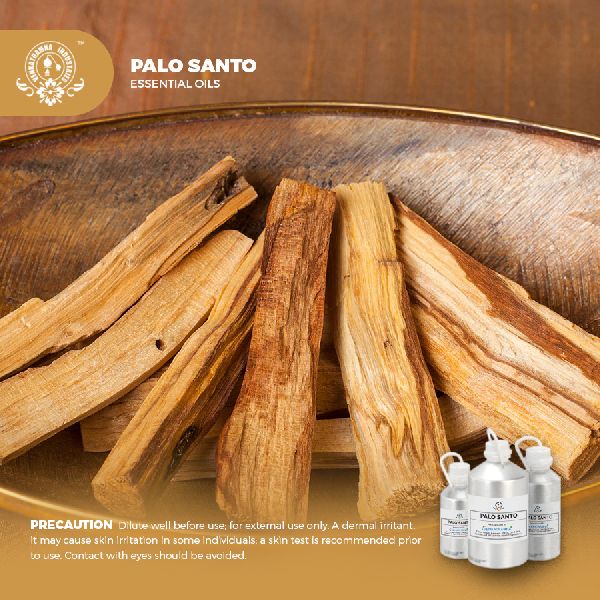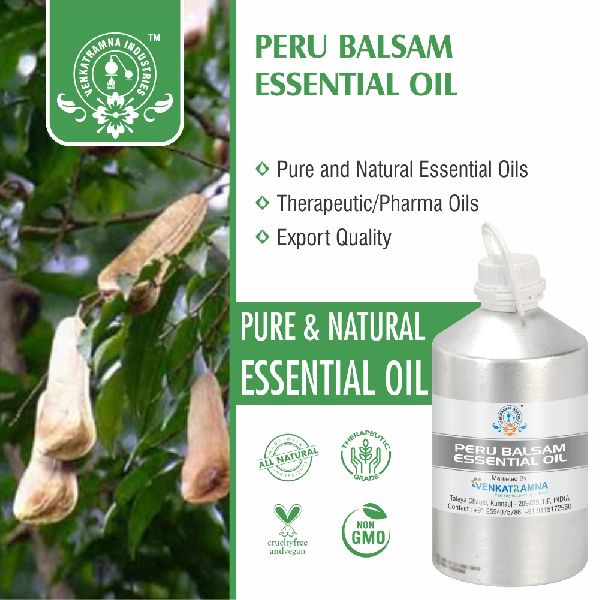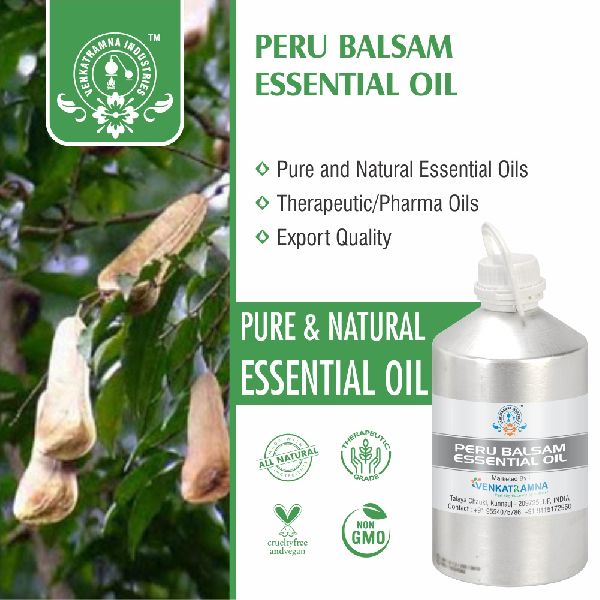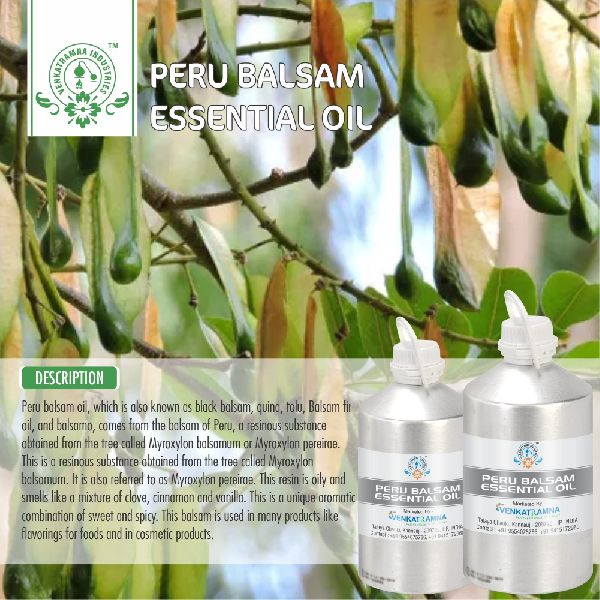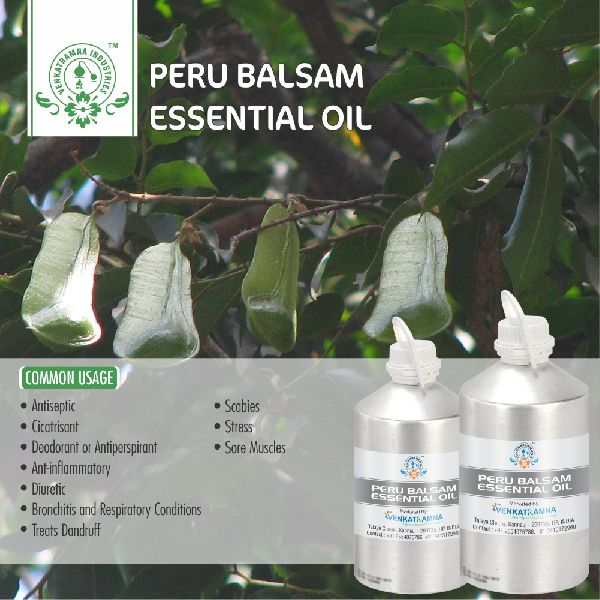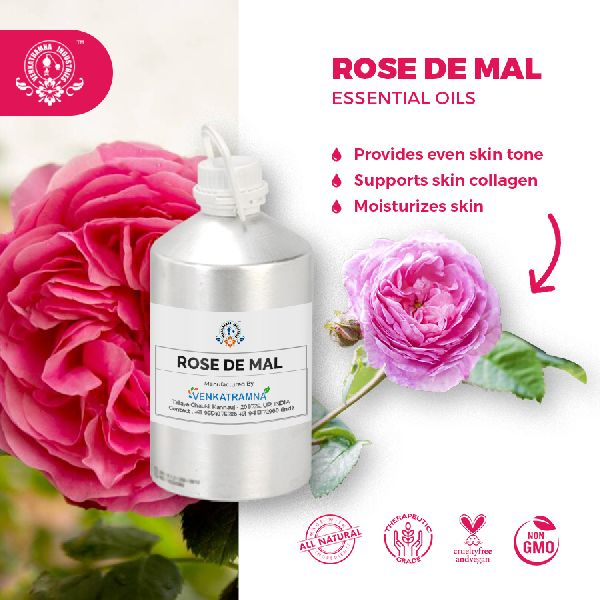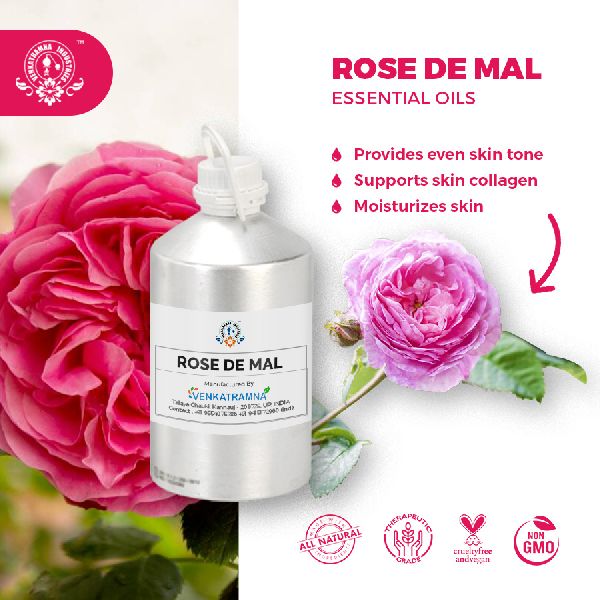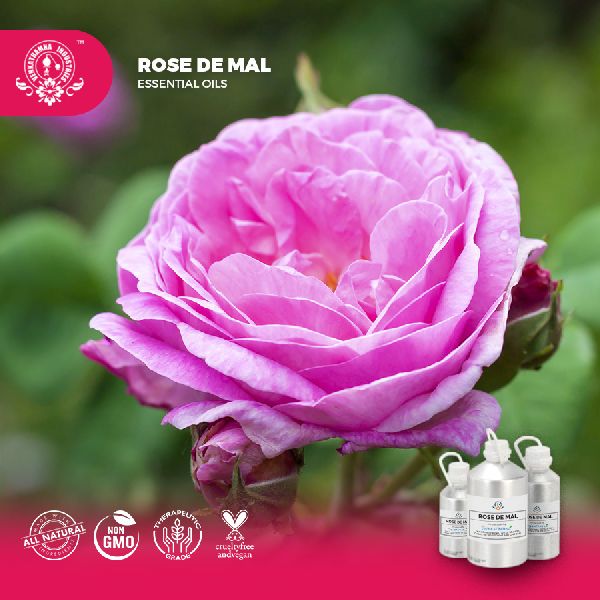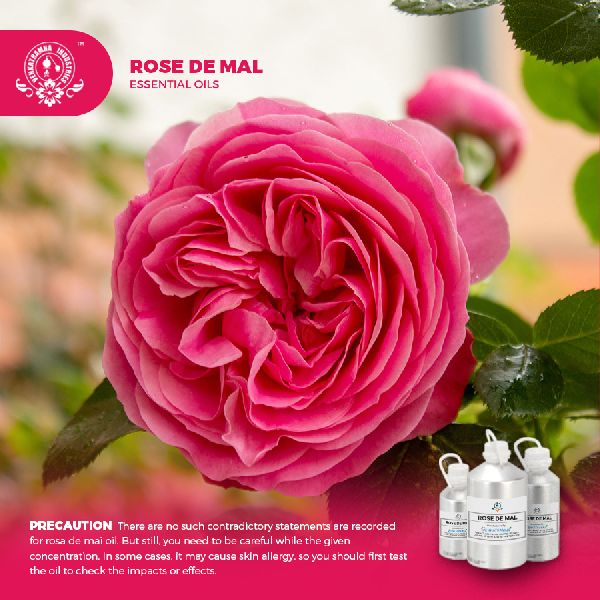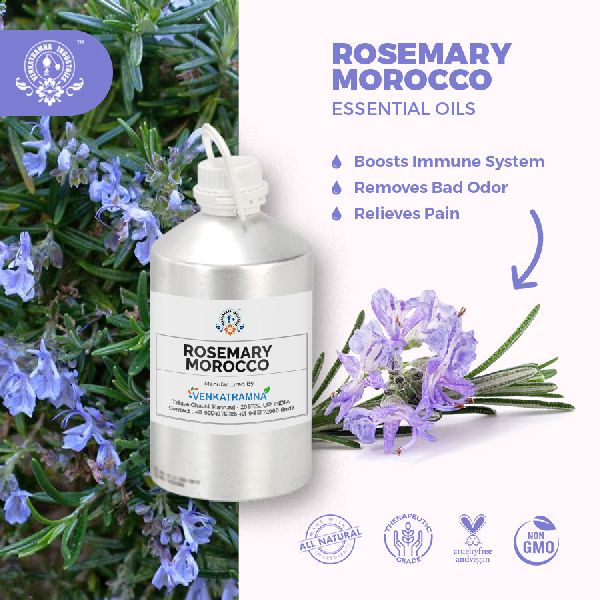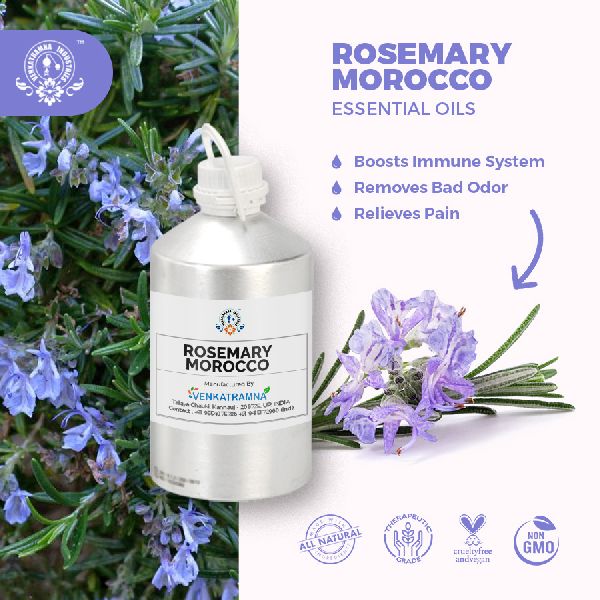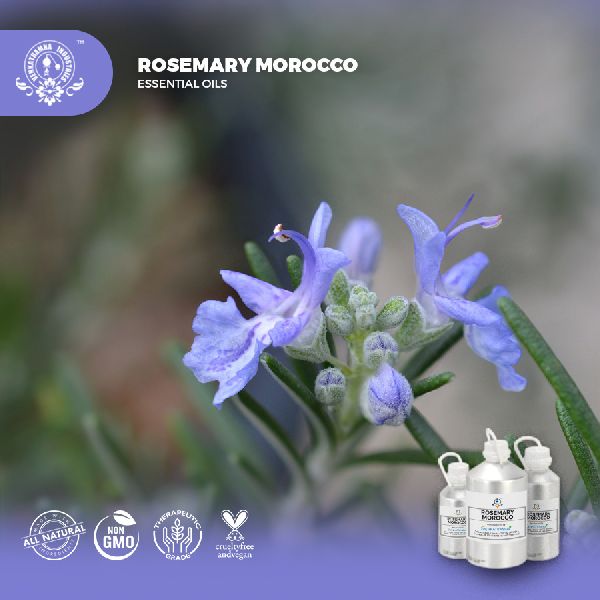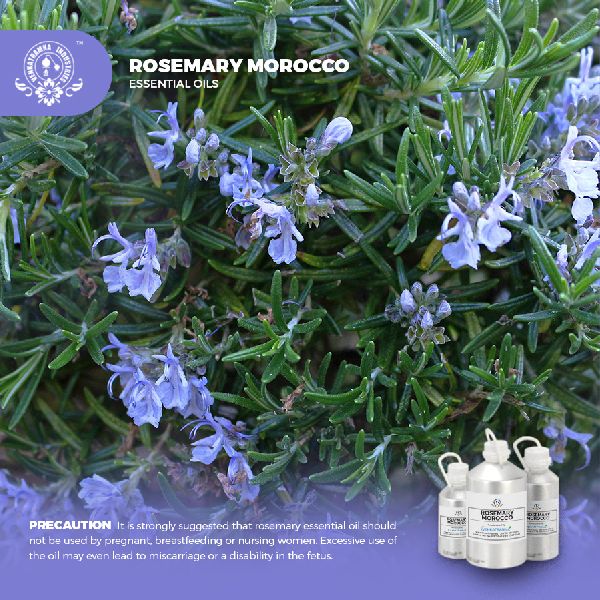Indra Nagar, Kanpur, Uttar Pradesh - GST No. 09AVOPS2676K1ZN
- Send SMS
- Send Email
Natural Essential Oil
Leading Manufacturers, Exporters, Wholesaler and Retailer of Agarwood Essential Oil, All Spice Essential Oil, Amyris Essential Oil, Basil Sweet Oil, Bay Essential Oil, Benzoin Essential Oil, Birch Sweet Natural Blend Essential Oil, Bitter Orange Essential Oil, Black Cumin Seed Essential Oil, Black Pepper Essential Oil, Cajeput Organic Oil, Caraway Essential Oil, Cardamom Essential Oil, Carrot Seed Essential Oil, Cedarwood Essential Oil, Chamomile Essential Oil, Champaca Orange Oil, Cinnamon Bark Essential Oil, Citronella Essential Ceylon Oil, Clary Sage Essential France Oil, Clove Bud Essential Oil, Coriander Essential Oil, Cranberry Seed Oil, Cypriol Essential Oil, Davana Essential Oil, Eucalyptus Essential Oil, Fennel Sweet Essential Oil, Fenugreek Essential Oil, Fir Balsam Himalayan Oil, Garlic Essential Oil, Geranium Essential Moroccan Oil, Ginger Root Essential Oil, Gurjun Balsam Essential Oil, Kewra Oil, Kulanjan Oil, Lavender Essential Oil, Lemongrass Essential Oil, Lotus Natural Essential Oil, Mint Oil, Onion Essential Oil, Palmarosa Essential Oil, Palo Santo Essential Oil, Peru Balsam Essential Oil, Rose De Mai Essential Oil and Rosemary Moroccan Essential Oil from Kanpur.
| Business Type | Manufacturer, Exporter, Supplier, Retailer, Wholesaler |
Preferred Buyer From
| Location | Worldwide |
Agarwood is a fragrant dark resinous wood used in incense, perfume, and small carvings. It is formed in the heartwood of aquilaria trees when they become infected with a type of mold.
The odor of agarwood is complex and pleasing, with few or no similar natural analogues. In the perfume state, the scent is mainly distinguished by a combination of "oriental-woody" and "very soft fruity-floral" notes. The incense smoke is also characterized by a "sweet-balsamic" note and "shades of vanilla and musk" and amber (not to be confused with ambergris). Agarwood and its essential oil gained great cultural and religious significance in ancient civilizations around the world, being described as a fragrant product as early as 1400 BCE in one of the world's oldest written texts – the Sanskrit Vedas from India.
The agarwood oil is extracted with the method known as hydro distillation. The oil extract is formed is the purest for of oil which 100% natural without containing any artificial chemical ingredient in it.
| Business Type | Manufacturer, Exporter, Supplier, Retailer, Wholesaler |
Preferred Buyer From
| Location | Worldwide |
Pimento Berry essential oil (also known as Allspice oil, Jamaican Pepper and Pimenta) is steam distilled from the fully grown, but unripe, dried, crushed fruits of the Pimenta officinalis tree. The tree is native to the West Indies and South America where the berries are widely used as a culinary spice. The spice has a strong, pungent flavor and aroma that is like several spices combined - namely cinnamon, clove, ginger, nutmeg and black pepper - hence why it is commonly known as 'Allspice'.
Pimento Berry essential oil (also known as Allspice oil, Jamaican Pepper and Pimenta) is steam distilled from the fully grown, but unripe, dried, crushed fruits of the Pimenta officinalis tree. The tree is native to the West Indies and South America where the berries are widely used as a culinary spice. The spice has a strong, pungent flavor and aroma that is like several spices combined - namely cinnamon, clove, ginger, nutmeg and black pepper - hence why it is commonly known as 'Allspice'.
Intended Benefits/Uses or Properties
Allspice contains a chemical called eugenol, which might explain some of its traditional uses for toothache, muscle pain, and as a germ-killer. In short it has all the antibacterial properties and seems to improve the immunity.
Allspices in Pharma
It is a natural herb which is formerly known as ‘spice’, thus it has various applicative properties and applications in ayurvedic and pharmaceutical sectors. It is used for gastrointestinal disorders, and topically, for arthritis and muscular pain.
Essence of Allspice
The warm, spicy aroma of Allspice Essential Oil is like that of clove and cinnamon essential oils. The high content of Eugenol is partly responsible for this similarity.Allspice Essential Oil, in small dilutions, is said to act as an aphrodisiac. Its rich, warm aroma also complements masculine blends. Allspice Essential Oil is regarded for its use within personal fragrance, massage, arthritic and muscular applications.
| Business Type | Manufacturer, Exporter, Supplier, Retailer, Wholesaler |
Preferred Buyer From
| Location | Worldwide |
Amyris Essential Oil has a soft, resinous scent that is often used in perfumes as a base note. This oil is wonderful for relaxation, with a refreshing aroma that helps melt away stress and support a balanced, anxiety-free mind, particularly before sleep. When added to creams and diluted in a carrier oil, It can also be used in natural beauty products to help improve the appearance of fine lines and the texture of mature skin. It is a thick, pale yellow essential oil steam distilled from the wood of a tree native to Haiti and other tropical climates. Amyris is also sometimes called West Indian Sandalwood or Torchwood; however, its properties are different, and it is not botanically related to true Sandalwood oil.
Intended Benefits/Uses or Properties
The essential oil is derived from a tree that can take up to 30 years to produce oil. The tree grows to a height of 60 feet and bears white flowers that grow in to black-bluish fruits. The oil has several pharmacological properties. It is pure natural and have various applications in pharma and ayurvedic industry.
Amyris Essential Oil in Pharma
The oil has excellent toxin removing properties which is being used in soap and skin care industries to produce soaps and creams. Apart from that it has antiseptic properties which helps to prevent infections.
Essence of Amyris Essential Oil
The essential oil, like many other resin oils, is said to have beneficial properties for the skin. The beauty of Amyris is its refreshing aroma. The essential oil lifts the spirit and helps instill a sense of calm.
COMMON USAGE
- Perfumery/Fragrancing
- Acts as a Fixative
- Coughs and Congestion
- Stress
- Toxin removal
- Anti-Aging
- Preventing Infections (Antiseptic Properties)
- Cures Dry Skin
TOXICOLOGICAL INFORMATION
Safety Summary
- Hazardous: Phytotoxicity
- Contraindications(dermal): If applied to the skin at over maximum use level, skin must not be exposed to sunlight or sunbed rays for 12 hours.
- Maximum dermal use level: 0.8% to avoid phytotoxicity.
Organ Specific Effects
- No Information found for amyris oil or any of its constituents.
Systemic Effects
- Acute Toxicity: Acute oral LD50 in rats 5.58g/Kg
- Health Hazards (Acute & Chronic)- Skin Contact: Liquid may be irritating, Eye Contact: Liquid may be irritating
- Carcinogenicity :
NTP Monograph: Not Listed as Carcinogenic
IARC Monograph: Not Listed as Carcinogenic
ECOLOGICAL INFORMATION
Ecotoxicity: The product is not expected to be hazardous to the environment
| Business Type | Manufacturer, Exporter, Supplier, Retailer, Wholesaler |
Preferred Buyer From
| Location | Worldwide |
Holy Basil, also known as Tulasi or as the botanical Ocimumbasilicum, ct. Estragole and Ocimumbasilicum, ct. Estragole is negative to part of southern India and south east Asia. It is used extensively across India in the practice of Ayurvedic medicine and for spiritual purposes.
As a food ingredient the dried herb is very popular in Thai cuisine where is it often called ‘Thai Holy Basil’ (known locally as kaphrao). You will find it in many traditional Thai dishes so look out for it when you next indulge in your Favorite Thai dishes!
Although basil grows best outdoors, it can be grown indoors in a pot and, like most herbs, will do best on a sun-facing windowsill. It should be kept away from extremely cold drafts, and grows best in strong sunlight, therefore a greenhouse or row cover is ideal if available. It can, however, be grown even in a basement, under fluorescent lights.
If its leaves have wilted from lack of water, it will recover if watered thoroughly and place in a sunny location. Yellow leaves towards the bottom of the plant are an indication that the plant has been stressed; usually this means that it needs less water, or less or more fertilizer.
Basil is possibly native to India and has been cultivated there for more than 5,000 years. It was thoroughly familiar to the Greek authors Theophrastus and Discords. It is a tender plant, best known as a culinary herb prominently featured Italian cuisine, and also plays a major role in Southeast Asia Cuisines of Indonesia, Thailand, Malaysia, Vietnam, Cambodia, Laos, and Taiwan. Depending on the species and cultivar, the leaves may taste somewhat like anise, with a strong, pungent, often sweet smell.
| Business Type | Manufacturer, Exporter, Supplier, Retailer, Wholesaler |
Preferred Buyer From
| Location | Worldwide |
The bay tree is native to the Caribbean islands from where it is believed to have spread to other parts of the world. Bay held an important place in Ancient Rome and Greece as well, in their religion, culture, and in their medicines.
This is extracted by steam distillation of fresh leaves of the bay tree, whose scientific name is Laurus Nobilis.
However, science we are here to discuss the medicinal importance of this essential oil, we shall now see what treasures it holds for our health.
This is an evergreen tree which can grow up to 20 meters high with dark green, glossy leaves and black barriers. Bay was very popular with the Romans, who thought it was a symbol of wisdom, peace and protection. The latinLaudis means ‘to praise’, which is why the victors at the Olympic games were presented with a laurel wreath made of bay leaves.
Bay is widely cultivated as an ornamental plant in regions with Mediterranean oceanic climates, and as a house plant of greenhouse plant in colder regions. It is used in topiary to create single erect steam with ball-shaped, box-shaped or twisted crowns; also, for low hedges. Together with a gold from, L. nobilis ‘Aurea’.
| Business Type | Manufacturer, Exporter, Supplier, Retailer, Wholesaler |
Preferred Buyer From
| Location | Worldwide |
The Benzoin tree originates in java, Sumatra and Thailand where it can grow up to 8 meters (20 feet). Deep incisions are made in the trunk of the tree from which the grayish-colored sap exudes. When the resinous lump become hard and brittle, it is collected from the bark. It is then cleaned and processed by solvent extraction to produce the thick, resinous oil. Also known as Gum Benjamin, It is recommended placing the bottle in very hot water bath, changing the water frequently and once it is back to the liquid state, gently agitate before use.
Benzoin was first reported in 1832 by Justus von Liebig and Friedrich Woehler during their research on oil of bitter almond which is benzaldehyde with traces of hydrocyanic acid. The catalytic synthesis by the benzoin condensation was improved by Nikolay Zinin during his time with Liebig.
| Business Type | Manufacturer, Exporter, Supplier |
Preferred Buyer From
| Location | Worldwide |
Birch essential oil (Betula lenta) is a rare and hard to produce oil created from the steam distillation of the bark of the tree. Because of the challenge to sustainably, safely, and frequsently harvest, it’s difficult to find a quality supplier of this oil. Many companies offer birch only seasonal and in very limited quantities, or it’ll be diluted or of weaker potency.
The birch tree is a graceful tree about 25m high, which has a pyramidal shape while young. It has bright green leaves and a dark reddish-brown aromatic bark, which his broken into plates or patches.
Barked birches in particular are cultivated as ornamental trees, largely for their appearance in winter. The Himalayan birch, Betula utilis, especially the variety or subspecies Jacque montii, is among the most widely planted for this purpose. It has been cultivated since the 1870s, and many cultivars are available, including ‘Doorenbos’, ‘Grays wood Ghost’ and ‘silver shadow’, ‘knightshayes’ has a slightly weeping habit.
| Business Type | Manufacturer, Exporter, Supplier, Retailer, Wholesaler |
Preferred Buyer From
| Location | Worldwide |
Orange Oil’s ability to naturally enhance immunity and reduce several symptoms of numerous ailments have lent it to traditional medicinal applications for the treatment of acne, chronic stress, and other health concerns.
Orange Oil is known to be beneficial for maintaining the health, appearance, and texture of skin by promoting clarity, radiance, and smoothness. In doing so, it reduces the signs of acne and other uncomfortable skin conditions. Its characteristic aroma denotes a special character for perfumes and cosmetics.
Orange oil enhances the sense of relaxation and contributes anti-bacterial and cleansing properties. When suffering from allergies the oil relieves a runny nose and cough, as its anti-inflammatory properties can benefit the body’s response to physical irritation. Its strong bitter aroma creates respiratory relief.
Nowadays, it is admired as a suitable agent for weight loss and treating different internal and external body ailments.
| Business Type | Manufacturer, Exporter, Supplier, Retailer, Wholesaler |
Preferred Buyer From
| Location | Worldwide |
Black cumin seed oil has been used for health and wellness for thousands of years. In it, you’ll find vitamins, minerals, essential fatty acids and even compounds that improves cell growth. It’s been called a veritable fountain of youth.
Black cumin seeds come from a plant called Nigella sativa. The plant is sometimes called black caraway or fennel flower too, and it’s a totally different plant from the cumin that you normally cook with. That kind of cumin comes from Cuminum cyminum and is related to parsley.
Archaeological evidence about the earliest cultivation of N. sativa “is still scanty”, but N. sativa seeds were found in several sites from ancient Egypt, including Tutankhamun’s tomb. Seeds were found in a Hittite flask in Turkey from the second millennium BCE.
Nigella sativa black-caraway, also known as nigella (or kalonji), often called black cumin, is an annual flowering plant in the family Ranunculaceae, native to south and southwest Asia.
Nigella sativa grows to 20-30 cm (7.9-11.8 in) tall, with finely divided, linear (but not thread-like) leaves. The flower is delicate, and usually colored pale blue and white, with five to ten petals. The black caraway fruit is a large and inflated capsule composed of three to seven united follicles, each containing numerous seeds which are used as spice, sometimes as a replacement for black cumin.
| Business Type | Manufacturer, Exporter, Supplier, Retailer, Wholesaler |
Preferred Buyer From
| Location | Worldwide |
M. cajuputi is one of the 10 species that together form the M. leucadendra (L.) (also often named M. leucadendron ) complex. Many early references to M. leucadendra or M. leucadendron yielding cajeput oil from Indonesia and Vietnam in fact refer to M. cajuputi . It is often difficult to distinguish species within the complex, especially in areas where they overlap, because distinctive characteristics also overlap. Within the complex, M. cajuputi is most closely related to M. viridiflora Sol. ex Gaertner and M. quinquenervia (Cav.) S.T. Blake. Distinctive characteristics are: M. cajuputi has leaves with petiole 3-11 mm long, blade mostly longer than 5 cm and less than 2.5 cm wide, old leaves densely dotted with glands, rather thin in texture, with reticulations almost as prominent as the main veins and young shoots with spreading hairs. M. viridiflora has leaves with petioles 1-2 cm long, blades wider than 2.5 cm, very thick, young shoots with appressed silky hairs. M. quinquenervia is like M. cajuputi but its old leaves are not conspicuously dotted with glands, not thin-textured and have obscure reticulations. It is Evergreen shrub or usually single-stemmed tree up to 25(-40) m tall with an extensive root system, sometimes with aerial adventitious roots. Bark layered, fibrous and papery, grey to white. Crown fairly dense and wide, somewhat silvery in appearance; smaller branches and twigs slender but not drooping, young shoots densely silky hairy with spreading fine hairs up to 2 mm long.
M. cajuputi is a long-lived, moderately fast-growing tropical tree adapted to both waterlogged and well drained soils. On soils subject to prolonged waterlogging it develops aerial adventitious roots, which can form buttresses on the lower trunk. Like all melaleucas, it does not develop dormant buds and grows whenever conditions are favourable. After bush fires, it will regenerate by seed, coppicing and from root suckers.
| Business Type | Manufacturer, Exporter, Supplier, Retailer, Wholesaler |
Preferred Buyer From
| Location | Worldwide |
M. cajuputi is one of the 10 species that together form the M. leucadendra (L.) (also often named M. leucadendron ) complex. Many early references to M. leucadendra or M. leucadendron yielding cajeput oil from Indonesia and Vietnam in fact refer to M. cajuputi . It is often difficult to distinguish species within the complex, especially in areas where they overlap, because distinctive characteristics also overlap. Within the complex, M. cajuputi is most closely related to M. viridiflora Sol. ex Gaertner and M. quinquenervia (Cav.) S.T. Blake. Distinctive characteristics are: M. cajuputi has leaves with petiole 3-11 mm long, blade mostly longer than 5 cm and less than 2.5 cm wide, old leaves densely dotted with glands, rather thin in texture, with reticulations almost as prominent as the main veins and young shoots with spreading hairs. M. viridiflora has leaves with petioles 1-2 cm long, blades wider than 2.5 cm, very thick, young shoots with appressed silky hairs. M. quinquenervia is like M. cajuputi but its old leaves are not conspicuously dotted with glands, not thin-textured and have obscure reticulations. It is Evergreen shrub or usually single-stemmed tree up to 25(-40) m tall with an extensive root system, sometimes with aerial adventitious roots. Bark layered, fibrous and papery, grey to white. Crown fairly dense and wide, somewhat silvery in appearance; smaller branches and twigs slender but not drooping, young shoots densely silky hairy with spreading fine hairs up to 2 mm long.
M. cajuputi is a long-lived, moderately fast-growing tropical tree adapted to both waterlogged and well drained soils. On soils subject to prolonged waterlogging it develops aerial adventitious roots, which can form buttresses on the lower trunk. Like all melaleucas, it does not develop dormant buds and grows whenever conditions are favourable. After bush fires, it will regenerate by seed, coppicing and from root suckers.
| Business Type | Manufacturer, Exporter, Supplier, Retailer, Wholesaler |
Preferred Buyer From
| Location | Worldwide |
Spices are an important bio-nutrients for both food ingredients and nutritional supplements. From ancient times, spices have been used as food additives to enhance the taste and be flavor of food. Apart from these uses, spices also have numerous medicinal properties and used to treat several disorders that form an important part of the Ayurvedic Pharmacopoeia (Indian System of Medicine). Spices have increasingly larger role to play in Indian recipes as the bactericidal, bacteriostatic, fungistatic, antifertility, anti-helminthic and other medicinal properties and believed to aid digestion. In the traditional Indian system of medicine, more than a few spices and herbs have hold and possess several medicinal properties such as antithrombotic, anti-atherosclerotic, hypolipidemic, anti-inflammatory, anti-aggregatory, eicosanoid inhibitor.
Caraway seeds from the plant Carum carvi are known as kümmel in German. They are crescent-shaped, long, and have five pale ridges. Caraway is more common in the German kitchen than cumin and is typically used whole, not ground. It has an anise-like flavor and aroma that is popular in breads (especially rye breads), cheeses, sauerkraut, and root vegetables. It also can be found in desserts, liquors, and as an ingredient in beauty products, folk medicine, and breath fresheners.
Cumin is sometimes confused with caraway. Cumin is hotter to the taste, lighter in color, and the seeds are larger than those of caraway. Cumin's distinctive flavor is strong and has a warm aroma due to its essential oil content.
| Business Type | Manufacturer, Exporter, Supplier, Retailer, Wholesaler |
| Specifications |
Preferred Buyer From
| Location | Worldwide |
Cardamom (Elettaria cardamomum) is a perennial, herbaceous rhizomatous monocot, belonging to the family Zingiberaceae. It is a native of the moist evergreen forests of the Western Ghats of South India. The cardamom of commerce is the dried ripe fruit (capsule) of the cardamom plant. This is often referred to as the 'Queen of Spices' because of its very pleasant aroma and taste and is highly valued from ancient times. It is grown extensively in the hilly regions of South India at elevations of 600-1300 m as an under crop in forest lands. Cardamom is also grown in Sri Lanka, Papua New Guinea, Tanzania and Guatemala. Guatemala is incidentally the largest producer of cardamom now.
Cardamom is a major spice crop of India and improvement of the crop has attracted considerable attention after independence. The 'Western Ghat forests' of the Malabar Coast of India is the centre of origin and the primary centre of diversity of cardamom. In ancient days, cardamom was collected mainly by tribal people as a forest produce. Later, by the end of 19" century, cardamom plantations came up in Western Ghat forest areas and also in Ceylon (Sri Lanka). The credit for starting organized cultivation of cardamom goes to the British planters. Later cardamom was introduced to Guatemala from Ceylon by 1920s and after the second world war cardamom production in Guatemala expanded considerably and by 1970s the country became the largest commercial producer of cardamom eclipsing the monopoly of India.
Cardamom oil is produced commercially using crushed fruits. It is used mainly as an alternative to the spice for flavouring a wide range of processed and frozen foods, condiments, gelatines and beverages. It is also used to a minor extent as tobacco flavouring, and in cosmetics, soaps, lotions and perfumes. Oleoresin is used as an oil substitute in similar products.
| Business Type | Manufacturer, Exporter, Supplier, Retailer, Wholesaler |
Preferred Buyer From
| Location | Worldwide |
Carrot Seed Essential Oil is derived from the dried seeds of the Daucus carota botanical, more commonly known as the Wild Carrot or “Queen Anne’s Lace,” as it is referred to in Europe. Carrot Seed Essential Oil is commonly mistaken for both Carrot Seed Carrier Oil and Carrot Carrier Oil. The former carrier oil is obtained by infusing a vegetable oil with cold-pressed Wild Carrot seeds, while the latter is the result of infusing a vegetable oil with macerated Wild Carrot or Carrot root then straining it. Thus, both are infused oils, though one is infused with the seeds and the other with the root. The essential oil, however, is commonly steam distilled from the seeds.
Carrot is the one of the major vegetable crops cultivated worldwide. The domesticated types are divided into two groups: the Eastern or Asian carrots (var. atrorubens), with mainly purple and yellow roots; and the Western carrots (var. sativus) with mainly orange roots. Carrots were thought to be domesticated in Afghanistan as the primary centre of diversity and they were spread over Europe, Asia and the Mediterranean area, and the origin of western cultivated carrots were thought to be in the Asia Minor Centre, primarily Turkey.
Carrot Seed Oil has found uses in traditional Chinese medicine, which applies it as a bath or massage oil to address muscle pain or as an effective treatment for intestinal ailments such as dysentery and worms. It is also traditionally used in the manufacturing of perfumes to contribute its woody nuance to scents that are “Oriental” and “aldehydic.” When used in other cosmetics, it is a traditional and popular moisturizing agent for all-purpose body lotions.
| Business Type | Manufacturer, Exporter, Supplier, Retailer, Wholesaler |
Preferred Buyer From
| Location | Worldwide |
Cedar trees in general have a long history of use for furniture and buildings as well as in various herbal remedies and aromatherapy preparations. According to the Old Testament, King Hiram of Tyre sent cedar wood from Lebanon to King Solomon for the construction of the Temple in Jerusalem. Cedar wood has also been used for centuries to line closets or make chests to protect clothing from moths. The fragrant wood was also used by Native Americans as well as the ancient Egyptians, Greeks, and Romans as an ingredient in incense blends.
Cedrus atlantica (Atlas Cedar) is a large, beautiful, evergreen, blue coloured or bluish green coloured tree. The colour of this plant is due to the colour of the foliage. It is a long tree with a pyramid shaped crown with few open branches but can be spreading when mature. It is planted along the roadside, street walks, sidewalks, etc to enhance scenic beauty. It has glossy and cylindrical cones that mature in September and October.
Cedrus atlantica is a native to North Africa and occurs at high altitudes on the mountainsides. It needs full or partial sunlight for growth. It cannot grow in shady places. It prefers moist and dry soil for growth.This plant provided habitat for Barbary macaque. This plant is an endangered species because of the human exploitation for wood and timber.It is also used as habitat for many bird species for nesting and roosting.
There are several ‘cedarwood’ essential oils extracted from trees of the Cupressaceae family and traded in commerce, but these oils are not as commonly used in aromatherapy as the familiar ‘atlas’ and ‘virginian’ types. For example, Chinese cedarwood (Juniperus funebris), Texas cedarwood (Juniperus ashei) and Himalayan cedarwood (Cedrus deodara) are all used in the fragrance industry, but for various reasons they are not commonly used therapeutically.
| Business Type | Manufacturer, Exporter, Supplier, Retailer, Wholesaler |
Preferred Buyer From
| Location | Worldwide |
Chamomile is a plant that has been used since ancient Egypt in a variety of healing applications. Chamomile is a native of the Old World; it is related to the daisy family, having strongly scented foliage and flowers with white petals and yellow centers. The name chamomile is derived from two Greek words that mean “ground” and “apple,” because chamomile leaves smell somewhat like apples, and because the plant grows close to the ground.
There are two varieties of chamomile commonly used in herbal preparations for internal use and for aromatherapy. One is called Roman chamomile (Anthemis nobilis), with contemporary sources in Belgium and southern England. Roman chamomile grows to a height of 9 in (23 cm) or less, and is frequently used as a ground cover along garden paths because of its pleasant apple scent. German chamomile (Matricariarecutita) is grown extensively in Germany, Hungary, and parts of the former Soviet Union. German chamomile grows to a height of about 3 ft (1 m) and is the variety most commonly cultivated in the United States, where it is used medicinally.
Moroccan chamomile is a member of the tansy botanical family and is like German chamomile since day both produce a deep, ink-blue color when in the form of an essential oil. Out of the two varieties, Moroccan chamomile has the highest levels of chamazulene; however, there are some chamomiles that are not blue in color. They are appelled Moroccan chamomile because they are a variety of chamomile that is a grown in morocco. True Tanacetum annuum is blue and contains the highest levels of chamazulene; however, there is some concern with Tanacetum annuum, also called blue tansy oil.
| Business Type | Manufacturer, Exporter, Supplier, Retailer, Wholesaler |
Preferred Buyer From
| Location | Worldwide |
Micheliachampaca L. (Magnoliaceae) commonly known as Champa wild in the eastern sub-Himalayan tract and lower hills up to 3,000 ft. and found in Assam, Burma, South India. The plant is a handsome, evergreen shrub. Leaves 15- 25 by 5-9 cm., lanceolate, acute, entire, glabrous; petioles 18-25mm long. Flowers about 5-6.2 cm. diameter, very fragrant, greyish yellow pubescent. Sepals and petals 15 or more deep yellow or orange. Grey or brownish bark. Seeds 1-12, brown, polished, variously angled, rounded on the back.
It is native to the Philippines and the Indonesian islands, now also grows in place far west of its origin-India, southeast china, reunion, and Madagascar; the flowers are a beautiful deep orange-yellow borne on a medium-sized slender tree related to the magnolias. 4 in many areas where it thrives, the flowers are used for ornamental purposes and for worship in temples. It is a woody tree species, which has high economic value as basic material for medicinal and fragrance products.Flowers in general, and champaca, benefits from CO2 extraction for an important reason; numerous monoterpene hydrocarbons detected in the essential oil are not found in the CO2 extract and appear as artifacts or decomposition products during distillation. The CO2 extract of champaca is free of solvent residue, contains far less waxes, is chemically superior to a distillate, and has a closer fragrance profile to the fresh flowers.
| Business Type | Manufacturer, Exporter, Supplier, Retailer, Wholesaler |
Preferred Buyer From
| Location | Worldwide |
The genus Cinnamomum (Laureaceae family) consists of 250 spices of trees and shrubs distributed in south-east Asia, China, and Australia. It is a small, evergreen tree, 10–15 m tall. The bark is widely employed as a spice, its leaves are ovate-oblong in shape, and 7–18 cm long. The flowers, arranged in panicles, have a greenish color and have a rather disagreeable odor. The fruit is a purple 1 cm berry containing a single seed. It is found in tropical rain forests, where it grows at various altitudes from highland slopes to lowland forests and occurs in both marshy places and on well-drained soils. However, in latitudes with seasonal climatic conditions, they become exceedingly rare. There are two main varieties of cinnamon namely the Ceylon or true cinnamon (Cinnamon zeylanicum) and cassia (Cinnamom aromaticum). C. zeylanicum is native to Sri Lanka and tropical Asia and exotic to several African countries, such as Comoros, Ghana, Madagascar, Mauritius, Nigeria, Seychelles, Sierra Leone, Tanzania, and Uganda.
The most important cinnamon oils in word trade are those from Cinnamomum zeylanicum, Cinnamomum cassia, and Cinnamomum camphora. The cinnamon essential oil composition varies depending on the geographical origin of the spice and the processing conditions. Likewise, it has been detected slight differences between the composition of volatile oils from buds, flowers, and fruits from C. zeylanicum. Jayaprakasha et al. (2000) reported that the oil from buds contains higher amounts of mono and sesquiterpenes, and most characteristic compounds such as cinnamaldehyde are found in flowers and fruits and in lower amounts in buds
The barks are commonly used in Cameroon as spices and for the treatment of cardiovasculardiseases and cancers. Cinnamaldehyde (1; 75%) and camphor (56%) are the major compounds in oil and stem bark, respectively. Cinnamon extract inhibits the formation of toxic Aβ oligomers and prevents the toxicity of Aβ on neuronal PC12 cells. Oral administration of cinnamon extract induced to the reduction of plaques and improvement in cognitive behavior to aggressive Alzheimer's disease transgenic mice. The prevention or treatments of Alzheimer’s disease are mostly based on drugs inhibition of cholinesterase function or formation of amyloid plaque. Pathologies and dementias of the nervous system, such as Alzheimer’s disease and Parkinson’s disease (Lei et al., 2010) can result when tau proteins (tau proteins are proteins that stabilize microtubules) become defective and no longer stabilize microtubules properly. Chemicals able to prevent the tau aggregation may be a key factor in the development of new drugs.
| Business Type | Manufacturer, Exporter, Supplier, Retailer, Wholesaler |
Preferred Buyer From
| Location | Worldwide |
The genus Cymbopogon belongs to the family Poaceae, which is widely distributed in the tropical and subtropical regions of Africa, Asia, and America. This genus is famous for its high content of essential oils, which have been used for cosmetics, pharmaceutics, and perfumery applications. Cymbopogon nardus (L.)Rendle, popularly known as citronella, native to Ceylon is one of the Cymbopogon species. The essential oil obtained from the leaves of Cymbopogon nardus is commonly used as an insect repellent. Many Studies have shown the antiviral, antibacterial, and antifungal activities of this oil. Furthermore, a higher cytotoxic activity of Cymbopogon nardus L. essential oils on human epidermic cell line HaCaT was demonstrated. Thus, the essential oil of Cymbopogon nardus could be quite suitable as an active component in pharmaceutical formulations for skin treatment and its damages repairing. Moreover, Cymbopogon essential oil can be used for the control of foodborne pathogenic bacteria in the food industry.
Citronella oil comes from the Asian grass plant known as Cymbopogon nardus. It’s most commonly used as a natural fragrant oil, in insect repellents, as well as in beauty, household and perfume products. According to dozens of clinical studies, pure citronella oil is an antiseptic, antimicrobial and antifungal treatment. The most popular use for citronella is as a constituent in homemade or commercially sold insect repellents, since it naturally repels mosquitos and other bugs. The U.S. Environmental Protection Agency considers citronella to be a “biopesticide” that has a nontoxic mode of action against insects.
| Business Type | Manufacturer, Exporter, Supplier, Retailer, Wholesaler |
Preferred Buyer From
| Location | Worldwide |
Clary sage (Salvia sclarea L.) is native to Southern Europe and is cultivated worldwide, as ornamental, as well as essential oil bearing plant.Clary sage is well known for its high value essential oil, widely used in perfumery. Besides, the oil possesses high biological activity and because of that is used against stress, tension, depression, insomnia, etc. However, traditionally clary sage oil was used an agent against gingivitis, stomatitis and aphthae. Apart of that, recent studies reported analgesic, anti-inflammatory, antimicrobial, antidiabetic and cytotoxic effects. Studies on clary sage seed fatty oil show that it is a good source of edible oil rich in omega 3-linoleic acid. Clary sage is also used in alcoholic beverages, as well as in tobacco industry. Novel investigations indicated that clary sage have great potential in agriculture because of phytoremediation, allelopathic and insecticidal properties.
| Business Type | Manufacturer, Exporter, Supplier, Retailer, Wholesaler |
Preferred Buyer From
| Location | Worldwide |
One of the earliest known spices in trade, the dried, aromatic flower buds produced by this medium-sized tree are familiar to many of us as a common kitchen spice.
Clove contains several volatile oils, the most significant of which is eugenol that comprises up to 90% of the total oil produced. Eugenol has numerous medical and commercial applications and continues to be extracted primarily from clove buds, though it can also be extracted from the leaves of the clove tree and from some other plants, such as allspice (Pimenta dioica), in smaller quantities.
Clove was originally found only on the Maluku Islands of Indonesia, but in the 17th century fierce competition between warring European nations that sought control of the spice trade eventually led to clove trees being transported all over the world for cultivation.
The historical importance of clove in international trade means it is now grown in numerous locations throughout the tropics including Indonesia, Zanzibar, Madagascar, Sri Lanka and parts of the Caribbean. More recently, clove production has begun in the Brazilian state of Bahia.Clove grows best on tropical mountain slopes at lower elevations as part of a mixed forest. Many of the islands to which they are native are volcanic.
| Business Type | Manufacturer, Exporter, Supplier, Retailer, Wholesaler |
Preferred Buyer From
| Location | Worldwide |
Coriander (Coriandrum sativum L.) is a plant from the family of Apiaceae. Seeds and the herb of coriander, both of which are used as spice or a medicinal plant. It contains flavoring compounds such as linalool, geraniol, pinen, limonene, geranylacetat, terpinen, and borneol. It is broadly cultivated in various environments around the globe. In general, coriander falls into two major categories based on fruit size. This ultimately determines its oil content and use.
India is the biggest producer, consumer and exporter of coriander in the world with an annual production of around three lakh tonnes. It is an annual, herbaceous plant which originated from the Mediterranean and Middle Eastern regions and known as medicinal plants. It contains an essential oil (0.03 to 2.6%) (Nadeem et al., 2013). All parts of this herb are in use as flavoring agent and/or as traditional remedies for the treatment of different disorders in the folk medicine systems of different civilizations (Sahib et al., 2012). Coriander closely resembles flat leaf parsley. This resemblance makes many people confused between the two however, coriander has strong fragrance and parsley has mild fragrance. It grows best in dry climates however it can grow in any type of soil like light, well drained, moist, loamy soil, and light to heavy black soil (Verma et al., 2011). Its seeds are almost ovate, globular and have a mild, sweet, slight pungent like citrus flavor with a hint of sage. The most important constituents of its seeds are the essential oil and fatty oil
| Business Type | Manufacturer, Exporter, Supplier, Retailer, Wholesaler |
Preferred Buyer From
| Location | Worldwide |
Vaccinium macrocarpon, commonly called American cranberry, is native to bogs, swamps, and wet shorelines in parts of northern and eastern North America. It is a low-growing vine or trailing shrub (to 6" tall and spreading) with small, glossy leaves. Small, nodding flowers with white to pink, recurved petals bloom from late spring into early summer. The flowers are followed by plump, red to dark purple, ovoid to round, 0.5" diameter fruits. The leaves of this plant are a larval food source for the bog copper butterfly, the flowers are visited by bees, and the fruits are eaten by birds and occasionally small mammals.
The genus name Vaccinium comes from an ancient Latin name apparently derived from a prehistoric Mediterranean language. Its origin and meaning are generally considered to be lost to time.
The specific epithet macrocarpon means large-fruited, about the relatively large size of the fruit of this species.The cranberries have many biological actions and deliberate as a most important medical fruit. These activities, particularly due to the various phenolic compounds. It can be recommended that the chronic use of cranberry reduced UTIs, Cardiovascular disease chance, inhibits breast, colon, prostate cancer and other type of cancer.
| Business Type | Manufacturer, Exporter, Supplier, Retailer, Wholesaler |
Preferred Buyer From
| Location | Worldwide |
Cyperus scariosus is a small grass-like herb with angular soft stem and underground rhizomatous tubers. The plant is a glabrous herb. Stolons are slender, 0.8-5.0cm by 0.25cm, clothed by elliptic, acute, lax striate concolorous scales 1/8inch long, stem 40-90cm long, slender, triquetrous at top 1/24-1/16inch in diameter, leaves are variable, usually short (less than 1/3 stem), narrow, weak, and umbels are slender, contracted, rays slender sometimes up to 3inch long, and bracts are nearly always as the leaves i.e. hardly any when leaves short, exceeding inflorescence when leaves longish, and spikelets are linear pale straw-colour (Figure I) and rhizome are very short, woody, stolons, lateral shoots from base of stem immediately ascending, glumes scarcely imbricate in fruit. The rhizome of this plant contains an amber or light brown viscous essential oil. Cyperus, also known as Nagarmotha in Hindi, belongs to the family of Cyperaceae. Cypriol Oil is obtained by the steam distillation of dried roots of Cyperus scariosus. The oil is a mildly viscous liquid, with a dark brownish to brownish red colour. Its odour is woody and deep, with smoky notes of leather. Cyprene is its major component. The oil is mainly used in perfumery formulations.
| Business Type | Manufacturer, Exporter, Supplier, Retailer, Wholesaler |
Preferred Buyer From
| Location | Worldwide |
Genus Artemisia (Asteraceae) popularly known as “Sage Brush” or “Worm wood” is bitter aromatics. Artemisia is the largest genus comprising of 400 species widely distributed in South Africa and South America, and 34 species are found in India. This genus is named in honor of Artemis the Greek goddess of chastity. Some of them are sources of volatile oils. Sesquiterpene lactones are known to be present in almost all species.
It is commercially cultivated for its fragrant leaves and flowers. It grows from seeds and cuttings and reaches maturity in four months. The plant is woody in the lower part of the stem, but with yearly branches. Davana is mostly cultivated in the red soil regions in South India. It comes up very well in rich loamy soils. Davana is an annual herb, family compositor, requiring about four months to reach maturity, at which it attains a height of about around one and half feet. Season is very important when the crop is grown for production of oil.
| Business Type | Manufacturer, Exporter, Supplier, Retailer, Wholesaler |
Preferred Buyer From
| Location | Worldwide |
Eucalyptus, (genus Eucalyptus), large genus of more than 660 species of shrubs and tall trees of the myrtle family (Myrtaceae), native to Australia, Tasmania, and nearby islands. In Australia the eucalypti are commonly known as gum trees or stringybark trees. Many species are cultivated widely throughout the temperate regions of the world as shade trees or in forestry plantations. Economically, eucalyptus trees constitute one of the most valuable groups within the order Myrtales.
The eucalypti grow rapidly, and many species attain great height. The giant gum tree, or mountain ash (Eucalyptus regnans), of Victoria and Tasmania, is one of the largest species and attains a height of about 90 metres (300 feet) and a circumference of 7.5 metres (24.5 feet). Many species continually shed the dead outermost layer of bark in flakes or ribbons, whereas certain other species have thick textured bark. The leaves are leathery and often hang obliquely or vertically; most species are evergreen. The flower petals cohere to form a cap when the flower expands. The capsule fruit is surrounded by a woody cup-shaped receptacle and contains numerous minute seeds. Possibly the largest fruits—from 5 to 6 cm (2 to 2.5 inches) in diameter—are borne by mottlecah, or silverleaf eucalyptus (E. macrocarpa).
| Business Type | Manufacturer, Exporter, Supplier, Retailer, Wholesaler |
Preferred Buyer From
| Location | Worldwide |
Foeniculum vulgare, called common fennel, is an upright, branching perennial that is typically grown in vegetable and herb gardens for its anise-flavored foliage and seeds, both of which are commonly harvested for use in cooking. It somewhat resembles a very large dill plant. It grows to 3-5’ (less frequently to 6’) tall and features feathery, compound, aromatic, yellow-green leaves with needle-like segments and tiny yellow flowers in large, flattened, compound umbels. Flowers bloom in mid- to late summer, and are followed by aromatic seeds. Plants have escaped gardens and naturalized in many parts of North America. Flowers are very attractive to butterflies. Fennel is a larval plant for certain swallowtail butterflies.
Foeniculum vulgare Mill. is a biennial medicinal and aromatic plant belonging to the family Apiaceae (Umbelliferaceae). It is a hardy, perennial–umbelliferous herb with yellow flowers and feathery leaves. It grows to a height of up to 2.5 m with hollow stems. The leaves grow up to 40 cm long; they are finely dissected with the ultimate segments filiform (thread like) of about 0.5 mm wide. The flowers are produced in terminal compound umbels. The fruit is a dry seed 4–10 mm long. It is generally considered indigenous to the shores of Mediterranean Sea but has become widely naturalized in many parts of the world especially on dry soils near the sea coast and on the river banks. Some authors distinguish two sub-species of fennel, piperitum and vulgare: sub-species piperitum has bitter seeds, while sub-species vulgare has sweet seeds which are used as flavoring agents in baked goods, meat and fish dishes, ice creams, alcoholic beveragesetc, due to their characteristic anise odor. Morphological differences between these two sub-species are not always clearly defined.
| Business Type | Manufacturer, Exporter, Supplier, Retailer, Wholesaler |
Preferred Buyer From
| Location | Worldwide |
Fenugreek (Trigonella foenum-graecum L.) is an annual forage legume and a traditional spice and aromatic crop that has been grown for centuries across the Indian subcontinent. In addition to South Asia, the crop is also grown in some parts of North Africa, Middle East, Mediterranean Europe, China, South East (SE) Asia, Australia, the USA, Argentina and Canada.
Fenugreek (Trigonella foenum-graecum) is a leguminous herb which belongs to the family Fabaceae. The plant seeds are used in Asia, Africa, and Mediterranean countries as one of the ingredients in daily diets and in some domains such as medicine, nutrition, beverages, fragrances, cosmetics, or industrial purposes. The pharmacological effects of fenugreek are antimicrobial, anticholesterolemic, carminative, febrifuge, laxative, restorative, uterine tonic, expectoral, galactogogue, anticarcinogenic, antiinflammatory, antiviral, antioxidant, hypotensive, etc.
| Business Type | Manufacturer, Exporter, Supplier, Retailer, Wholesaler |
Preferred Buyer From
| Location | Worldwide |
Abies is the important genus of the Coniferales, commonly the plant has been termed as the FIRS. Some of the species of the FIRs has been termed as the silver FIRs Abies names has been proposed by the Nirgil (70-19 BC) for the wood of the plant , the name has been used for the scandivinian FIRs, silver FIRs usually found in the high mountainous area (500-2000 m. The moist humid conditions are required for the cultivation of the FIRs, the rainfall for the cultivation of the FIRs should be between the 800-2000 mm, it is distributed in whole of the northern part of the world , they are distributed in the central Europe, south and eastern Germany.
The plant is erect, pyramidical typical cone shaped, the plant has the very marvelous appearances, likes the typical ornaments. Leaves of the Abies are like the other Coniferales needles; in some of the species dimorphism can be observed. Abies spectabilis is an evergreen tree with a narrow, conical crown; it can grow up to 45 meters tall. The straight, cylindrical bole can be 200cm or more in diameter
The tree is harvested from the wild for mainly local use as a source of medicines and materials.
This species has a wide distribution from East Nepal into eastern Afghanistan and is usually the dominant tree in the stands, but may also occur with other conifers or broadleaf trees. The forest has suffered severe depletion, especially at the lower elevations, from logging and deforestation. A population decline of approximately 25% over the past three generation has occurred. The plant is classified as 'Near Threatened' in the IUCN Red List of Threatened Species (2013).
| Business Type | Manufacturer, Exporter, Supplier, Retailer, Wholesaler |
Preferred Buyer From
| Location | Worldwide |
Allium sativum, known as garlic, is a strongly aromatic bulb crop believed to originate from Kazakhstan, Uzbekistan, and Western China. A. sativum was domesticated long ago and is mentioned in ancient Egyptian, Greek, Indian, and Chinese writings. Garlic grows in temperate and tropical regions all over the world, and many cultivars have been developed to suit different climates. A. sativum is the most widely consumed bulb after onion.
Allium sativum is divided into two subspecies, A. sativum var. sativum, also known as softneck garlic, and Allium sativum var. ophioscorodon, also known as hardneck garlic. Both varieties are composed of an underground bulb made up of cloves, which are prophylls enclosed by dry membranous skins and held together by a basal plate. The variations differ in that hard neck garlic’s bulb is composed of six to eleven cloves, circled around a centralized woody stalk. This variety of garlic has a scape that curls at the top, but it is generally removed after it curls one to three times. This is because if it continues to grow, less energy can be utilized towards the bulb. Eventually, the scape would give rise to bulbils, containing miniature cloves. The bulbils are occasionally accompanied by white or light purple flowers, although these are sterile. Softneck garlic does not have a flowering top and contains up to twenty-four cloves per bulb.
Garlic has been traditionally used to treat a wide variety of ailments, including bacterial and fungal infections, intestinal worm infestations, wounds, diarrhea, rheumatism, diabetes mellitus, cardiovascular diseases (thrombosis, hypertension, hyperlipidemia), metabolic disorders and others. Today, this plant is included in traditional medicine in most cultures. Garlic, available in various formulations for medicinal purposes has also been used to relieve symptoms caused by cancer and benign prostatic hypertrophy. However, in all the applications listed, clinical evidence in support of these uses is very weak or is absent. Popularly is also used or has been used in the past as mosquito repellent, anti-catarrhal, for hoarseness and as a sedative for cough. Topical application of garlic is used traditionally to treat skin warts.
| Business Type | Manufacturer, Exporter, Supplier, Retailer, Wholesaler |
Preferred Buyer From
| Location | Worldwide |
The family Geraniaceae contains three genera: Geranium, Erodium, and Pelargonium. The names, derived from the three Greek words meaning crane, heron, and stork, refer to the resemblance of the seed case to the slender bills of these three birds. Pelargonium species originate in South Africa and different species are found in distinct habitats. The Pelargonium species related to the Geranium oil-producing cultivars are mainly located in the Cape area.
Pelargonium plants are comprised of a myriad of hybrids and cultivars. They are bushy perennial shrubs possessing hairy, jagged leaves and clusters of small, pink striped flowers. The plant grows best in a warm temperate climate with plenty of sunshine for maximum oil development. It is sensitive to cold weather and frost averse. Glands located widely over the surface of the leaves and the green parts of the plant produce an aromatic volatile oil. Variations in the aromatic compounds of different cultivars results in diverse aromatic profiles for the different types of geranium essential oils available, that is, rose geranium, geranium or rose geranium bourbon. This is a key component of the surprise and delight inherent in plant-based aromas.
| Business Type | Manufacturer, Exporter, Supplier, Retailer, Wholesaler |
Preferred Buyer From
| Location | Worldwide |
Ginger is widely used as spice, and it has its origins in India.It is a medicinal plant in folk and traditional medicines. The spice is very common in India (it is known as adrak in Hindi) and China and is now used all over the world. It forms an integral part of many Asian cuisines due to its digestive properties. It is especially helpful in digesting food items such as meat and poultry, and it is frequently added to recipes for cooking meat as it softens the meat considerably, making it easier to digest. Ginger root and ginger oil are also used as preservative and flavoring agents.Ginger oil is extracted from Z. officinale rhizomes, which its chemical composition influences from geographical region, extraction methods, freshness or dryness of rhizomes. The antibacterial, antifungal, analgesic, anti-inflammatory, anti-ulcer, immunomodulatory, relaxant, and warming effects of ginger oil have been confirmed in experimental and preclinical studies.
Ginger (Zingiber officinale) is a plant used in traditional medicine against different diseases because of its various properties (antimicrobial, antioxidant, anti-inflammatory, anticoagulant, etc.). Ginger is “generally recognized as safe” by the Food and Drug Administration. Numerous studies have been carried out to characterize and isolate its main bioactive compounds to elucidate the mechanisms of its antimicrobial activity against pathogenic and spoilage microorganisms in foods. Results indicate that ginger contains monoterpenoids, sesquiterpenoids, phenolic compounds, and its derivatives, aldehydes, ketones, alcohols, esters, which provide a broad antimicrobial spectrum against different microorganisms and make it an interesting alternative to synthetic antimicrobials. However, its application in foods has been scarcely explored and represents an opportunity area for further research.
| Business Type | Manufacturer, Exporter, Supplier, Retailer, Wholesaler |
Preferred Buyer From
| Location | Worldwide |
Dipterocarpus jourdainii and Dipterocarpus turbinatus, are trees that are India and Asia. The tree exudes a resin that is then collected and steam distilled to produce Gurjum Balsam Essential Oil. Gurjum Balsam Essential Oil primarily contains the sesquiterpene a-gurjunene. It possesses a woody and slightly sweet aroma that blends especially well with essential oils in the wood, spice and citrus families.
| Business Type | Manufacturer, Exporter, Supplier, Retailer, Wholesaler |
Preferred Buyer From
| Location | Worldwide |
The flower is dear to the Indian heart is Kewda (Pandanus odoratissimus). It grows on a small tree or shrub which is both cultivated and grows wild in coastal areas. It can also be found in some inland districts but the flowers seem to create their most exquisite floral bouquet in certain coastal localities, the most famous being the Ganjam district of Odisha. The tree/shrub can reach a height of 18 feet.
Kewra oil is extracted from the flowers of Kewra plant through the steam distillation method. Due to its awesome health benefits, it is widely used in the aromatherapy applications. The botanical name of Kewra plant is Pandanus Odoratissimus.
For essential oil extraction all the collected flower samples were carefully transported to the distillation units. The green spathe of inflorescence was removed completely manually to improve the essential oil yield. The oil extraction was carried out by Clevenger’s apparatus from all the flowers. The flowers are chopped in to small pieces and 1000g of flowers are placed in the flask to which 3000ml of distilled water is added.
| Business Type | Manufacturer, Exporter, Supplier, Retailer, Wholesaler |
Preferred Buyer From
| Location | Worldwide |
Greater galangal grows to a height of 1.8 m and has long, elegant, blade-like leaves. The flowers are green and white with red tips. Rhizome is built up from cylindrical subunits (circular cross-section), whose pale-reddish surface is characteristically cross-striped by reddish-brown, small rings. The interior has about the same color as the skin and is hard and woody in texture.
The plant grows from rhizomes in clumps of stiff stalks up to 2 m in height with abundant long leaves that bear red fruit. It is native to South Asia and Indonesia and cultivated in Malaysia, Laos and Thailand. A. galanga is the galangal used most often in cookery. The robust rhizome has a sharp, sweet taste and smells like a blend of Black pepper and pine needles. The red fruit is used in traditional Chinese medicine and has a flavor similar to cardamom.
Kulanjan Oil comes from an erect robust perennial herb. The oil is extracted through steam distillation process from the dried part of roots.
| Business Type | Manufacturer, Exporter, Supplier, Retailer, Wholesaler |
Preferred Buyer From
| Location | Worldwide |
Lavandin is an aromatic evergreen shrub that is much larger than true Lavender. An evergreen woody shrub growing to 3 feet high with green, narrow, linear leaves producing violet-blue flowers, the entire plant is covered with oil glands, which are in the star-shaped hairs that cover the plant. The flowering heads are more compressed with a dull, gray blue color. This hybrid apparently evolved naturally near the seas in Spain, Italy and France. It is now commercially produced in these same countries. Lavandin is used almost exclusively for scent. Many commercial manufacturers use both Lavandin Grosso and Lavandin Abrialis as replacements for Lavender 40/42, but they have a much rougher, camphorous scent.
Lavandin is the Latin genus referring to Lavender. There are about 39 different recognized species of this plant. Countless variations have been produced due to the ability to cross pollinate with other members in the Lavender spices. Lavandula was thought to originate in Asia but the greatest plant diversity is found in the western regions of the world.
Essential oils are produced in the cells of aromatic plants and are held in specialized glands. They are released from the plant and collected (concentrated) most often through steam distillation (and sometimes hydro or water distillation or a combination thereof). Distillation is a method of separating components based on differences in volatile constituents in a heated mixture. Steam distillation involves bubbling steam through the plant material.
| Business Type | Manufacturer, Exporter, Supplier, Retailer, Wholesaler |
Preferred Buyer From
| Location | Worldwide |
Lemongrass has long leaves that are cut and steam-distilled to produce lemongrass essential oil. Lemongrass oil is concentrated by preserving the quality and purity. Owing to the strong aroma, it is recognized as the best remedy for aromatherapy. People externally use it to kill bacteria. Aches reduction and helps in digestion extends the points of its benefits.
| Business Type | Manufacturer, Exporter, Supplier, Retailer, Wholesaler |
Preferred Buyer From
| Location | Worldwide |
Nelumbo nucifera is commonly called sacred lotus about the sacred and symbolic status the flower holds in Buddhism and Hinduism. It is native to Asia and Australia. It is a large-flowered lotus that typically grows 3-6’ tall in shallow water and spreads by thickened rhizomes rooted in the mud. This is a marginal aquatic perennial that features rounded, parasol-like, upward-cupped, waxy green leaves (to 2’ across) that appear above the water on long petioles which attach at the middle of the leaf underside (peltate). Large, cupped, fragrant, pink or white flowers (8-12” diameter) appear in summer on stiff stems above the foliage. Each flower blooms for about three days, opening in the morning and closing at night each day. Flowers are followed by nut-like fruits that are imbedded in the flat surface of a turbinate (inversely conical) receptacle (2-3” diameter) which resembles the shape of a watering can rose. Receptacles acquire a woody texture when dried (suggestive of wasps’ nests) and are highly prized for dried flower arrangements. The rhizomes, leaves and seeds of lotus are edible and are sometimes used in Asian cooking.
Lotus essential oil is extracted from the petals of lotus flower by precisely using steam distillation method. Due to the high-quality and longer shelf life, we have become the prominent manufacturer and exporter of Lotus oil in the industry. In our small bottles, one can find the way to live naturally and also without diseases. As the authentic name in the market, we make sure that not even a single individual get deprived of such natural and 100% pure health enhancement remedies.
| Business Type | Manufacturer, Exporter, Supplier, Retailer, Wholesaler |
Preferred Buyer From
| Location | Worldwide |
Mentha piperita, a sterile hybrid of the species M. aquatica L. and M. spicata, is probably the most important commercial aromatic herb in the world today from the standpoint of the size of the area cultivated for oil distillation. The peppermint leaves have a characteristic, sweetish, strong odor and an aromatic, warm, pungent taste, with a cooling aftertaste.
Menthol essential oil is one of the most demanding oils in the cosmetics, health and food sectors. Perks of using Menthol oil is, it revitalizes the mind and body and gives a stimulating, invigorating and uplifted feeling.
Among several plants, Mentha piperita is one of the herbs most widely used worldwide, with a long history of safe use in medicinal preparations. Its leaf is used as a remedy for common cold, inflammation of the mouth, pharynx, liver, as well as disorders in the gastrointestinal tract such as nausea, vomiting, diarrhea, cramps, flatulence and dyspepsia. This plant possesses polyphenols that are highly effective antioxidants and are less toxic than the synthetic ones. This property makes it of great interest to the Food Industry, since the phenolic compounds retard the oxidative degradation of lipids improving the quality and nutritional value of food. The aim of this review is to show that several studies have demonstrated the presence of many different chemical compounds in Mentha piperita and their pharmacological effects. This plant has demonstrated the presence of a wide variety of bioactive compounds that represent a rich resource in phytochemicals of great interest to treat several pathologies. Some of the benefic biological effects show that this plant may play an important role as anti-oxidant, antinociceptive, anti-inflammatory, antimicrobial, anti-carcinogenic, antiviral, anti-allergic and antitumorigenic, indicating its utility in the prevention or treatment of several diseases. Furthermore, Mentha piperita is a promising plant that may offer low-cost alternative strategy for the use in Medicine and in food industry.
The process of formulating Menthol essential oil has begun when the menthol flowers and leaves are not enough matured. This is the time when essential oil content is at its peak. Manufacturers made it usable through steam distilled methodology where the essence of menthol is prepared at apt temperature.
| Business Type | Manufacturer, Exporter, Supplier, Retailer, Wholesaler |
Preferred Buyer From
| Location | Worldwide |
Onion is also known as bulb onion is the highly cultivated species of the genus Allium. It is cultivated on a worldwide basis. In botanical terms, it is also called as Allium Cepa.
Onions grew in Chinese gardens as early as 5000 years ago and they are referenced in some of the oldest Vedic writings from India. In Egypt, onions can be traced back to 3500 B.C. There is evidence that the Sumerians were growing onions as early as 2500 B.C. One Sumerian text dated to about 2500 B.C. tells of someone plowing over the city governor's onion patch.
Onion essential oil is an expectorant, that can clear congestion and mucus build-up, especially along the respiratory tracts to promote unobstructed airflow. This helps alleviate coughs, sinuses and phlegm’s.They open up blocked passages and induces phlegm and mucus to come out of the body. Thus, onion essential oil provides relief from these common respiratory ailments. It is a useful antiseptic agent to clean any wounds, cuts or scrapes obtained without causing infections. It kills off any bacteria from festering on the wound or cut and thus, promotes the fast healing of wounds and scrapes.
| Business Type | Manufacturer, Exporter, Supplier, Retailer, Wholesaler |
Preferred Buyer From
| Location | Worldwide |
Palmarosa is one of nature’s star upholders of skin health. Because of this, palmarosa often finds a place in our skin care routines, for both our faces and bodies. The name palmarosa was given to this unique therapeutic plant because its fragrance is similar to that of rose oil. In the historical times, the Turks and Indians combined palmarosa essential oil with rose oil. While palmarosa pure essential oil has numerous therapeutic uses, it is more frequently used for cosmetic or rose solutions due to its moisturizing properties.
Cymbopogon martini is an evergreen, tufted, aromatic grass with numerous erect culms arising from a short, stout, woody rhizome. The stems are up to 3 metres tall. The plant has been gathered from the wild since antiquity, and this method still produces an important portion of the essential oil. However, the plant has also been cultivated since the beginning of the 20th Century and is now grown in several areas of the tropics. Palmarosa oil has gradually lost importance in the world market, being replaced by low-cost synthetic or natural geraniol. The natural oil is still preferred in high quality perfumes, however, especially in the Middle East.
| Business Type | Manufacturer, Exporter, Supplier, Retailer, Wholesaler |
Preferred Buyer From
| Location | Worldwide |
Palo Santo oil is a true aromatic treasure and a Floracopeia staple. It is renowned for its distinctive uplifting fragrance and its pronounced healing powers. Palo Santo Essential Oil is rich in limonene. A natural purifier, use it in your diffuser to keep you and your family healthy through the winter months.
Palo Santo, a name now more popular in medicine than in history. A sacred tree used by Shaman’s and in ancestral medicinal practices, known to have cleansing and healing properties. It is used in meditation for creating a deeper bond with the creation. The Shaman of Peru used to burn Palo Santo to ward off evil spirits, thoughts and misfortune with its aroma.
| Business Type | Manufacturer, Exporter, Supplier, Retailer, Wholesaler |
Preferred Buyer From
| Location | Worldwide |
Peru balsam oil also known as black balsam, quina, tolu, Balsam fir oil, and balsamo, comes from the balsam of Peru which is a resinous substance obtained from the tree known as Myroxylonbalsamum or Myroxylonpereirae. This resin is oily in nature and smells like a mixture of clove, cinnamon and vanilla. This is a unique aromatic combination of sweet and spicy.
Myroxylon genus was originally described in 1753 by Linnaeus, such description was made using a specimen collected in the province of Cartagena and named it as Toluiferabalsamum. It was established firstly by Linnaeus filius in 1781, when he described Myroxylonperuiferum based on a specimen collected by Mutis in South America.
The crude gum resin collected from Myroxylonpereira is subjected to steam distillation to obtain the sweet spicy Peru Balsam oil which has multiple applications for its aroma.
| Business Type | Manufacturer, Exporter, Supplier, Retailer, Wholesaler |
Preferred Buyer From
| Location | Worldwide |
Out of over 200 species of the rose bush and approximately 10,000 more hybrid species of rose, only about six species are used to produce rose oil and rose absolute, with the vast majority being produced from Rosa damascena and Rosa centifolia. Other species of rose used to produce rose otto and rose absolute in limited quantities are Rosa rugosa, Rosa alba, Rosa bourbonia and Rosa moschata. These particular rose species exhibit the traditional fragrance commonly associated with the rose plant, while other varieties may exude aromas of fruits, musks, or other flowers (Guenther, E. (1952) The Essential Oils. London: Macmillan). The rose’s familiar fragrance is due to a simple water-soluble alcohol, beta-phenylethanol, and three monoterpenic oil-soluble alcohols, geraniol, nerol, and citronellol. The acetate esters of these alcohols are also rose-scented but of a slightly different fragrance. The clove-scented eugenol and methyl eugenol contribute to the spiciness of the rose’s fragrance. The different concentrations of these chemicals determine the final fragrance, which varies for each species of rose
Rosa centifolia Also known as the cabbage rose or the Rose de Mai, Rosa centifolia possesses a rich, sweet, rosy and tenacious fragrance and is mainly grown in Egypt and Morocco, as well as in the Grasse region of France and in China. This species of rose is frequently used to produce Rose de Mai absolute and is thought to possess a greener, spicier fragrance than the Rosa damascena. The essential oil of Rosa centifolia was is more challenging to distill than the oil of Rosa damascena, most likely because of the increased delicacy of this species’ many-petaled blooms and it is rarely produced.
| Business Type | Manufacturer, Exporter, Supplier, Retailer, Wholesaler |
Preferred Buyer From
| Location | Worldwide |
Rosmarinus officinalis, also known as rosemary, is an aromatic plant which belongs to the Lamiaceae family and is native to the Mediterranean region. Rosemary essential oil is produced by steam distillation from the flowering tips of the plant yielding a colorless to pale yellow liquid with a strong, warm, woody, balsamic aroma.
Rosemary is an evergreen, usually erect, bushy shrub up to 2 m tall and wide. Stem indistinctly quadrangular, finely grey pubescent. Leaves opposite, tufted on the branches, sessile to short petiolate; blade linear, 1-5 cm x 1-2 mm, base attenuate, margin entire but revolute, apex obtuse, leathery, dark glossy sea-green and subglabrous above, white-felted tomentose beneath, aromatically fragrant when crushed. Inflorescence racemose, axillary, 5- to 10-flowered, 0.5-2.5 cm long, terminating short lateral branches; pedicel 2-5 mm long; calyx campanulate, 2-lipped, 5-6 mm long, densely stellate tomentose, upper lip small and 3-dentate, lower lip 2-lobed; corolla tubular, 2-lipped,10-13 mm long, pale blue or blue (seldom white), upper lip erect or recurved, 2-lobed, ovate, about 4 mm long, lower lip 3-lobed, about 7 mm long, with large concave middle lobe; 2 anterior stamens perfect, 7-8 mm long, ascending under the base of the upper lip, 2 posterior stamens reduced to hardly visible staminodes; pistil with deeply 4-partite ovary, style incurved, 1.5 cm long ending into 2 short, unequal branches with stigma. Fruit composed of 4 sub-globose to obovoid nutlets, about 2 mm long, glabrous and smooth.

